
Dark orange
What color is Dark orange? What are the examples of Dark orange color in everyday life? What looks best in Dark orange? What strange or uncommon things can be of the Dark orange color? What color is deep orange? The Tale of Dark Orange: Duncan and Mustafa's Journey Dark orange, Illustrations
What color is Dark orange?
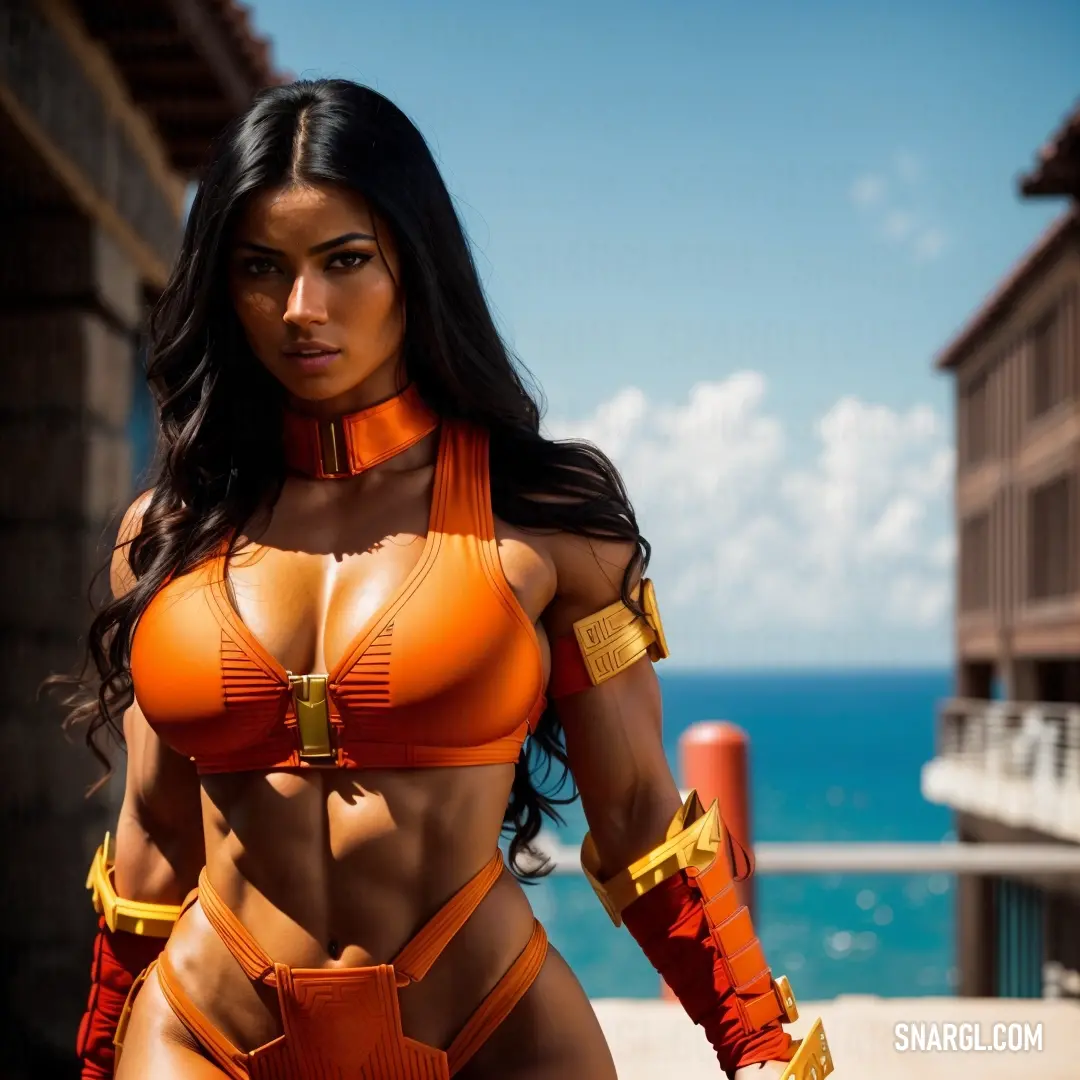
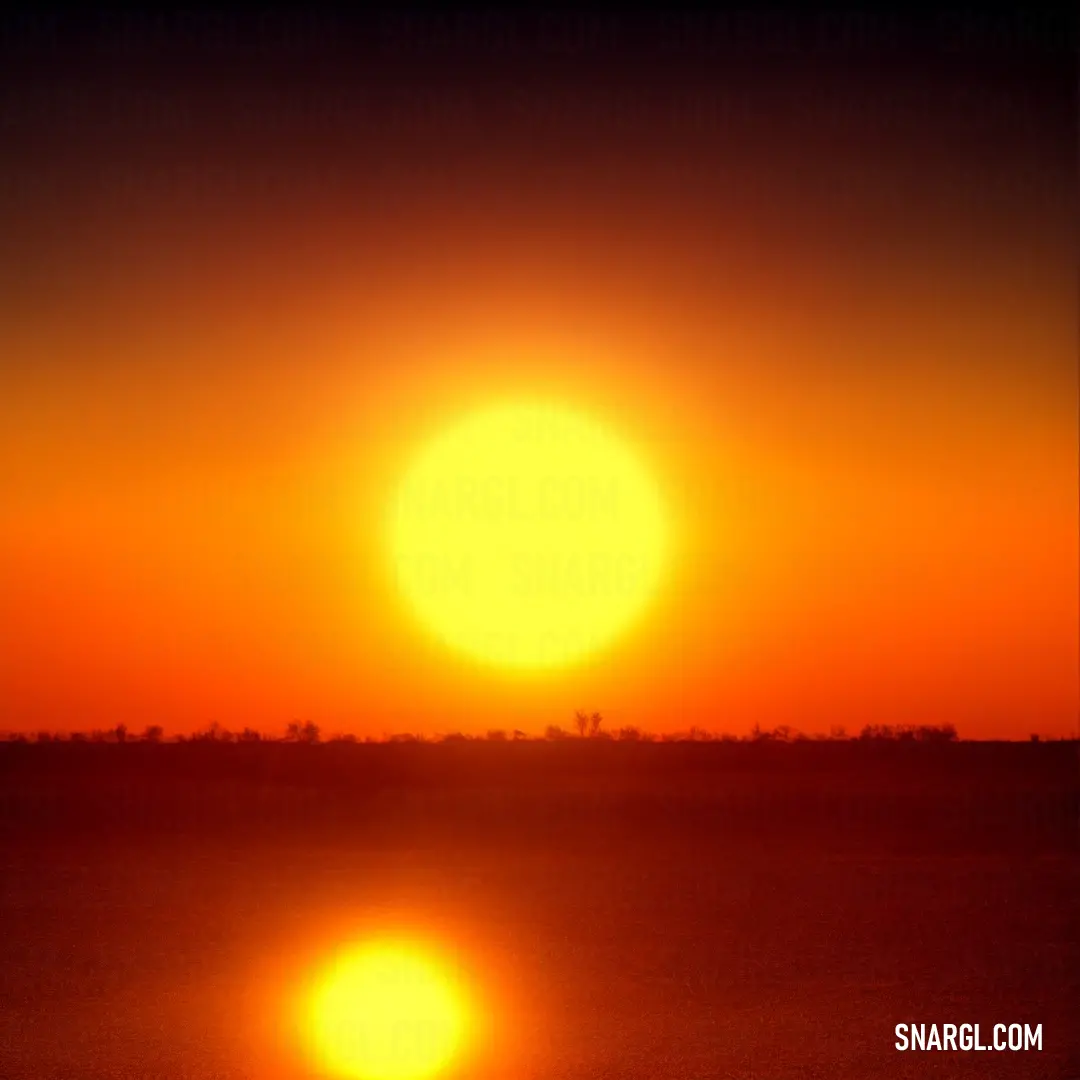
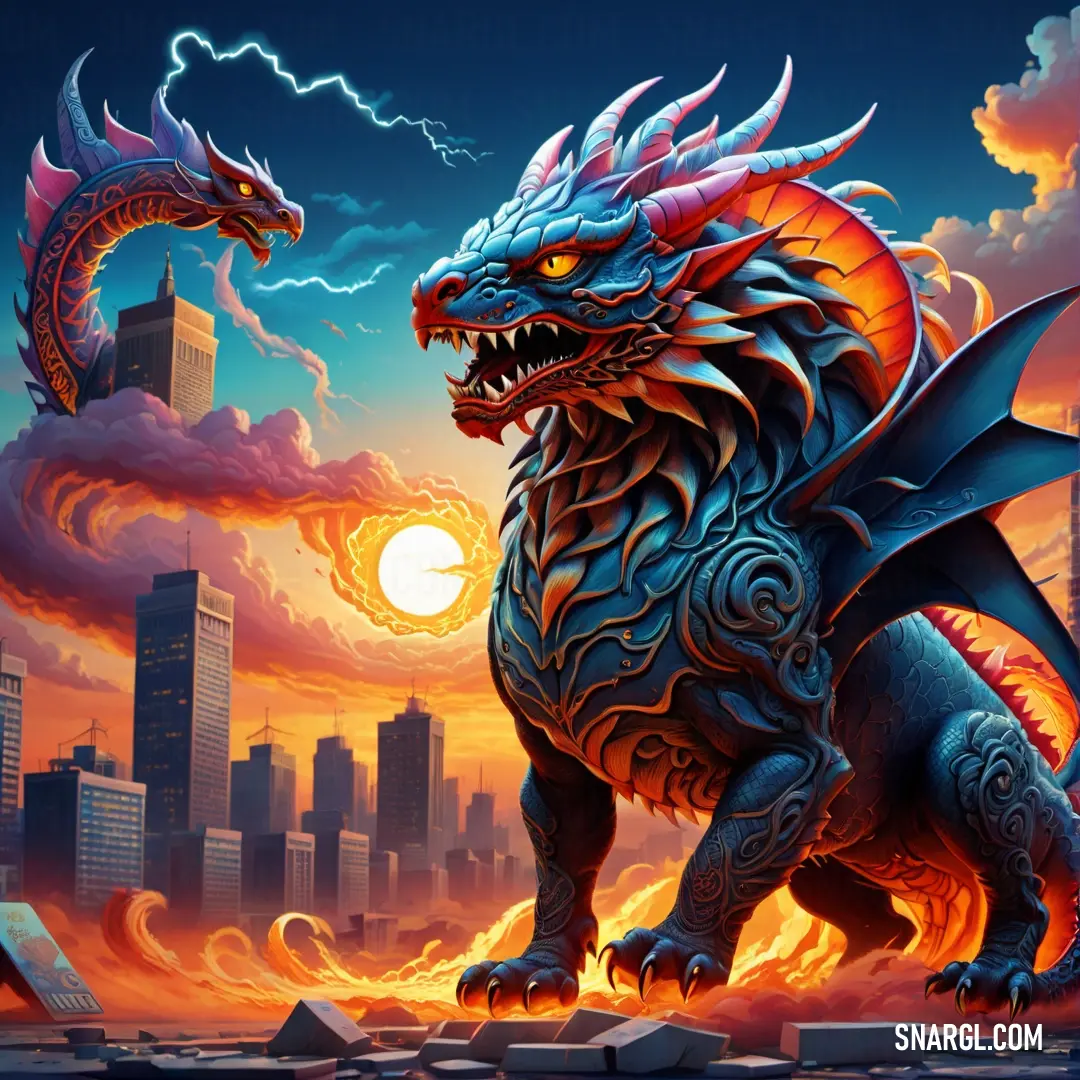
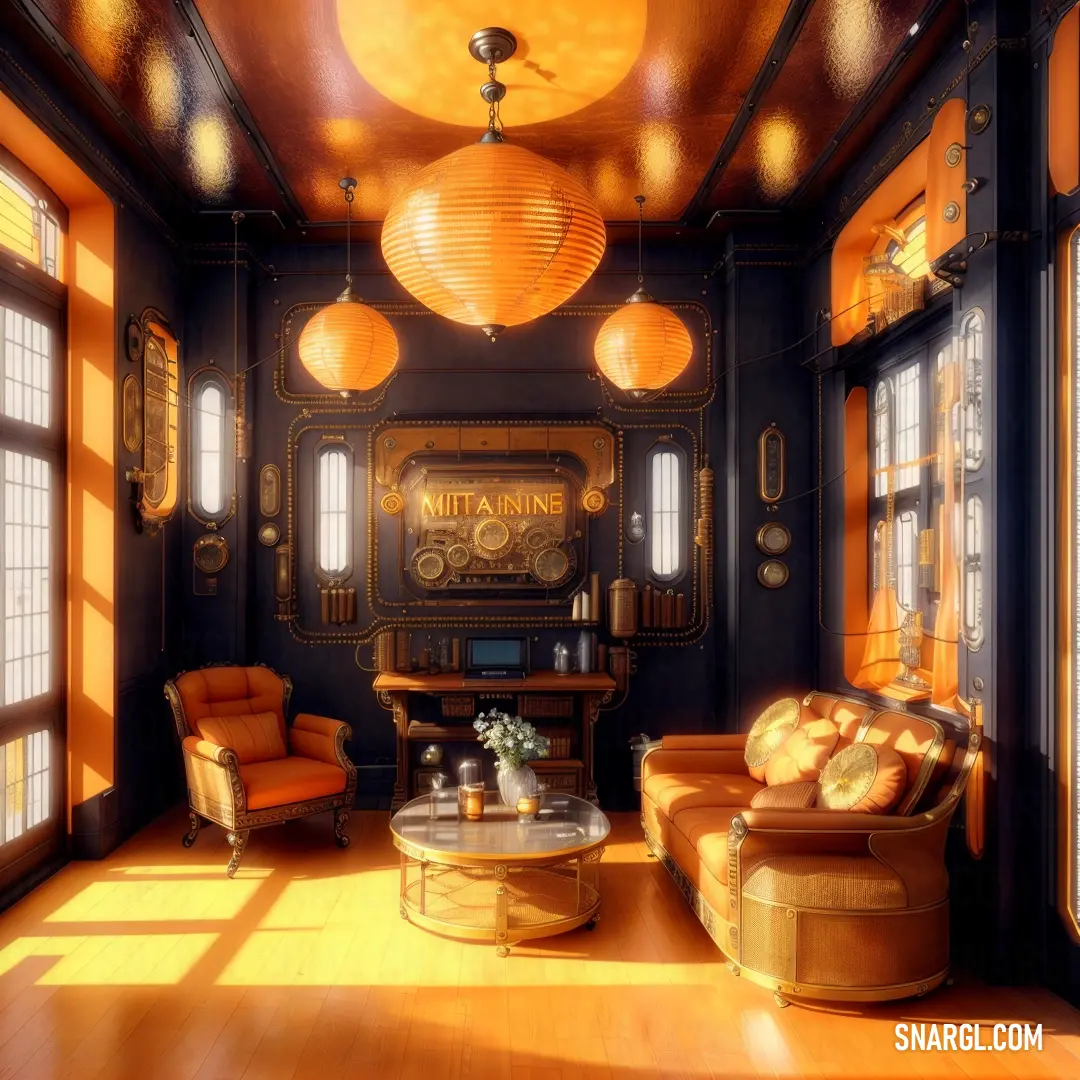
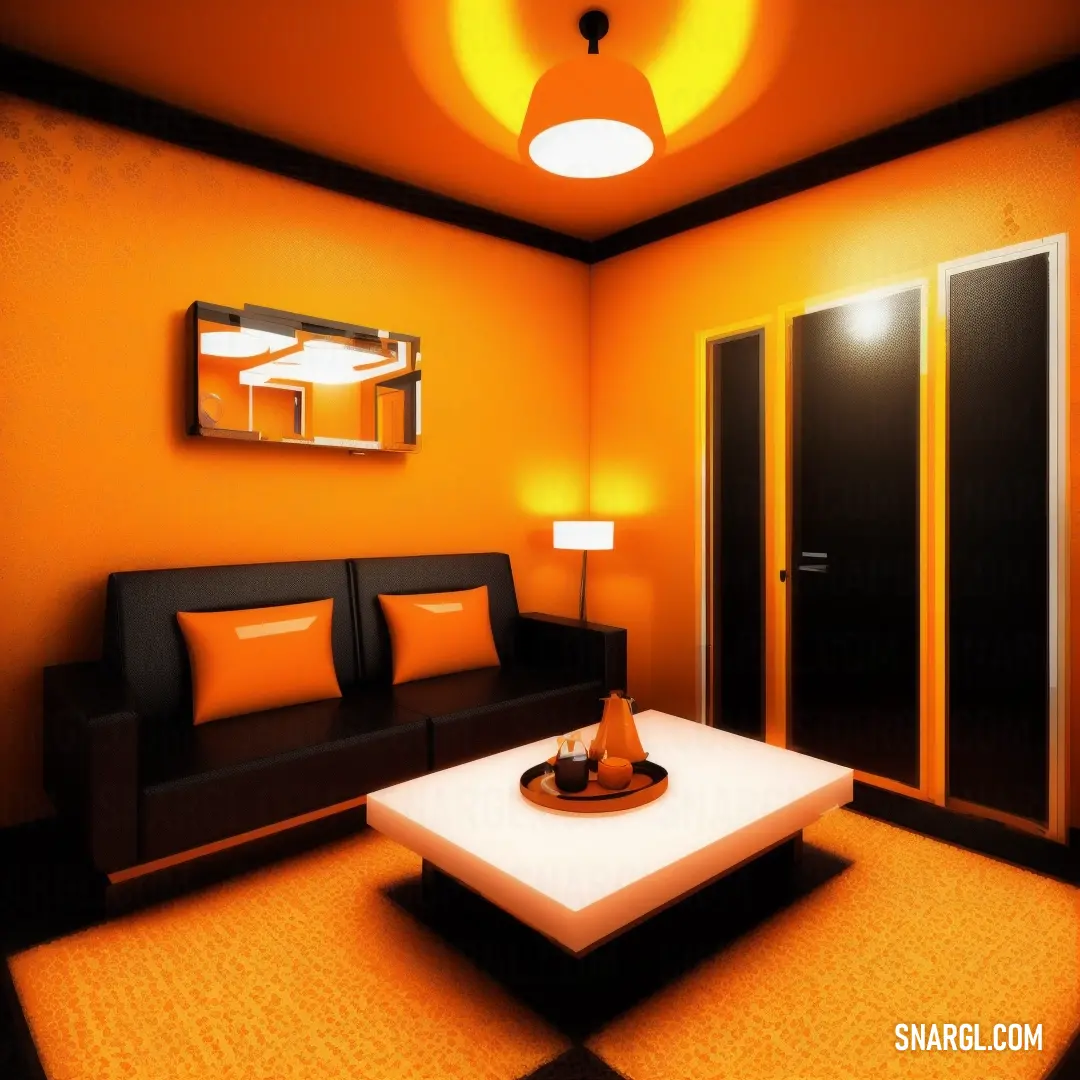
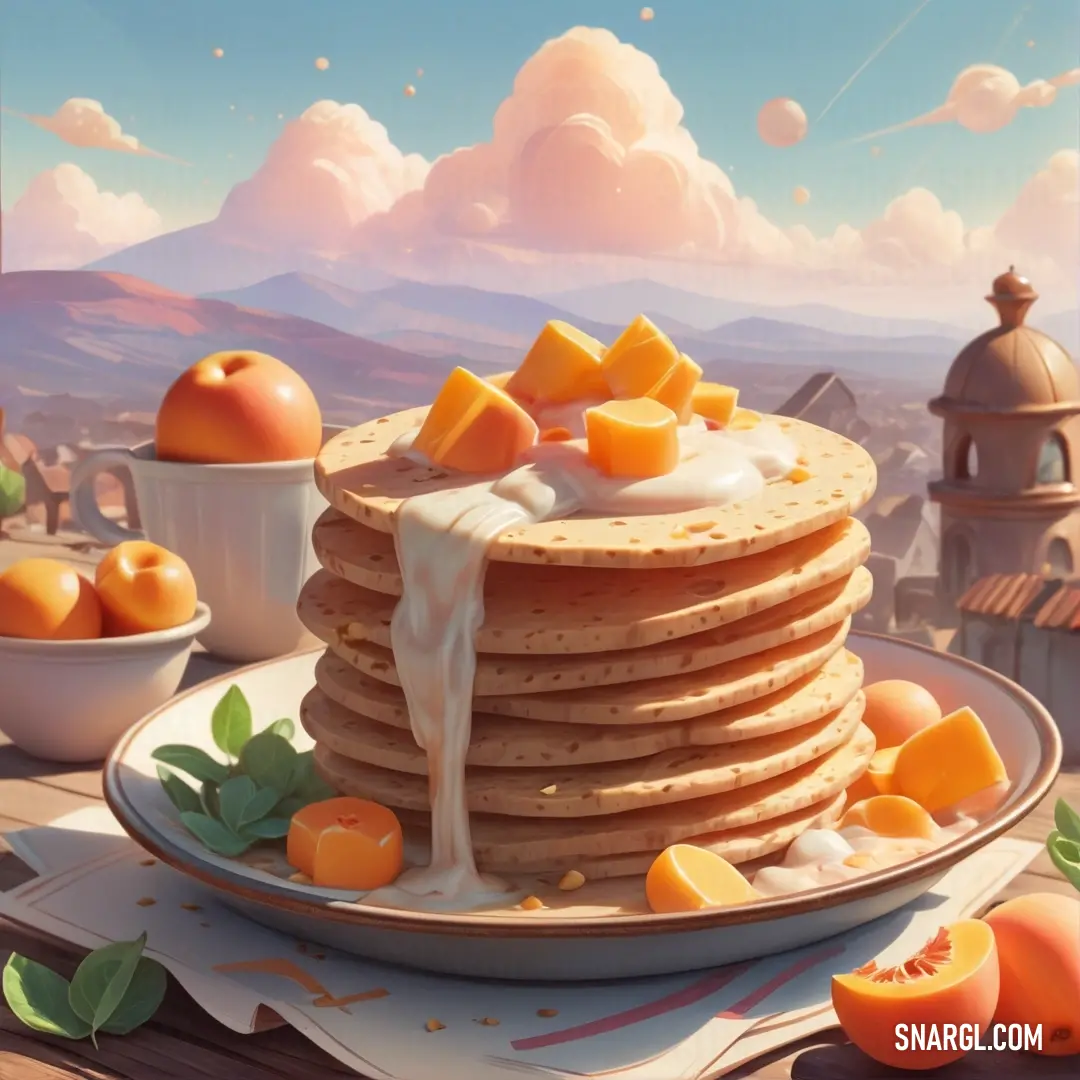
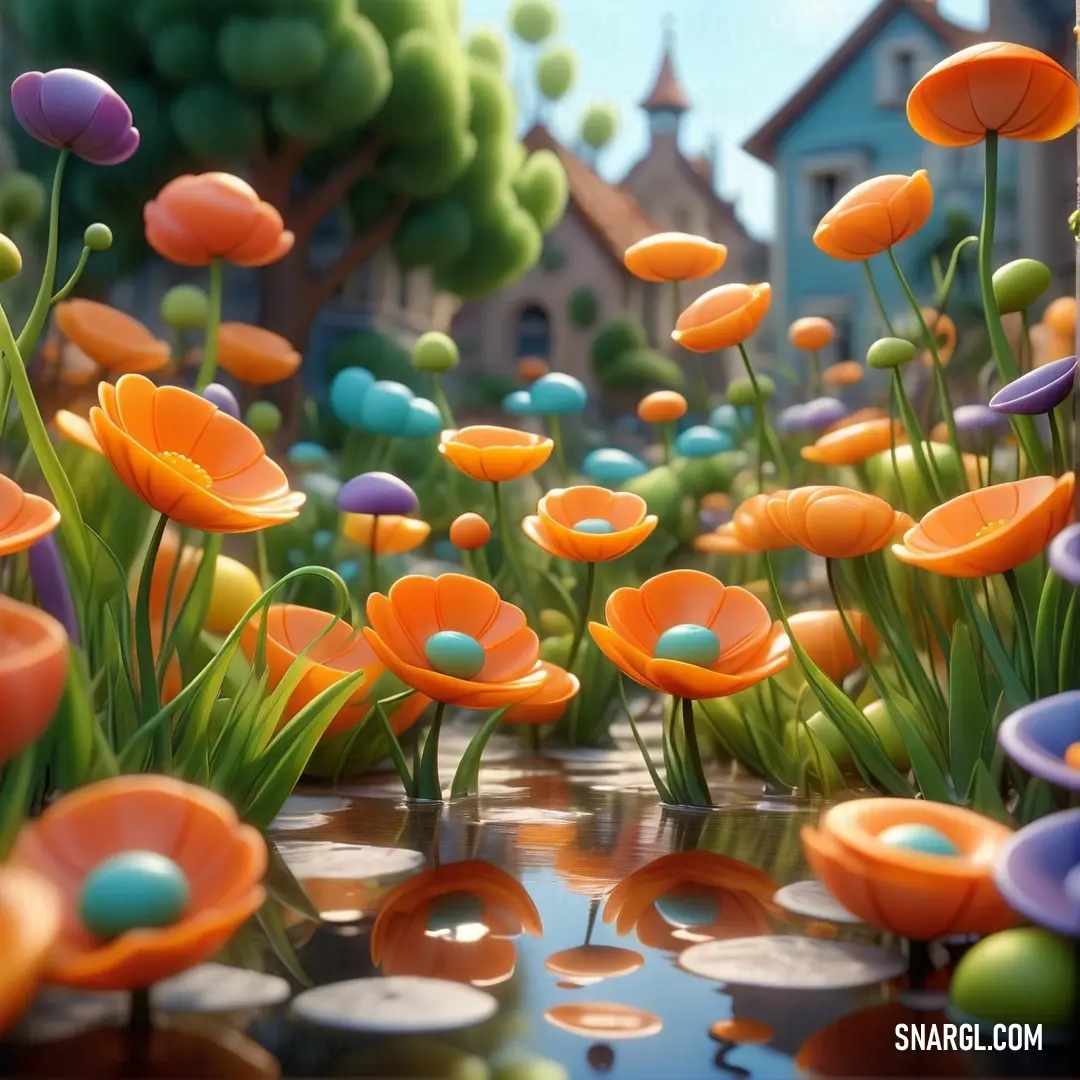
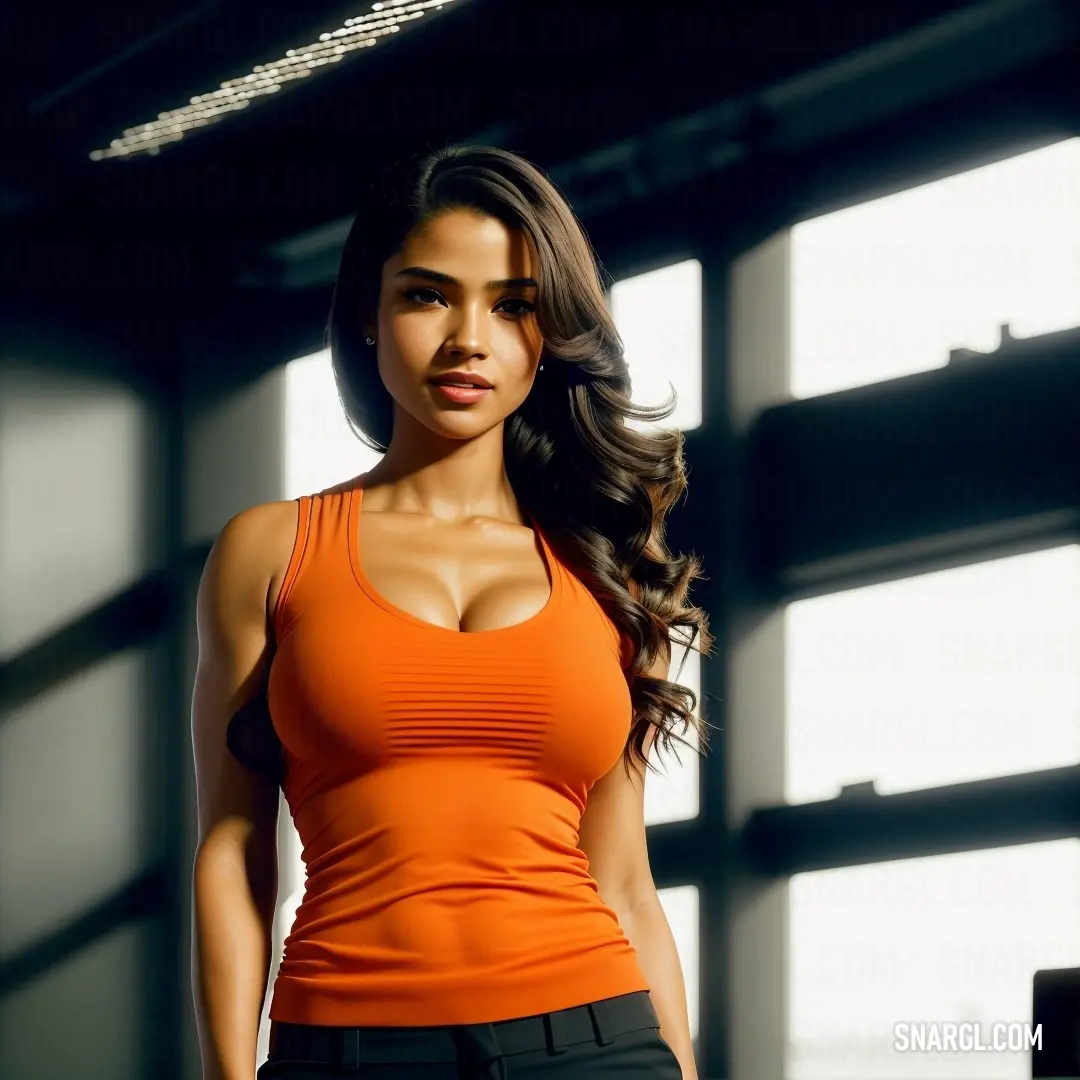
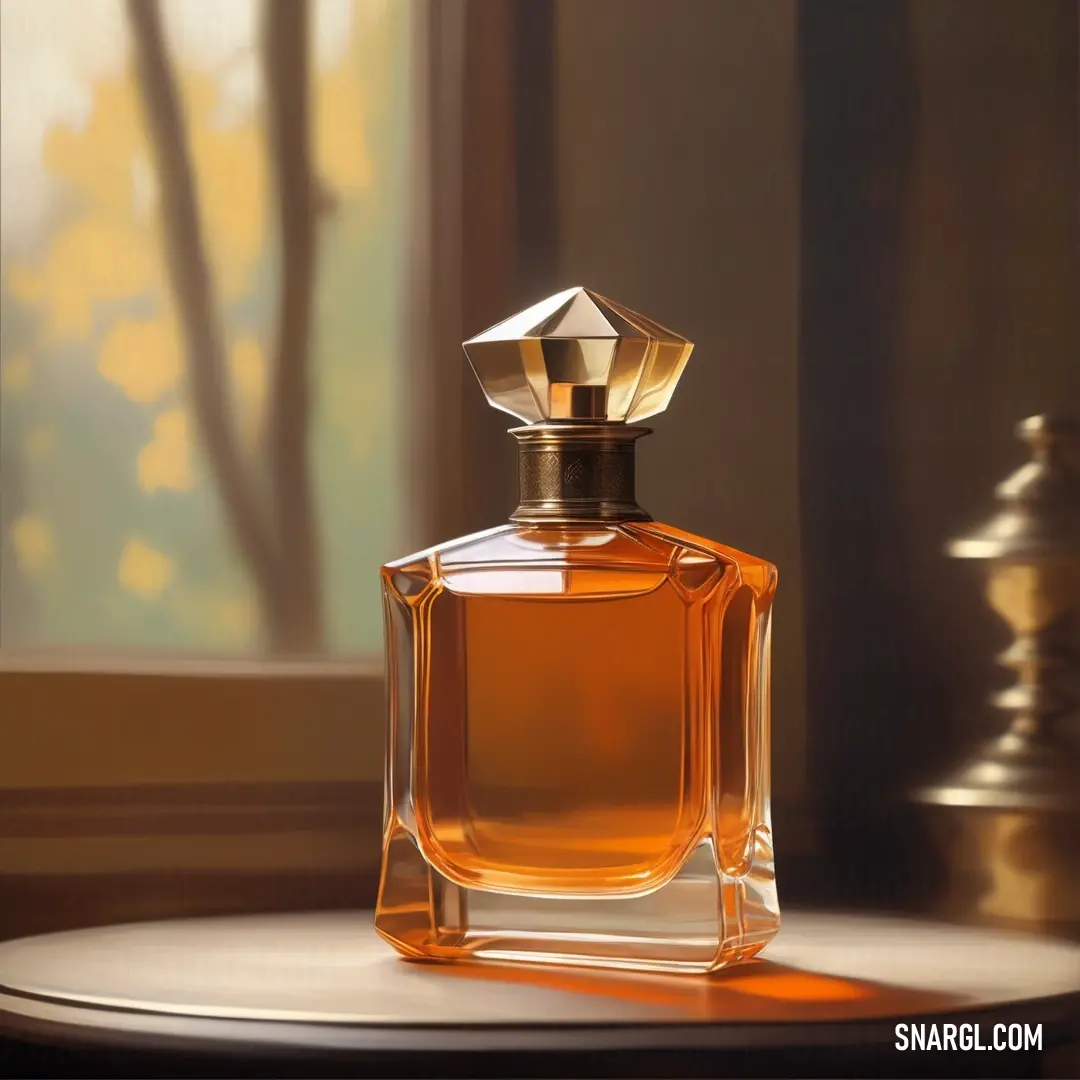
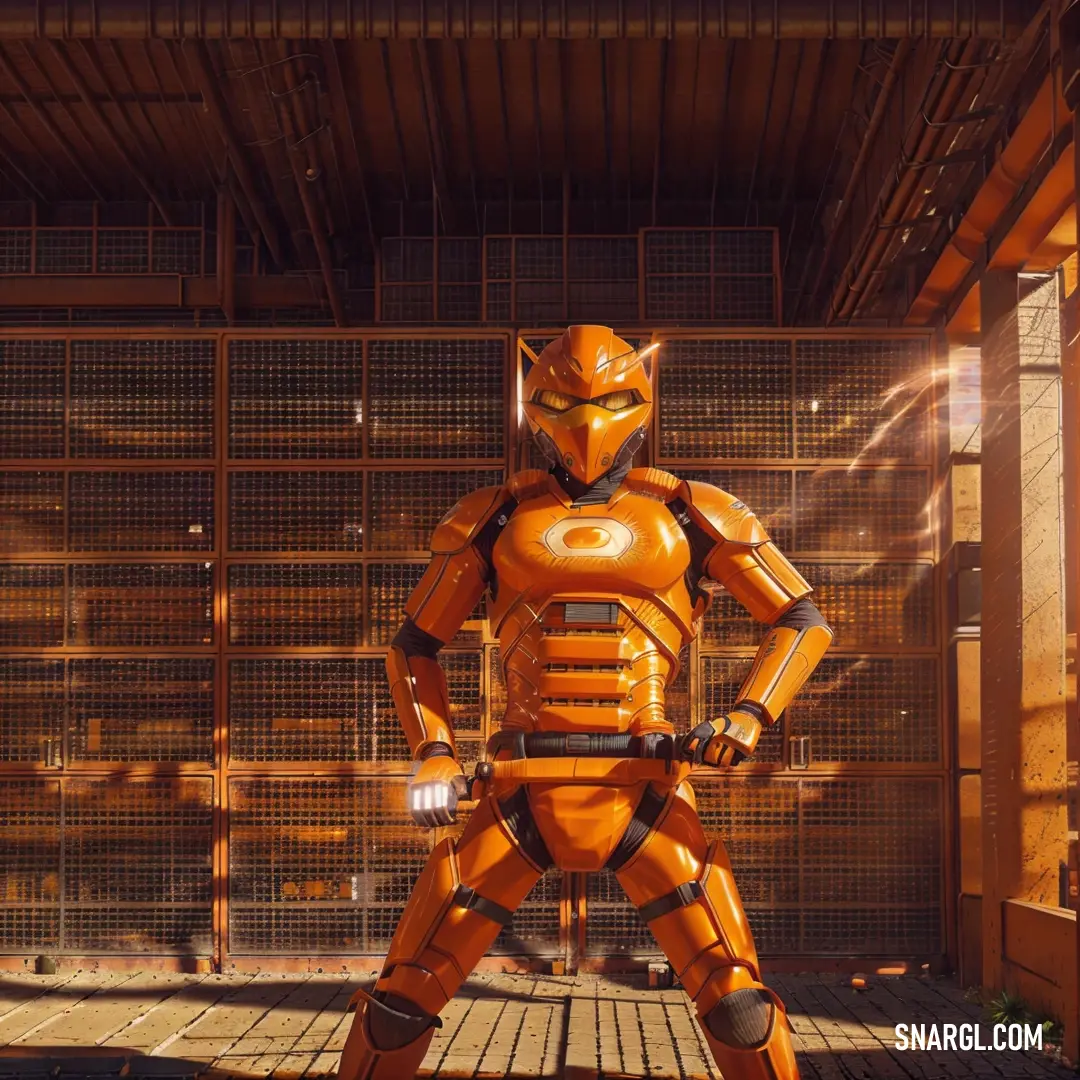
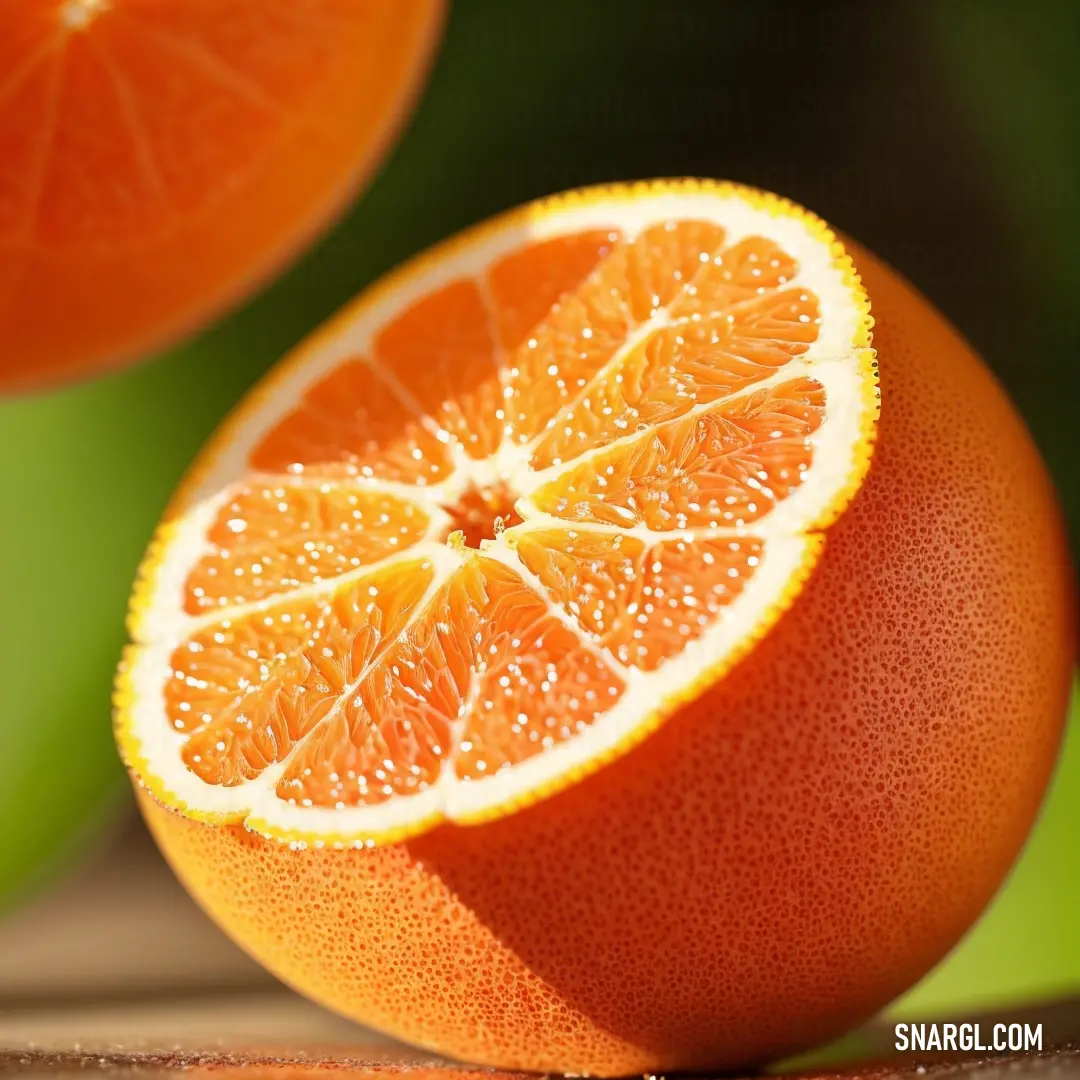
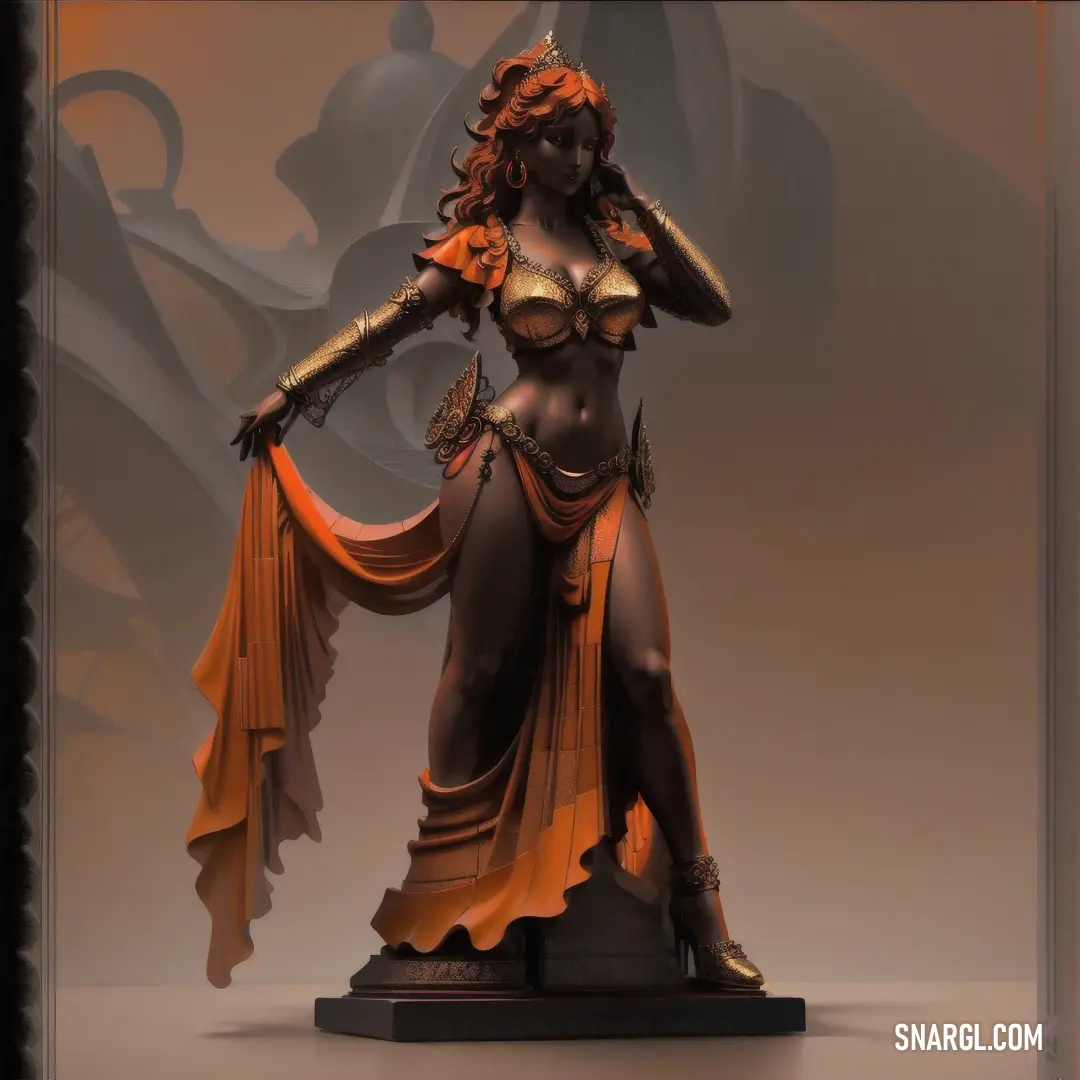

It is a vivid and saturated color that can be used to create contrast or draw attention to certain elements.
Dark orange can also evoke feelings of warmth, energy, excitement, or creativity.
The hexadecimal code for dark orange is #FF8C00, which means it is composed of 100% red, 54.9% green, and 0% blue in the RGB color model.
In the CMYK color model, which is used for printing, dark orange is composed of 0% cyan, 45% magenta, 100% yellow, and 0% black.
The hue angle of dark orange is 32.9 degrees, which means it is located between red and yellow on the color wheel.
The saturation of dark orange is 100%, which means it is a pure color with no gray added.
The lightness of dark orange is 50%, which means it is neither too bright nor too dark.
Dark orange can be paired with different colors to create various color schemes.
Example of the palette with the Dark orange color
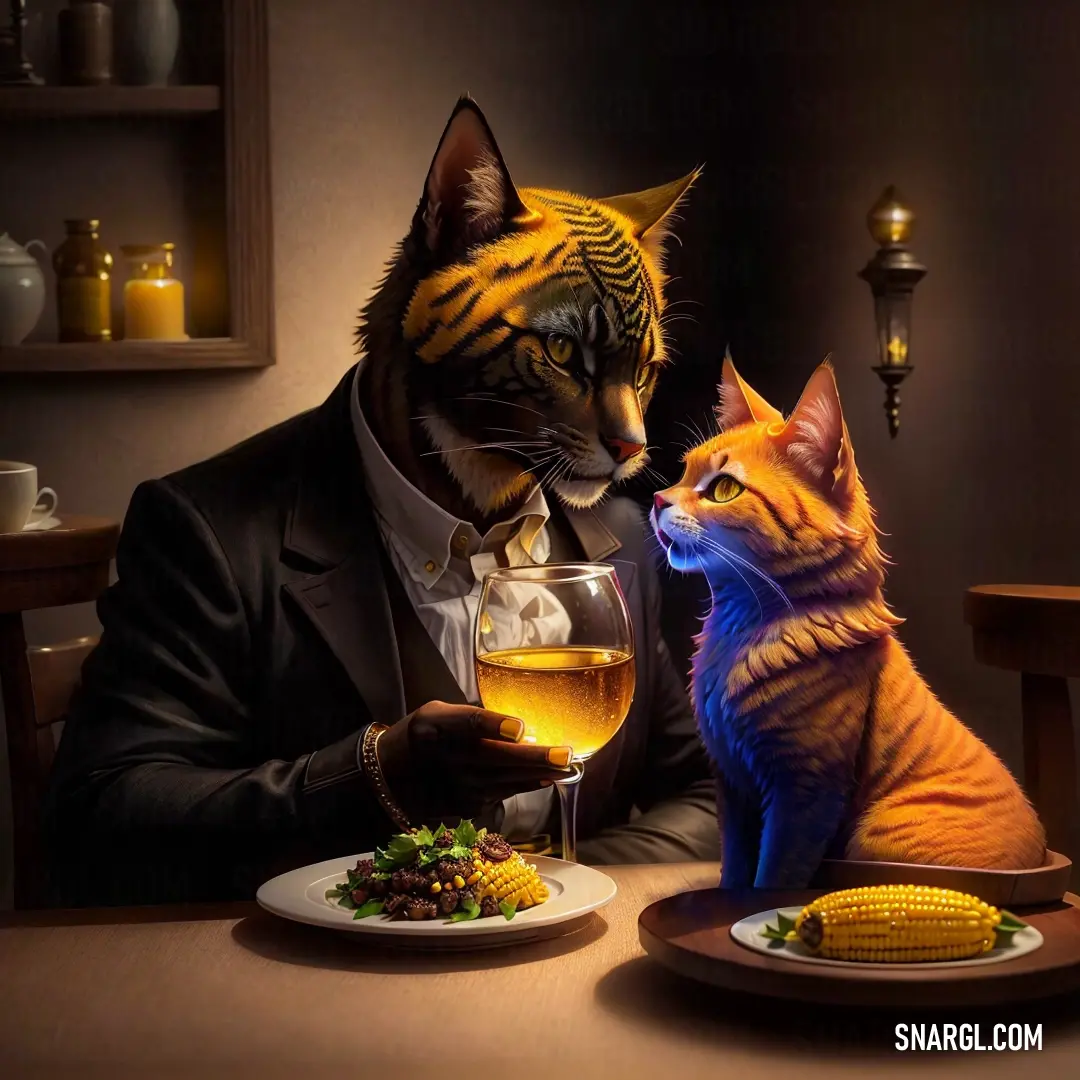
See these colors in NCS, PANTONE, RAL palettes...
Example of the palette with the Dark orange color
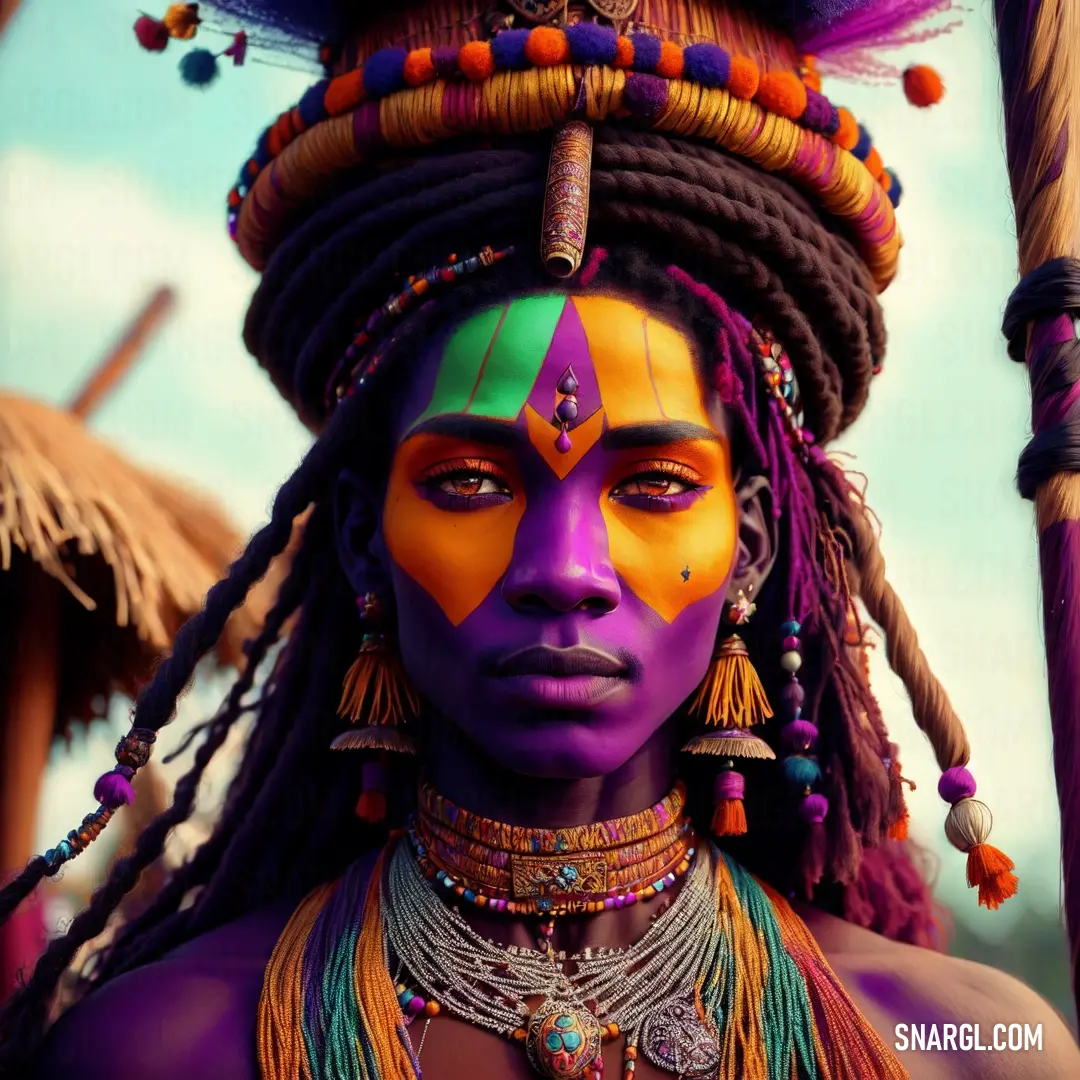
See these colors in NCS, PANTONE, RAL palettes...
What are the examples of Dark orange color in everyday life?
Example of the palette with the Dark orange color
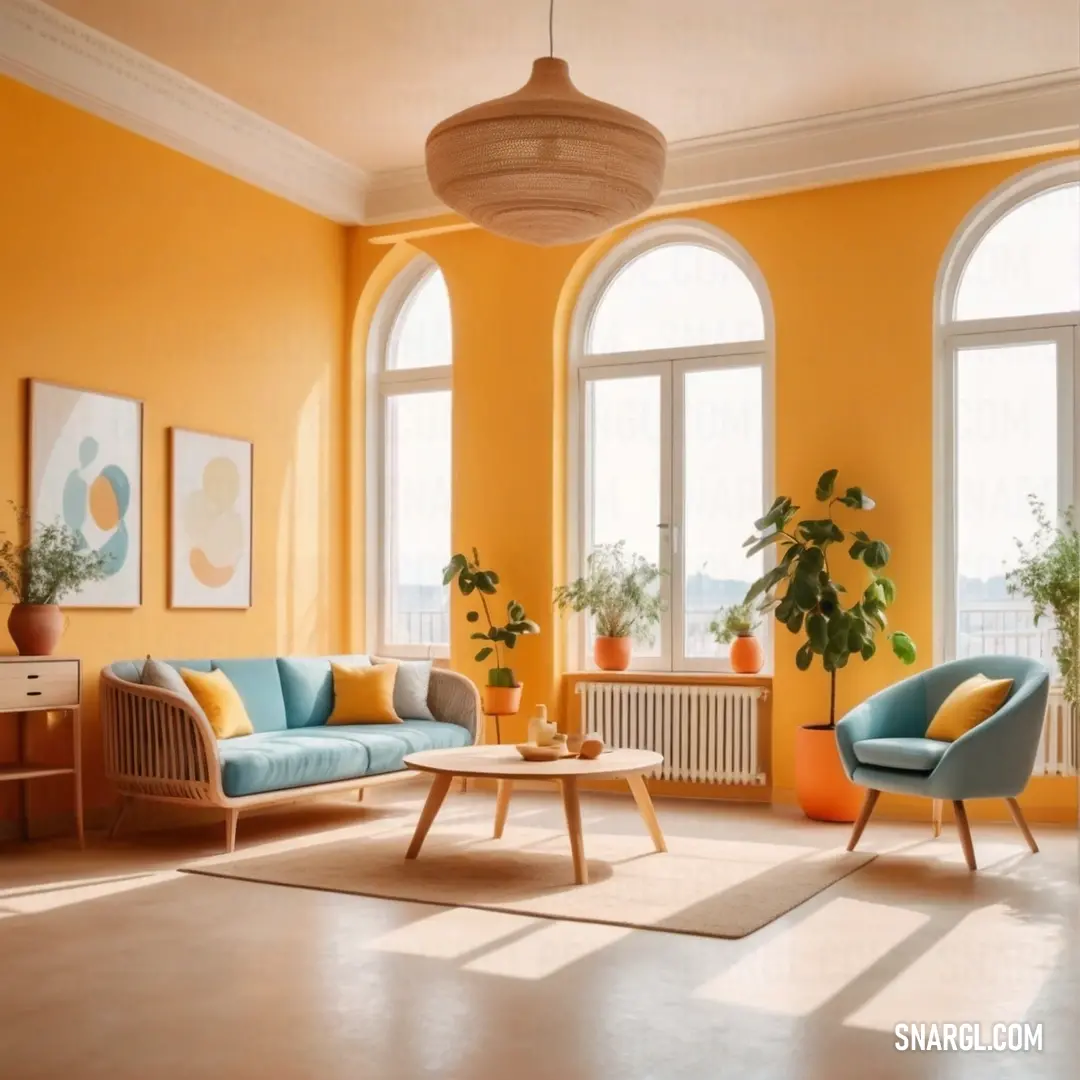
See these colors in NCS, PANTONE, RAL palettes...
Example of the palette with the Dark orange color
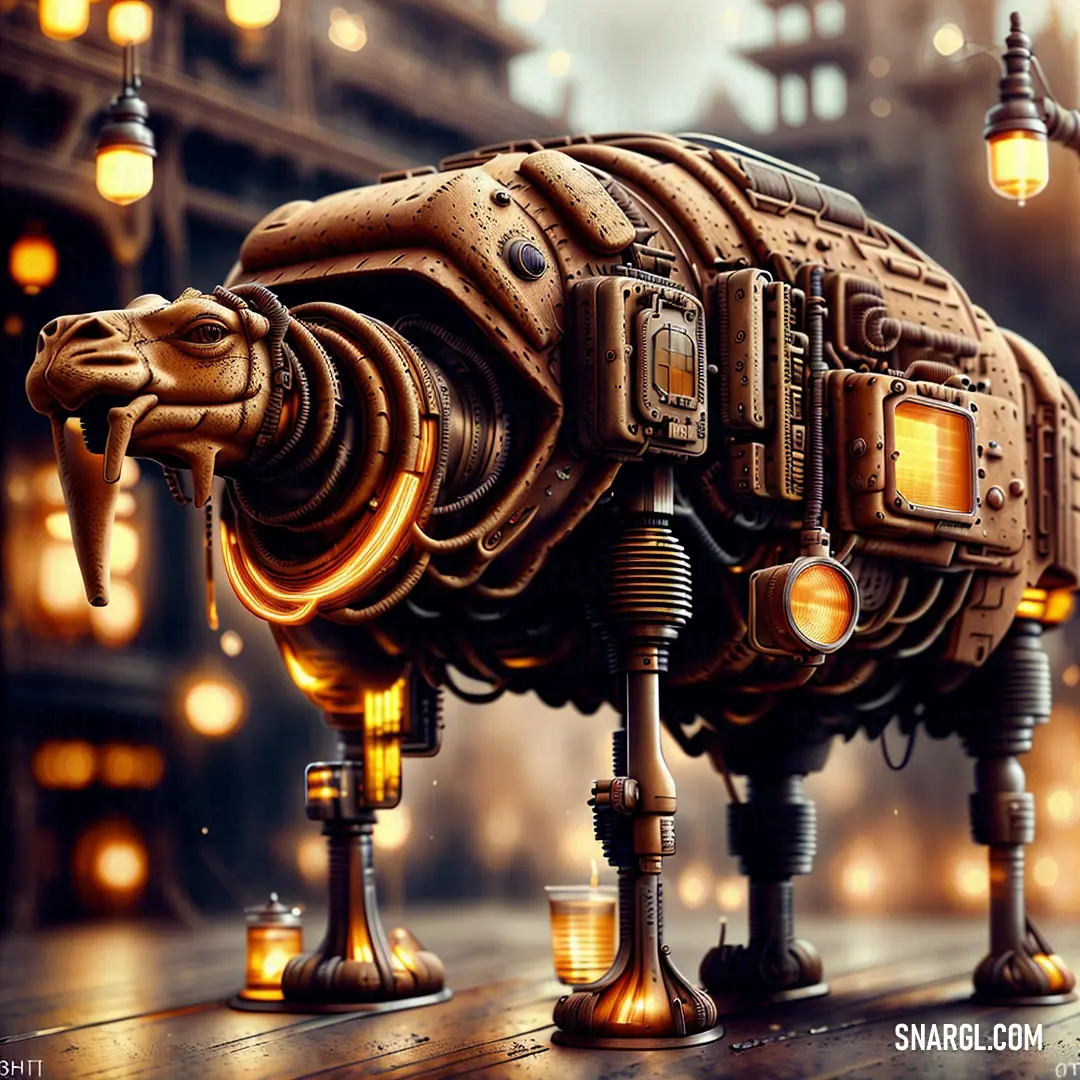
See these colors in NCS, PANTONE, RAL palettes...
What looks best in Dark orange?
Dark orange can also be used to add contrast and excitement to a neutral or cool color scheme.
There are many colors that go well with dark orange, depending on the mood and style you want to achieve.
Here are some examples of color combinations that look best with dark orange:
Dark orange and navy blue: This is a classic complementary color scheme that creates a striking contrast between the warm and cool hues.
Navy blue can balance the brightness of dark orange and make it stand out more.
You can use navy blue as the main color for the walls or furniture, and add dark orange accents with pillows, rugs, curtains, or artwork.
This combination can work well for a modern, nautical, or eclectic style.Dark orange and olive green: This is a natural and earthy color scheme that can evoke a sense of warmth and comfort.
Olive green is a muted shade of green that can harmonize with dark orange and create a cozy and relaxing environment.
You can use olive green as the main color for the walls or furniture, and add dark orange accents with pillows, rugs, curtains, or artwork.
This combination can work well for a rustic, farmhouse, or bohemian style.Dark orange and light gray: This is a neutral and sophisticated color scheme that can add some brightness and energy to a dull space.
Light gray is a versatile and elegant color that can complement dark orange and create a chic and modern look.
You can use light gray as the main color for the walls or furniture, and add dark orange accents with pillows, rugs, curtains, or artwork.
This combination can work well for a minimalist, contemporary, or Scandinavian style.Dark orange and purple: This is a bold and creative color scheme that can add some drama and flair to a boring space.
Purple is a rich and royal color that can contrast with dark orange and create a vibrant and dynamic look.
You can use purple as the main color for the walls or furniture, and add dark orange accents with pillows, rugs, curtains, or artwork.
This combination can work well for a glam, exotic, or artistic style.Dark orange and turquoise: This is a fun and cheerful color scheme that can add some freshness and liveliness to a stale space.
Turquoise is a bright and refreshing color that can contrast with dark orange and create a lively and playful look.
You can use turquoise as the main color for the walls or furniture, and add dark orange accents with pillows, rugs, curtains, or artwork.
This combination can work well for a tropical, beach, or retro style.
You can experiment with different shades, tones, and tints of these colors, or mix and match them with other colors to create your own unique color scheme.
The most important thing is to choose colors that reflect your personality and taste, and that make you happy and comfortable in your space.
Example of the palette with the Dark orange color
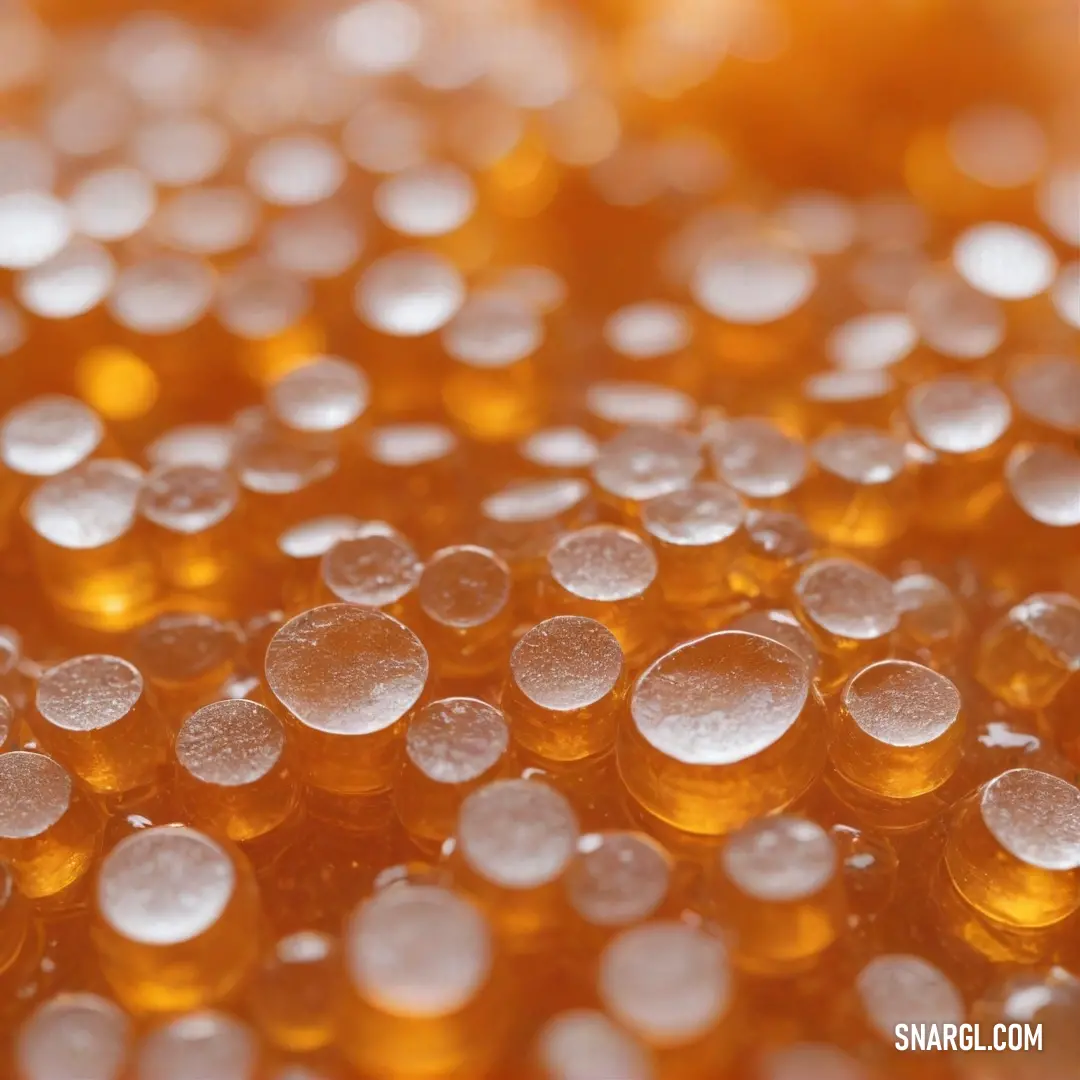
See these colors in NCS, PANTONE, RAL palettes...
Example of the palette with the Dark orange color
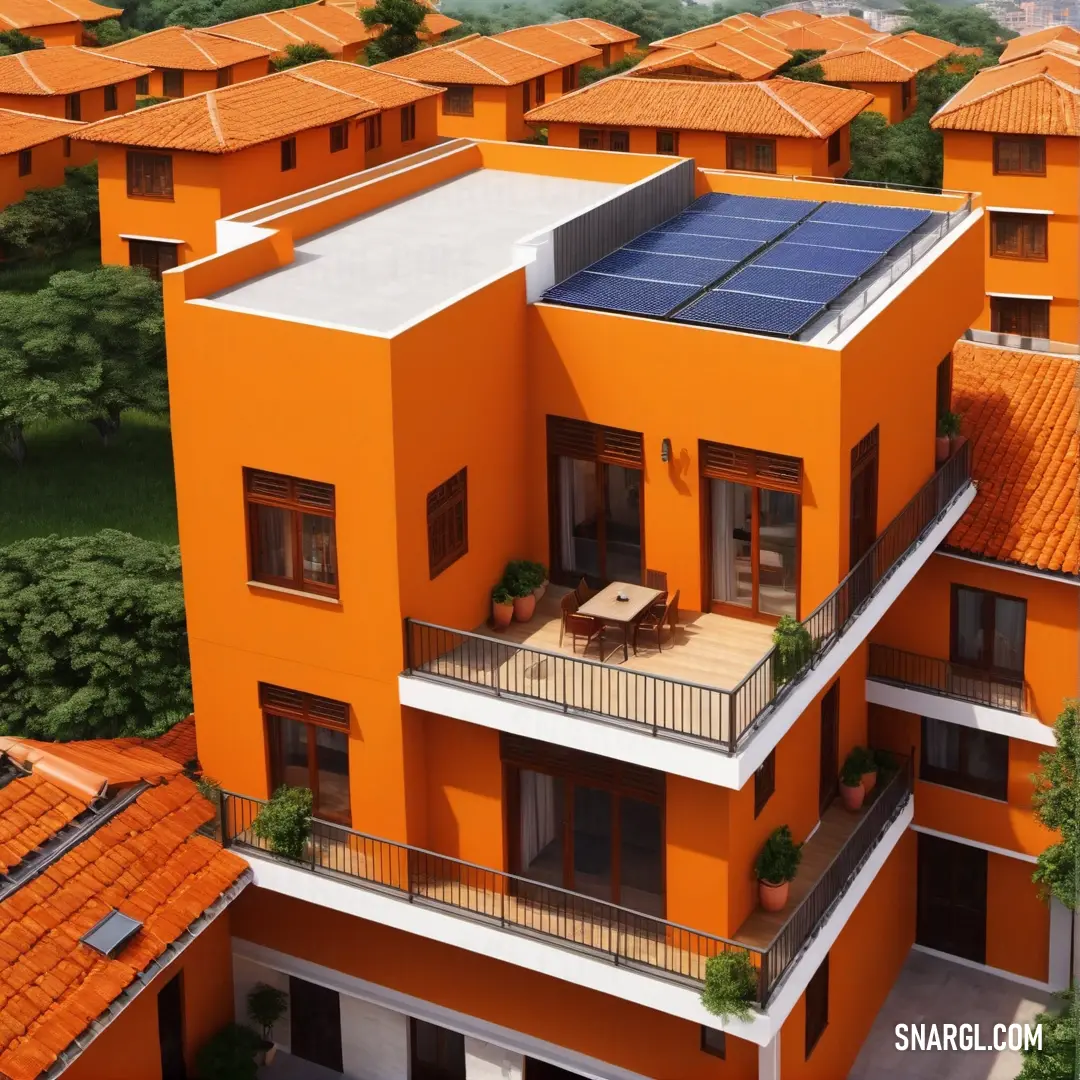
See these colors in NCS, PANTONE, RAL palettes...
What strange or uncommon things can be of the Dark orange color?
Example of the palette with the Dark orange color
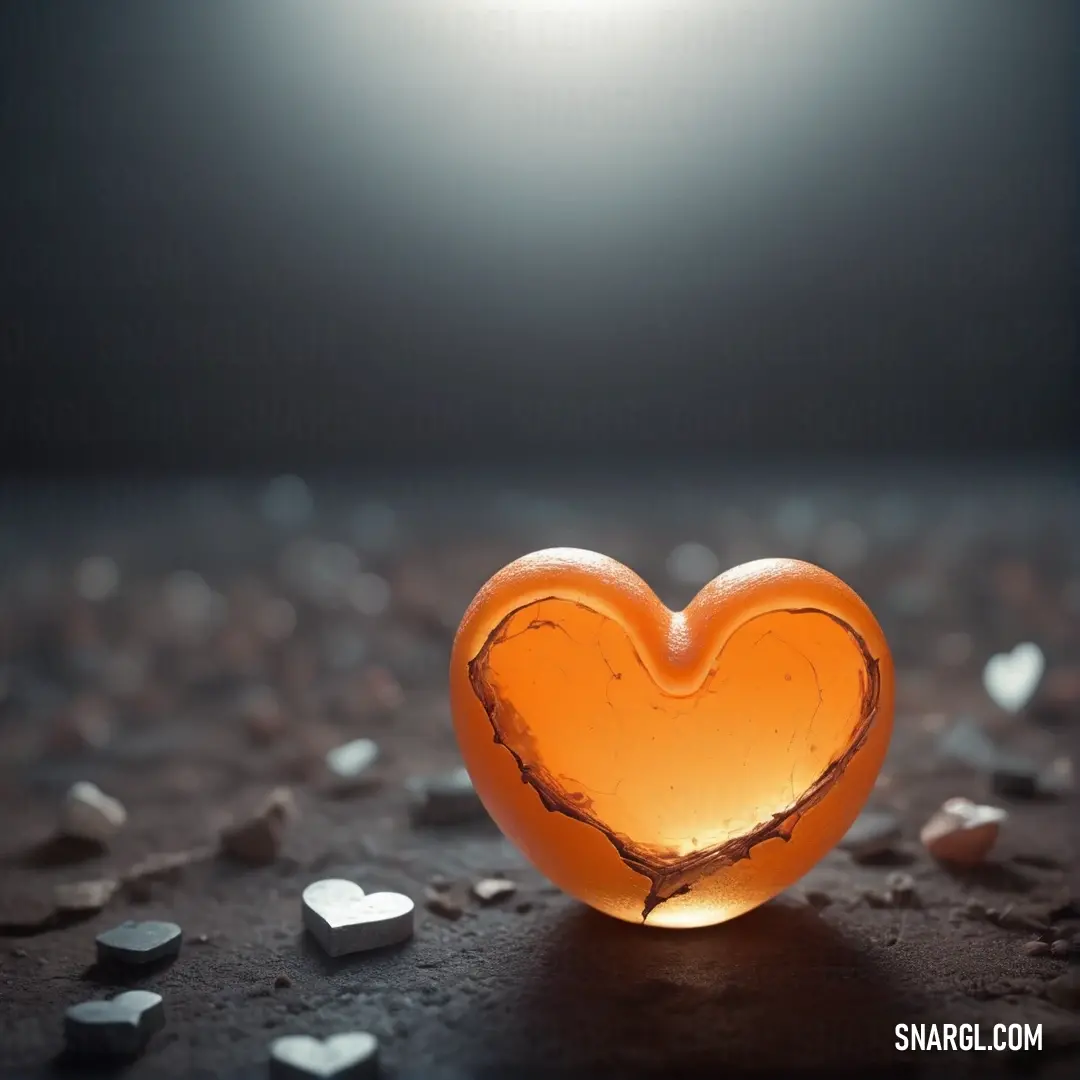
See these colors in NCS, PANTONE, RAL palettes...
Example of the palette with the Dark orange color
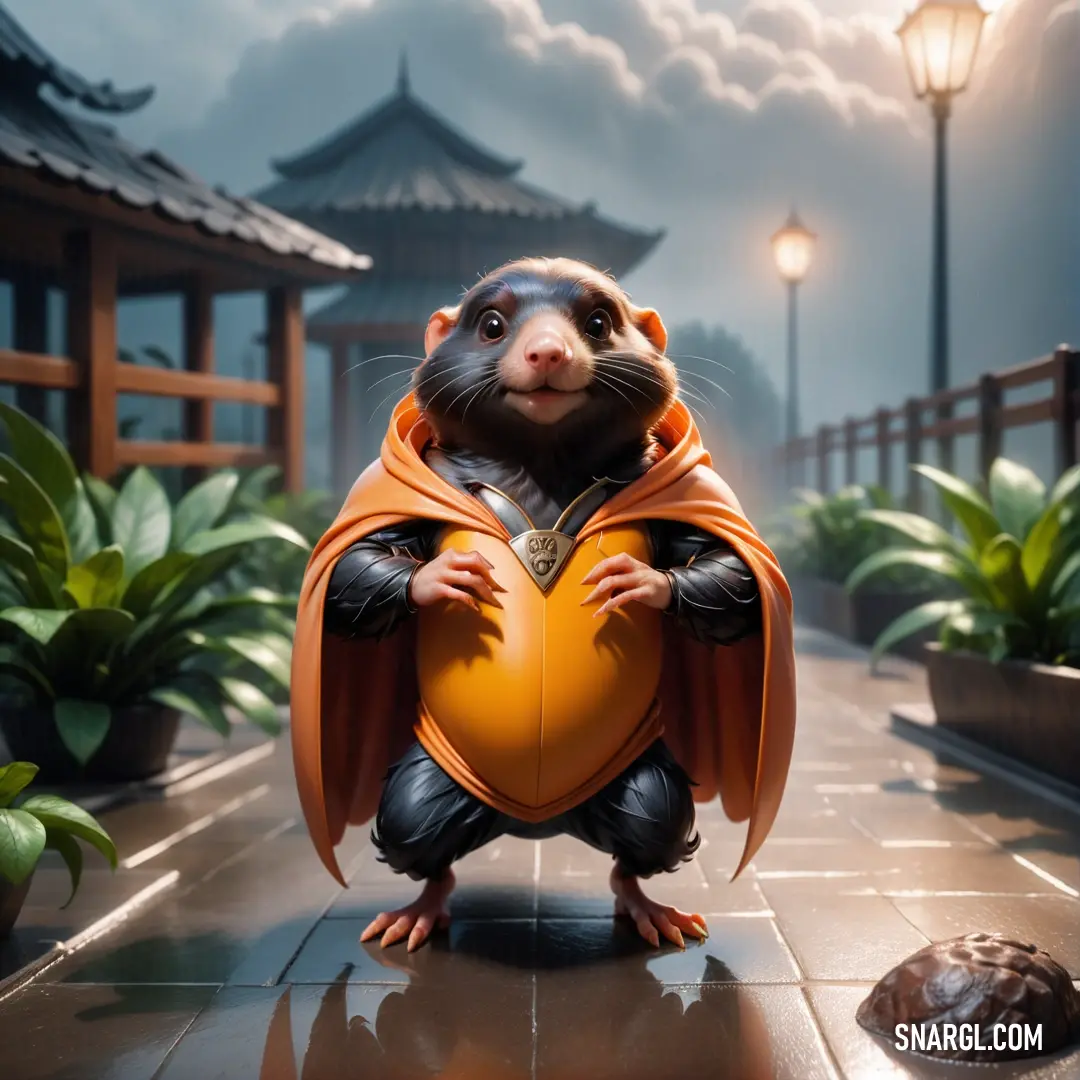
See these colors in NCS, PANTONE, RAL palettes...
What color is deep orange?
Example of the palette with the Dark orange color
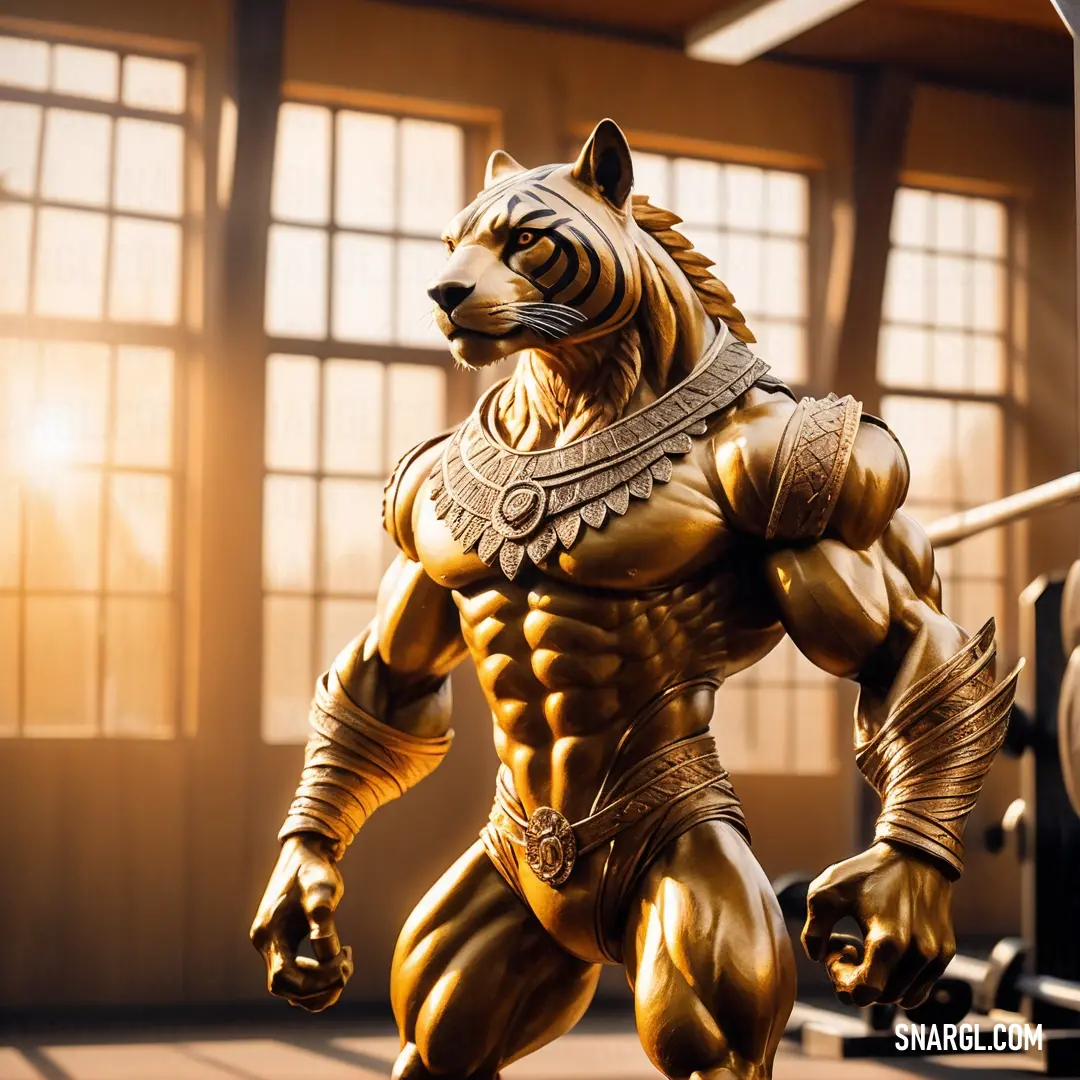
See these colors in NCS, PANTONE, RAL palettes...
Example of the palette with the Dark orange color
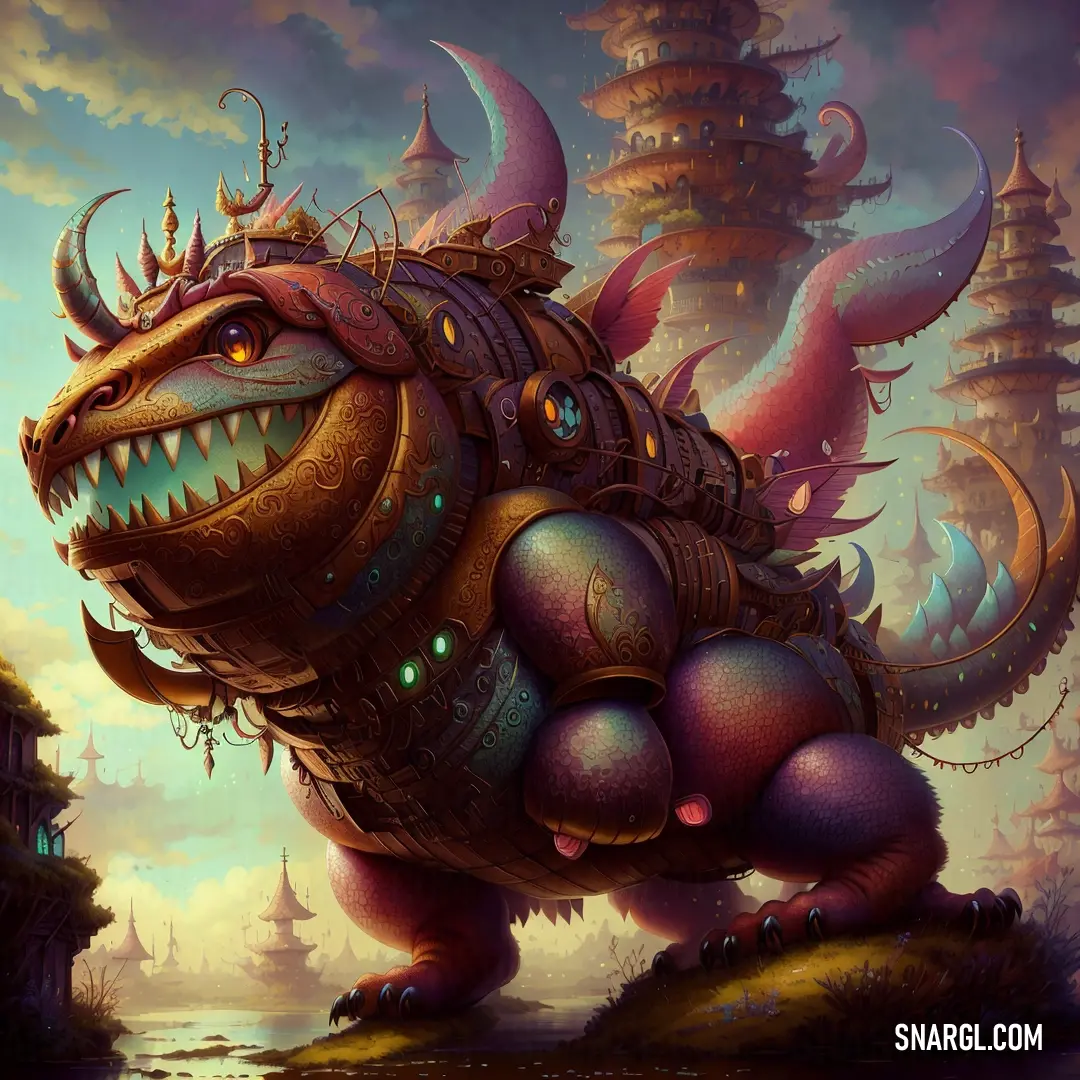
See these colors in NCS, PANTONE, RAL palettes...
The Tale of Dark Orange: Duncan and Mustafa's Journey
One day, while tending to his crops, Duncan met a writer named Mustafa Flame. Mustafa was a traveler, always in search of new stories and inspirations. He had a keen eye for beauty and a heart full of wisdom. The two men quickly became friends, bonding over their shared appreciation for the simple yet profound beauty of nature.
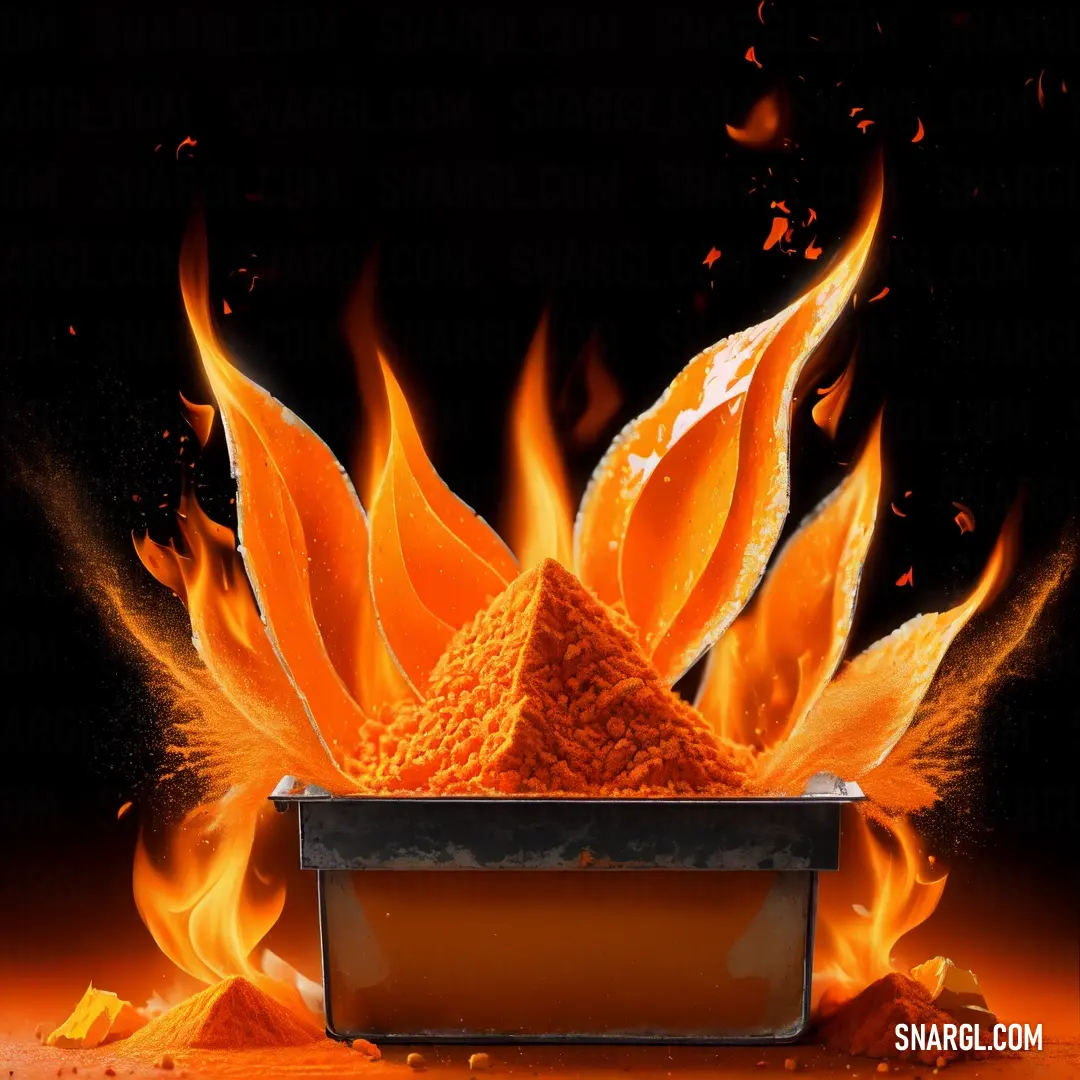
As they spent more time together, Duncan shared his fascination with the color dark orange. "There's something special about it," he said. "It's warm, inviting, and full of life. I believe it has the power to transform the way we see the world."
Mustafa, intrigued by Duncan's passion, decided to explore this idea further. He began to incorporate dark orange into his writings, describing it as a color that symbolized creativity, energy, and resilience. His stories resonated with people, and soon, the color dark orange started to gain popularity.
One evening, as the sun dipped below the horizon, casting a dark orange glow over the village, Duncan and Mustafa sat on the porch of Duncan's farmhouse. "What if we could bring this color into the world of industrial design?" Mustafa mused. "Imagine the impact it could have on people's lives."
Duncan's eyes lit up with excitement. "Let's do it," he said. "Let's show the world the beauty of dark orange."
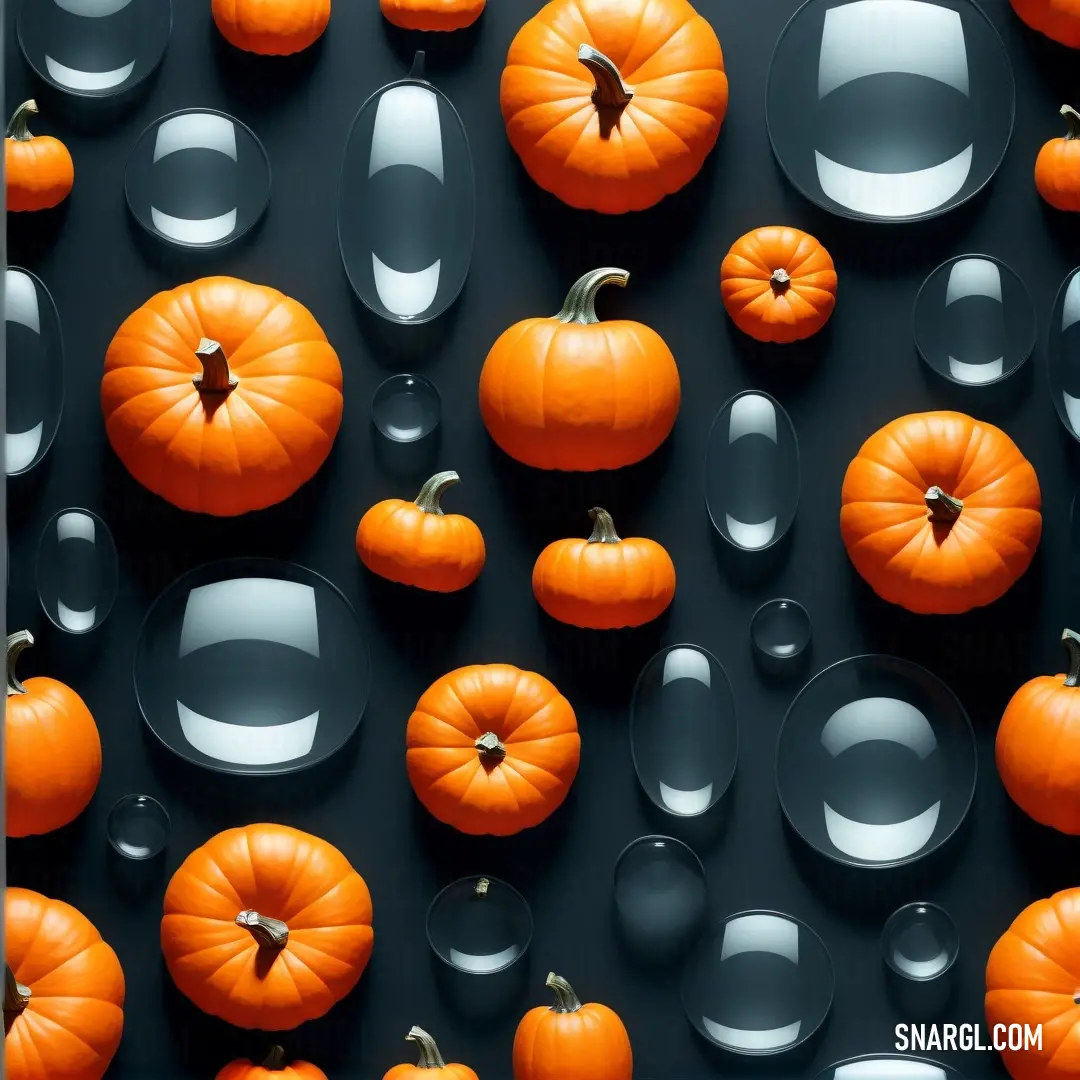
Together, they embarked on a journey to promote the use of dark orange in industrial design. They traveled to cities and towns, speaking to designers, architects, and artists about the power of this vibrant color. They shared stories of how dark orange could evoke warmth and comfort in homes, inspire creativity in workplaces, and bring a sense of vitality to public spaces.
Their efforts began to bear fruit. Designers started to experiment with dark orange, incorporating it into their projects. Buildings were adorned with dark orange accents, furniture was crafted in rich shades of the color, and even everyday objects like kitchen appliances and gadgets began to sport the warm hue.
The transformation was remarkable. People found that the presence of dark orange in their surroundings brought a sense of joy and energy to their lives. It became a symbol of innovation and creativity, a reminder of the beauty that could be found in the simplest things.

Years passed, and the village where Duncan and Mustafa first met became a hub of creativity and design. The fields of golden wheat and emerald vegetables were now complemented by the vibrant dark orange of pumpkins and autumn leaves. The village was a living testament to the power of a single color to inspire change and bring people together.
Duncan and Mustafa continued to share their story, reminding everyone that sometimes, the most profound transformations start with a simple idea and a shared passion. And so, the tale of dark orange, the farmer, and the writer became a legend, a story passed down through generations, inspiring countless others to see the world through a different lens.
And thus, the ascension of dark orange in industrial design was not just a trend, but a movement that celebrated the beauty of life, the power of creativity, and the wisdom of two friends who dared to dream.
Dark orange, Illustrations
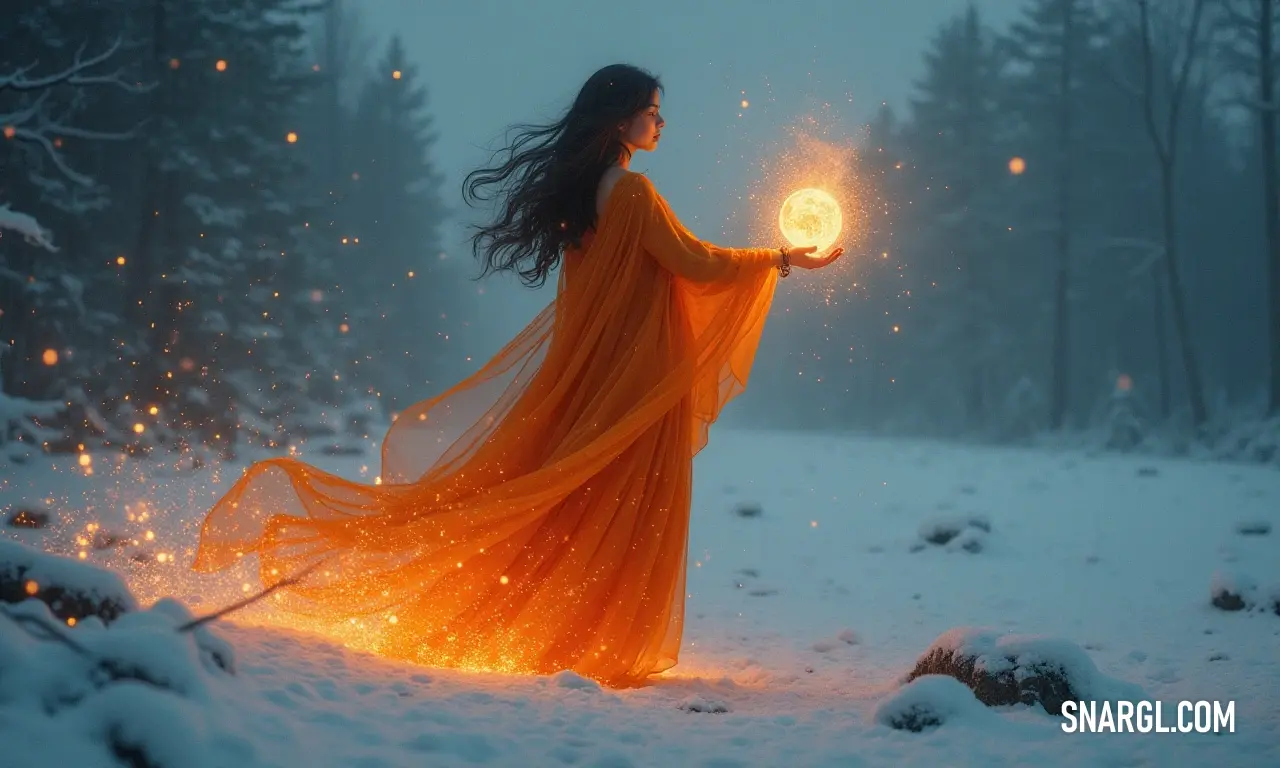
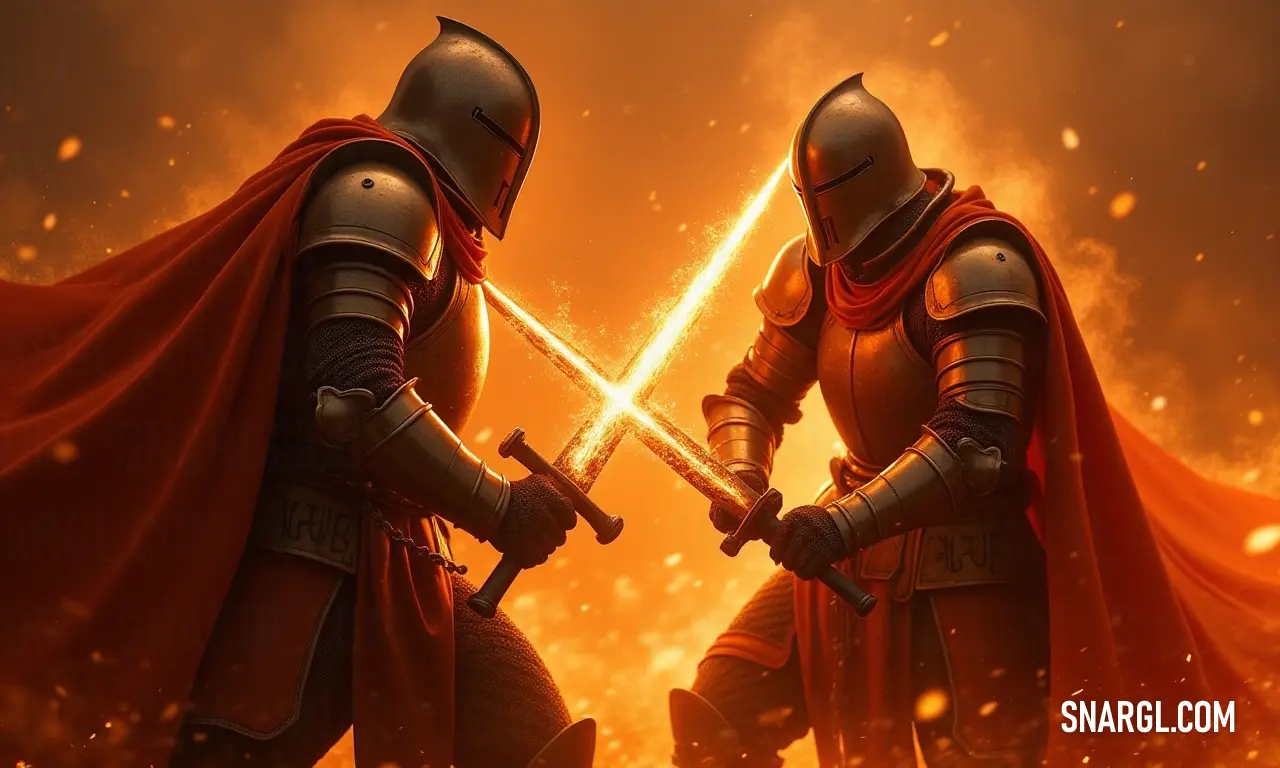
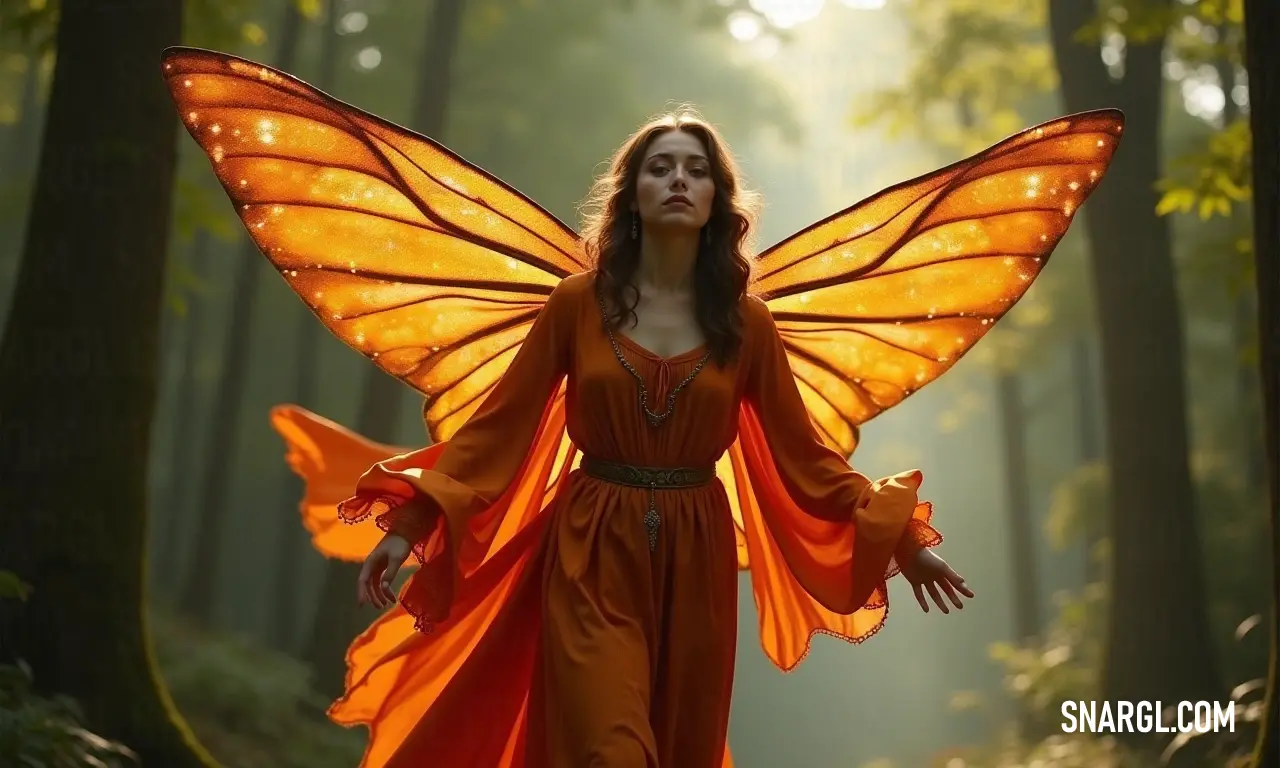
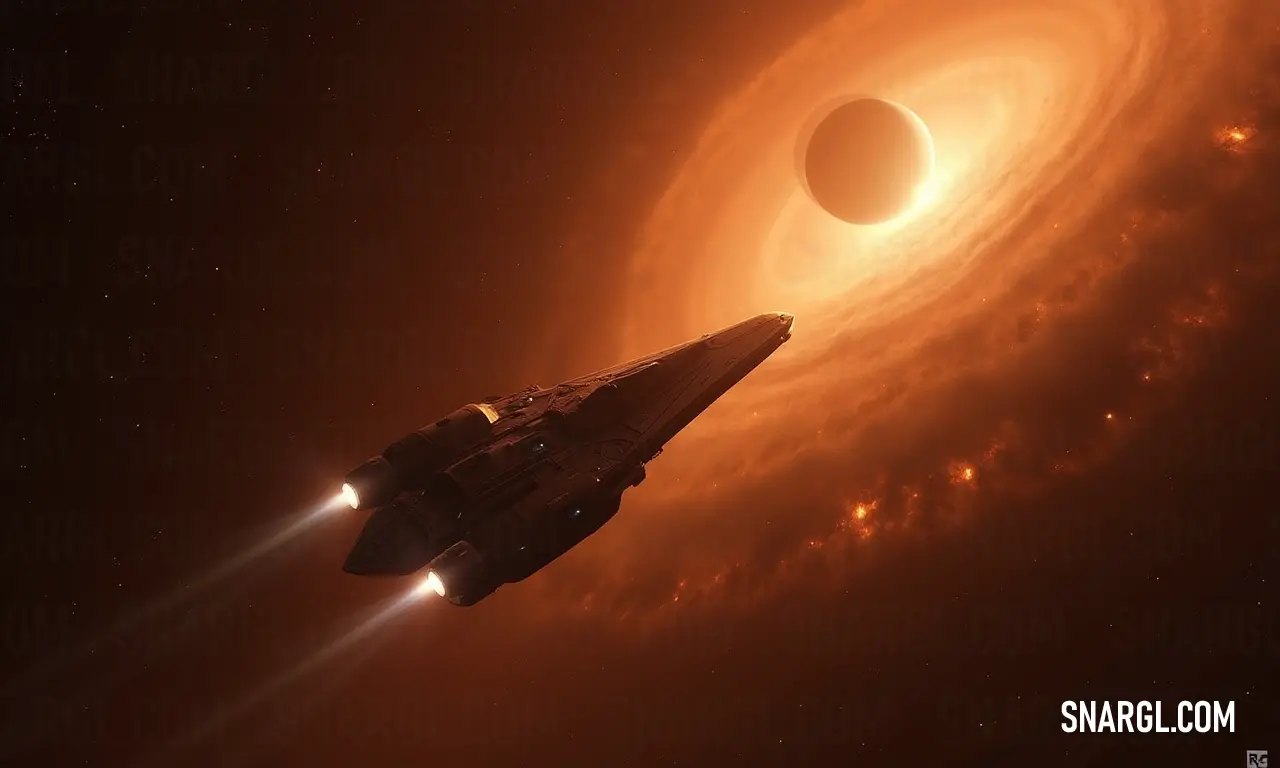
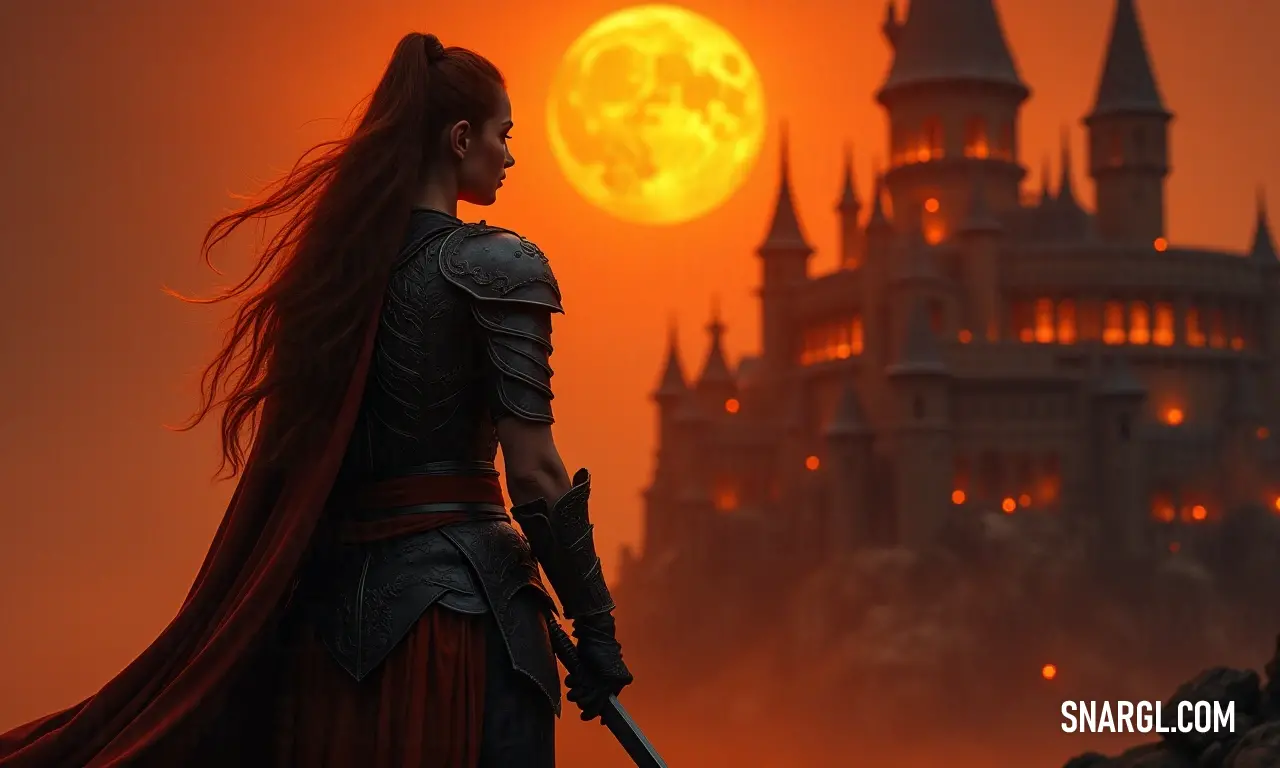
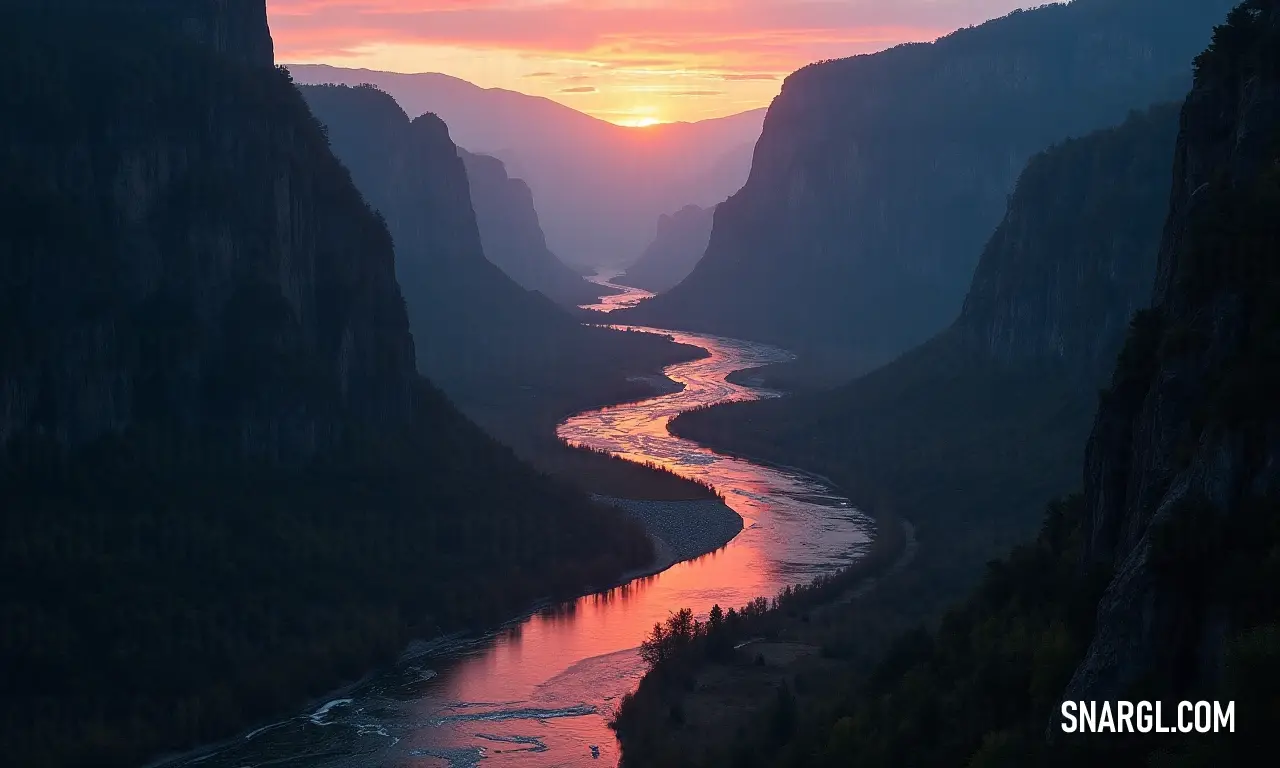
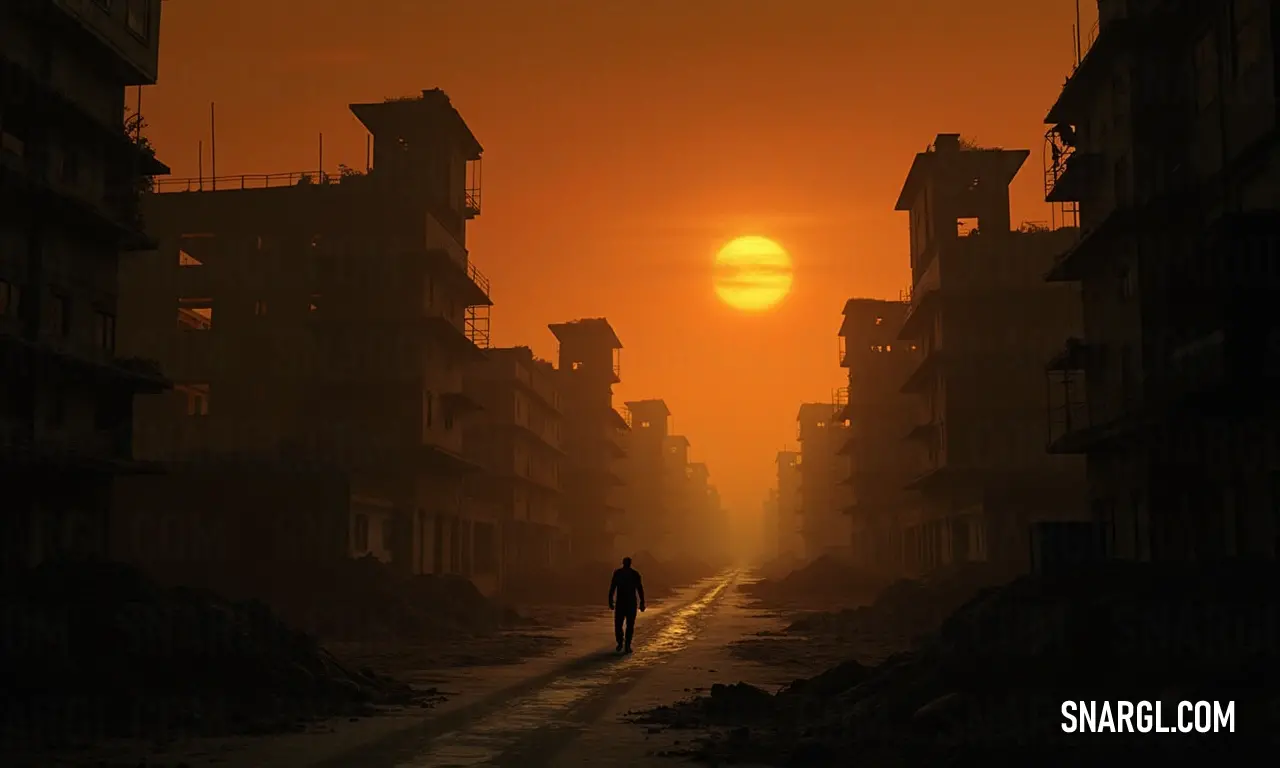
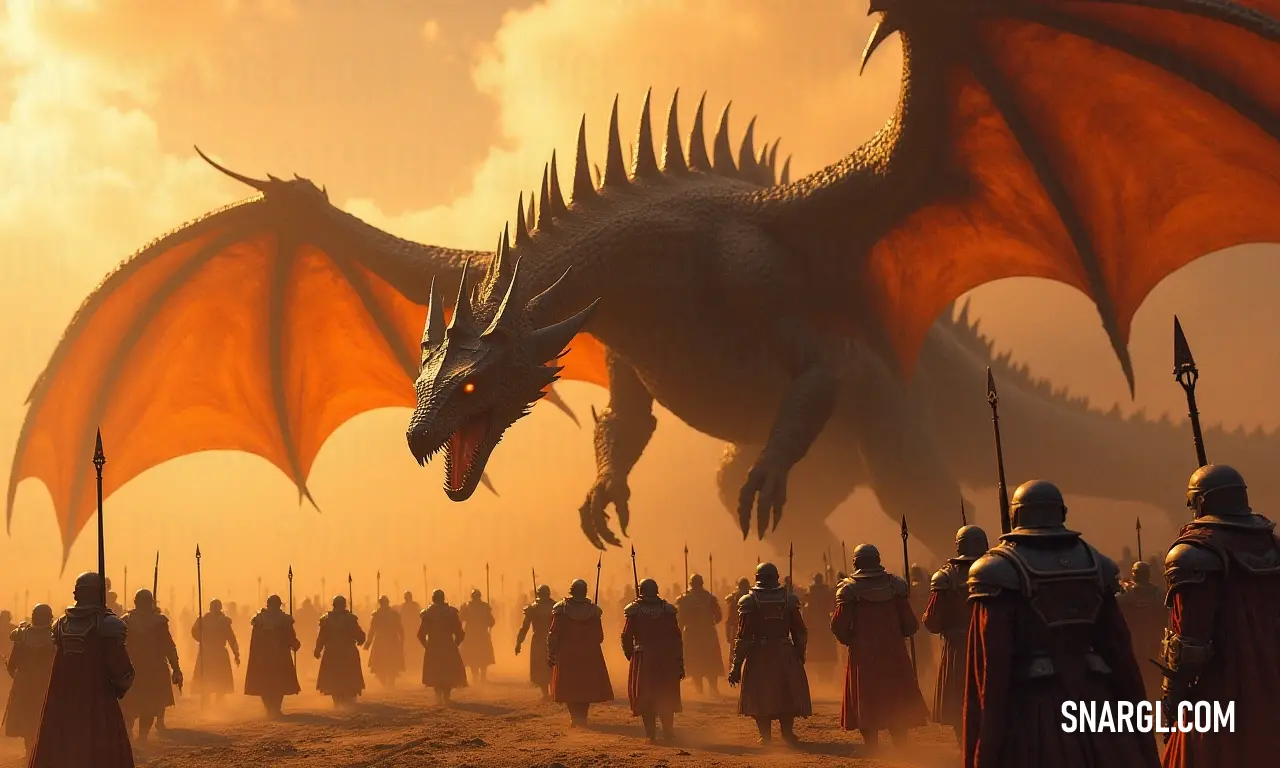
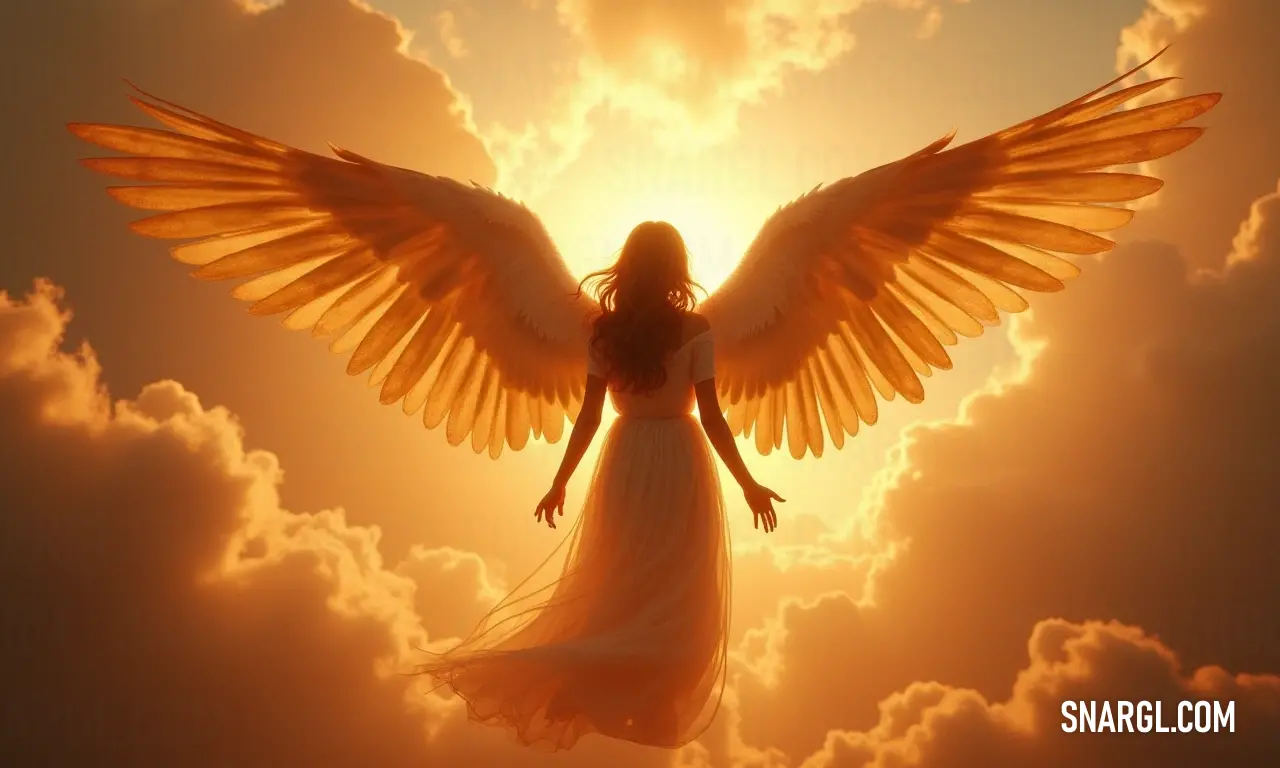
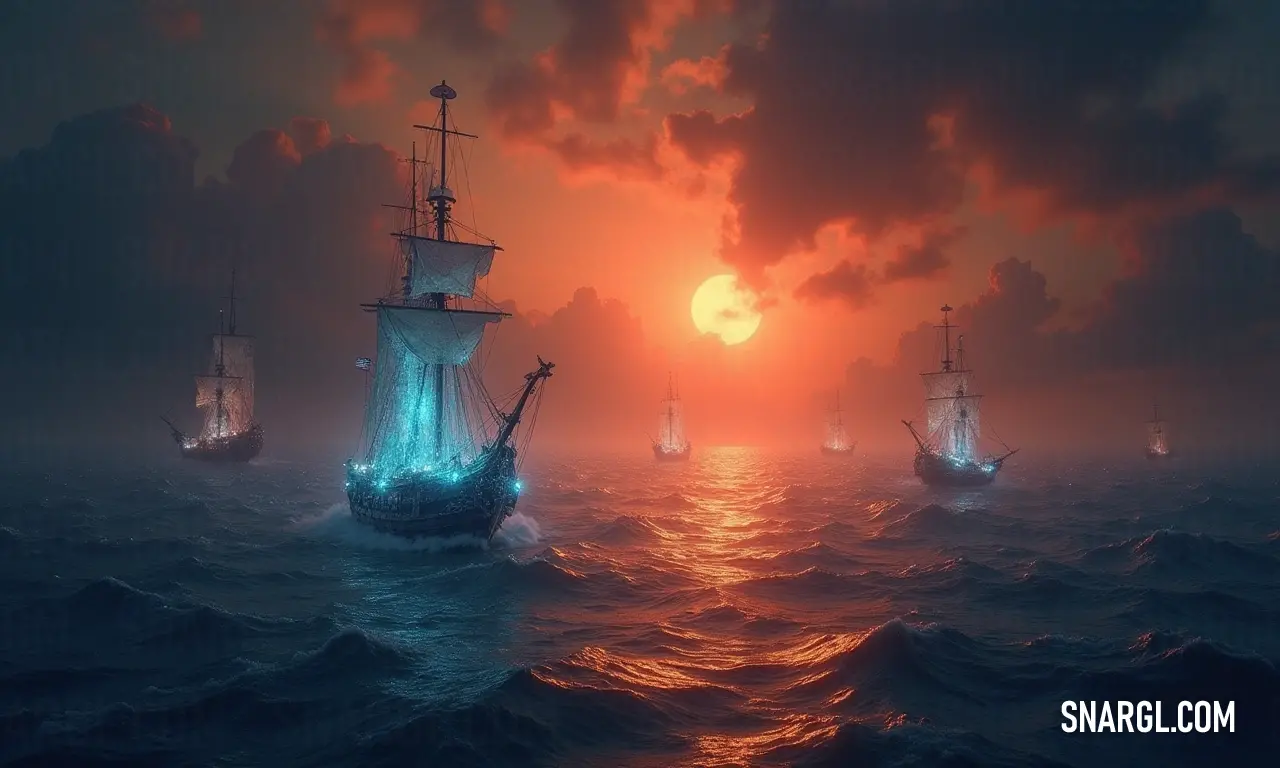
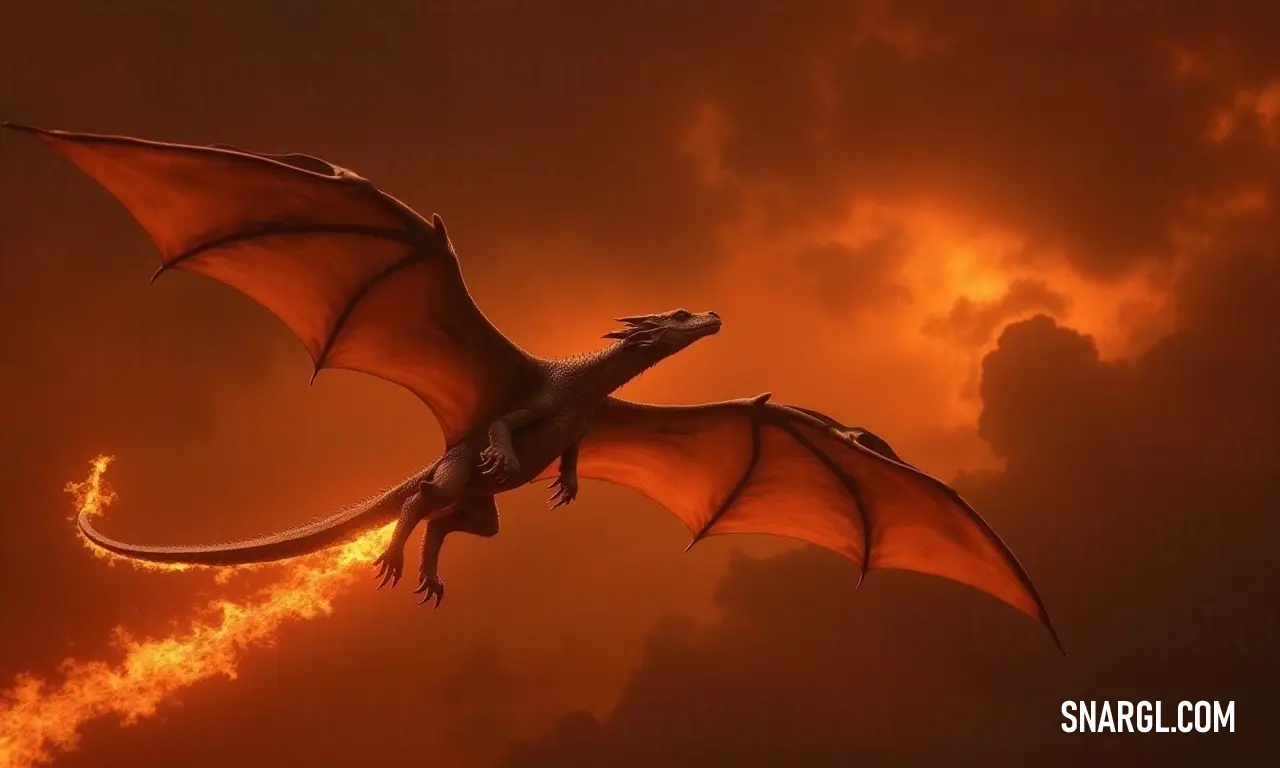
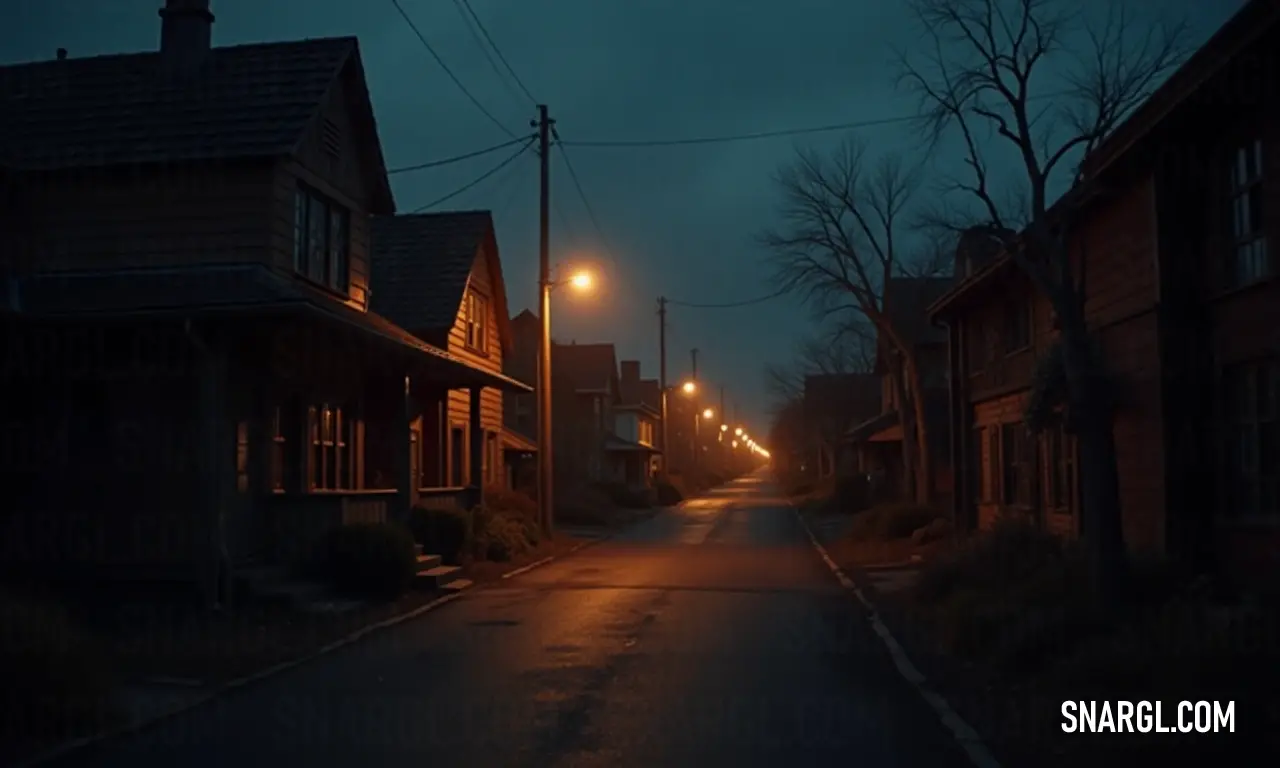
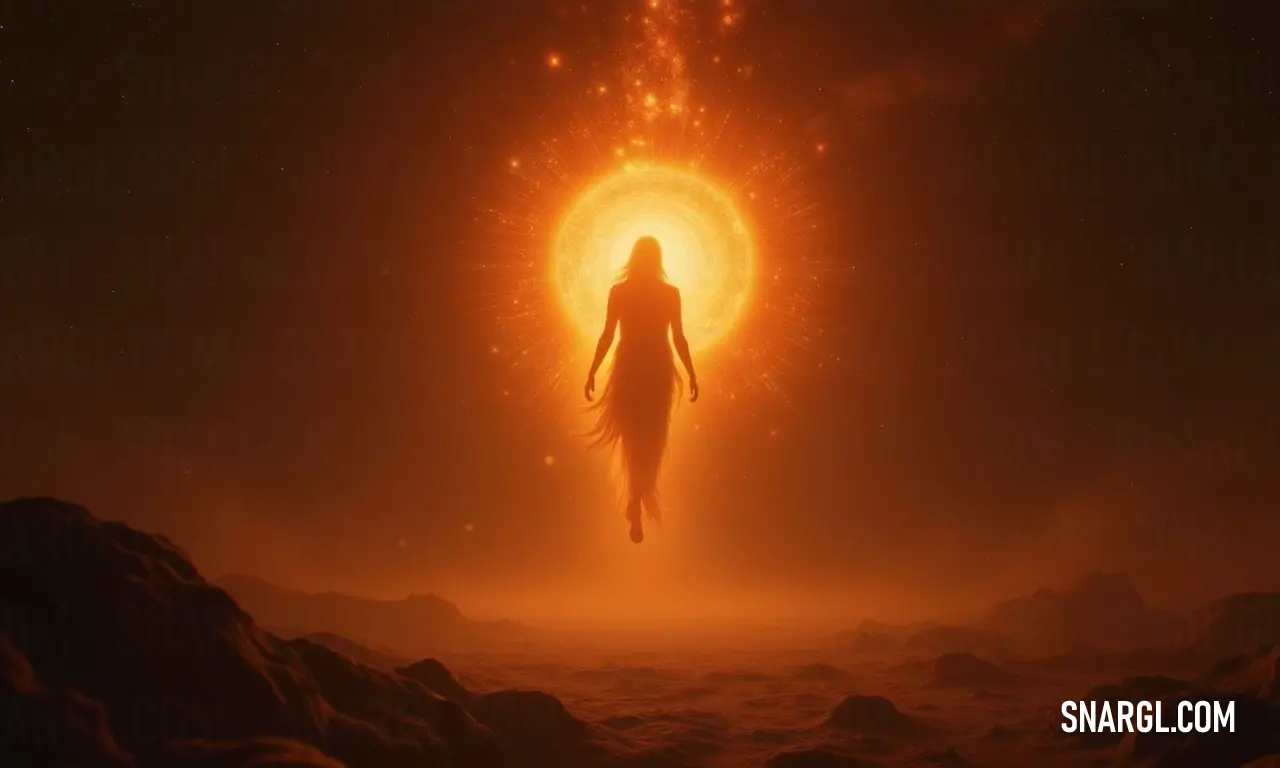
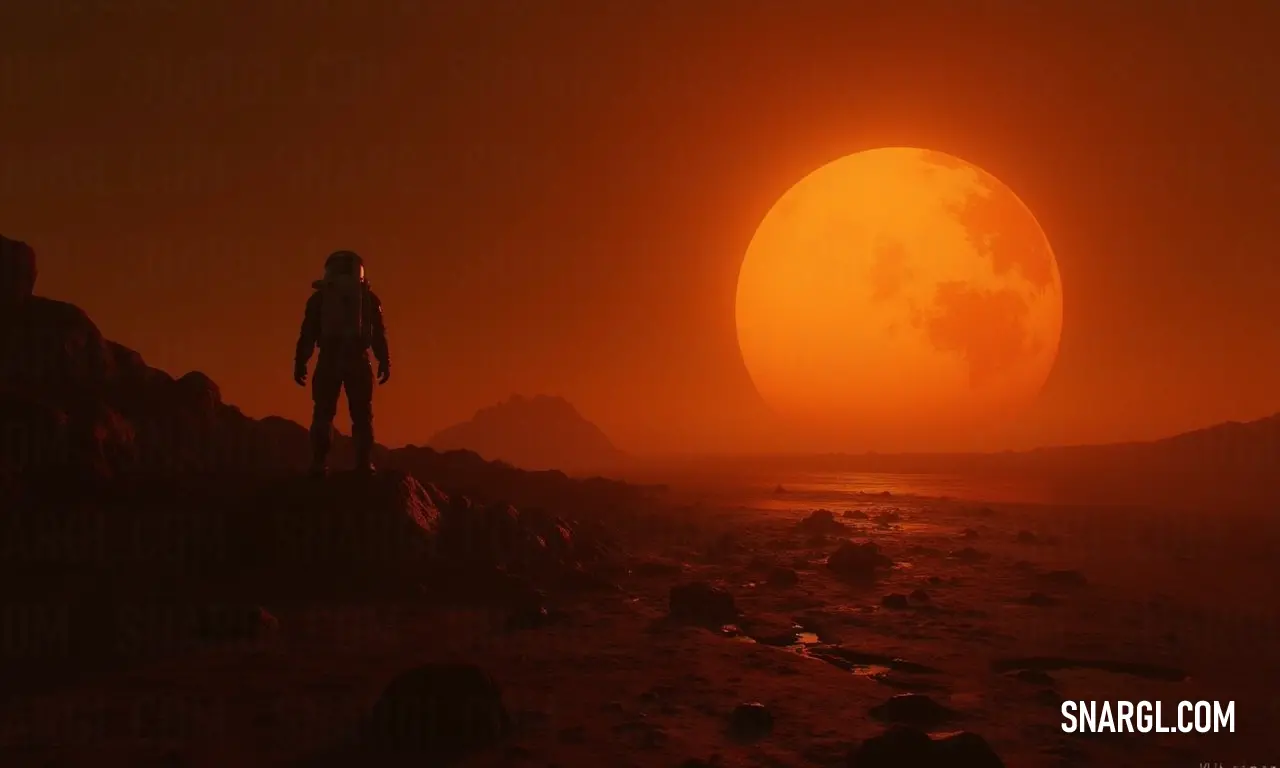
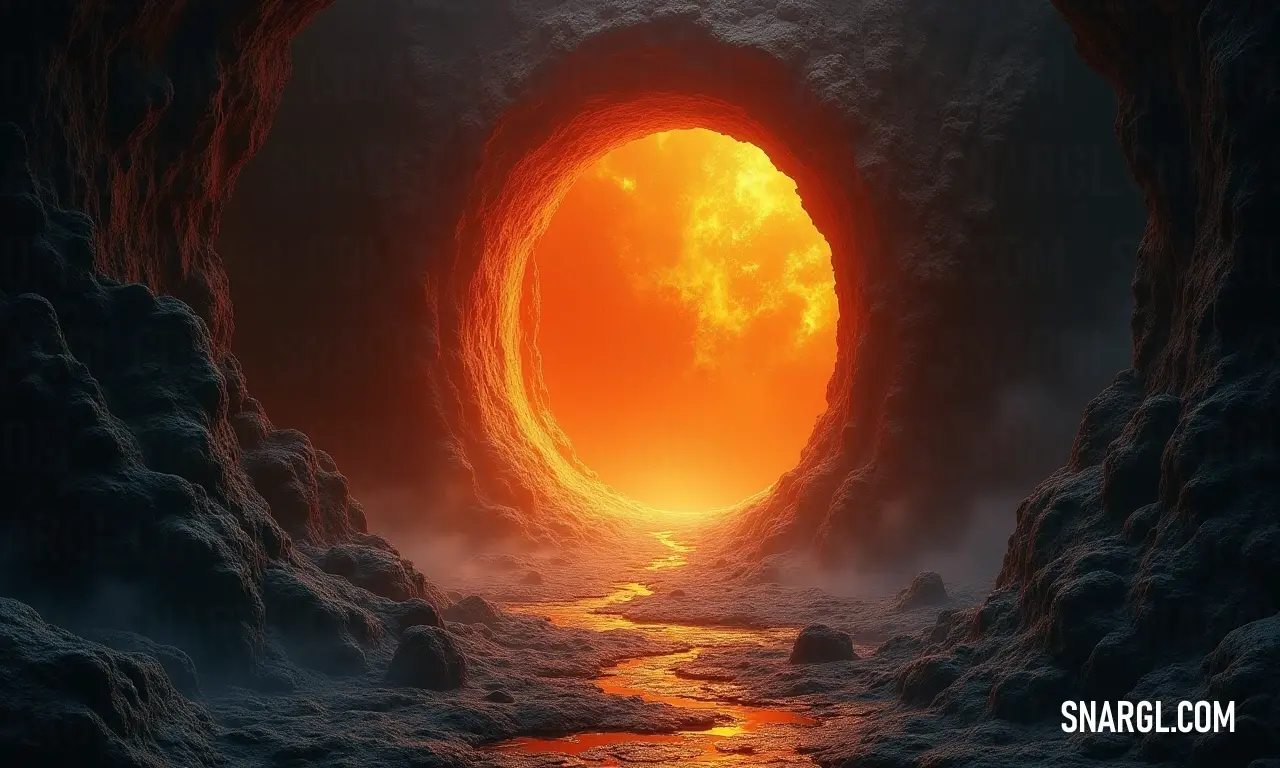

Dark tangerine is a vivid orange color with a hexadecimal code of #FFA812.
This means that it is composed of 100% red, 65.88% green and 7.06 blue in the RGB color model.
In the CMYK color model, which is used for printing, it has 0% cyan, 34% magenta, 93% yellow and 0% black.
It...
Read: Dark tangerine

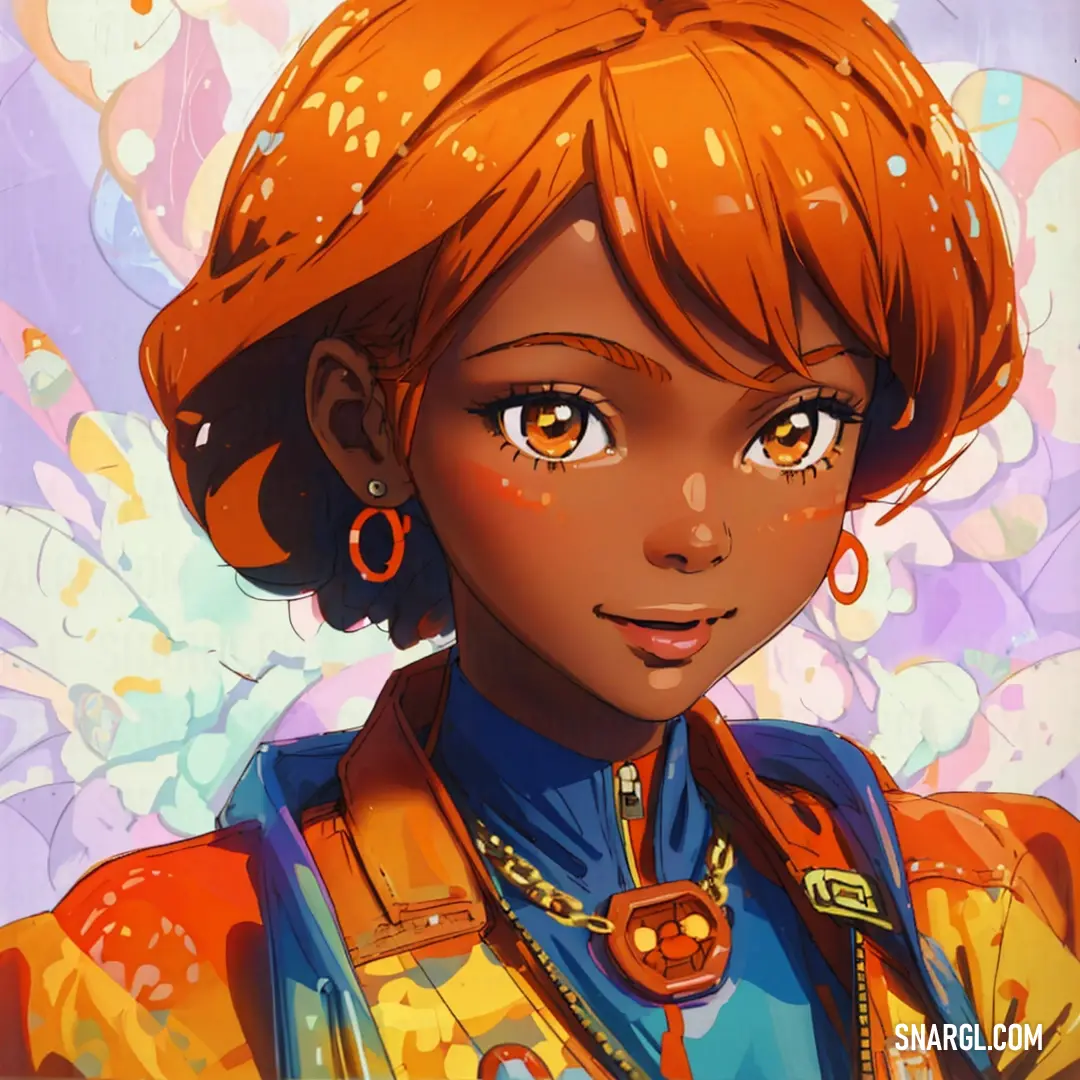
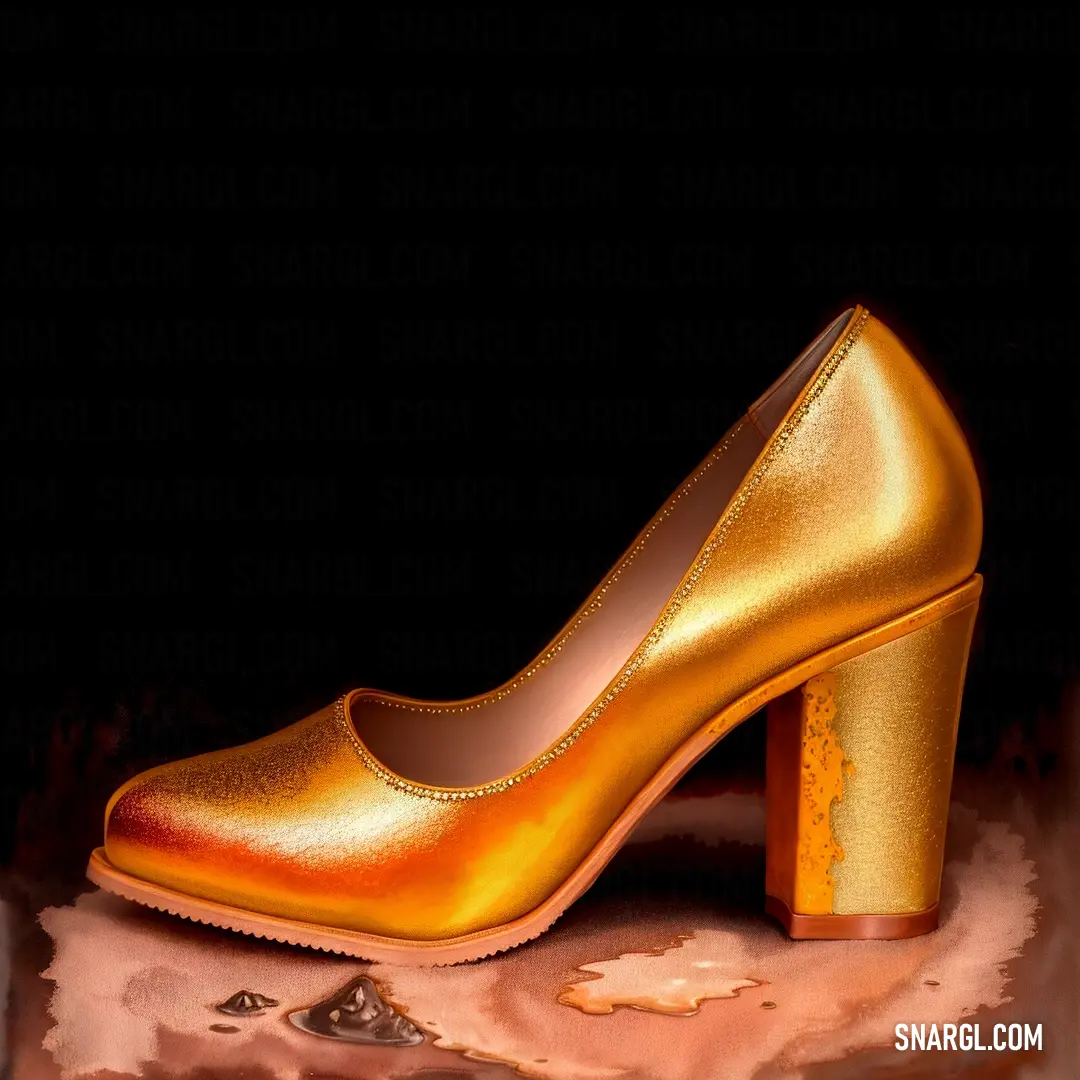
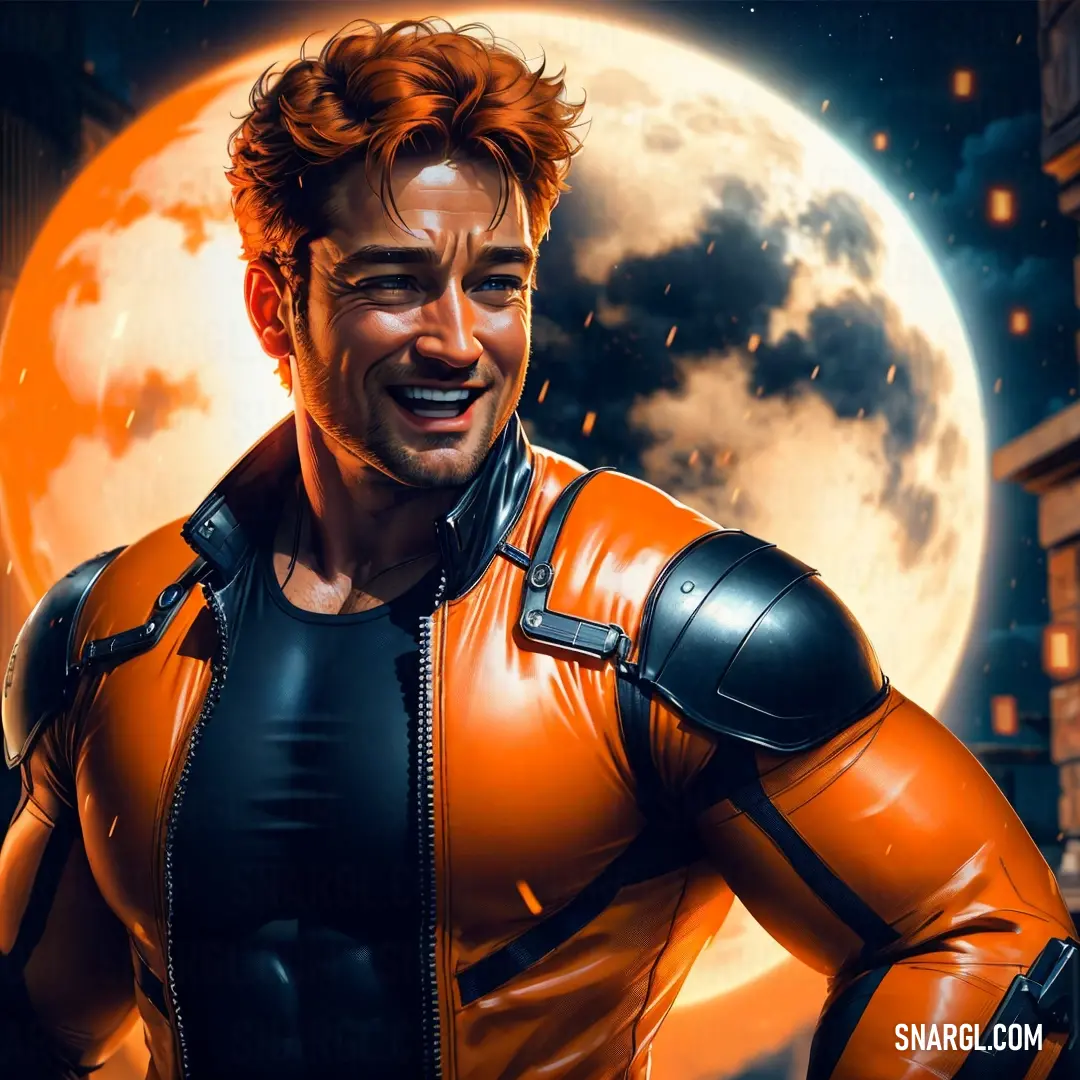
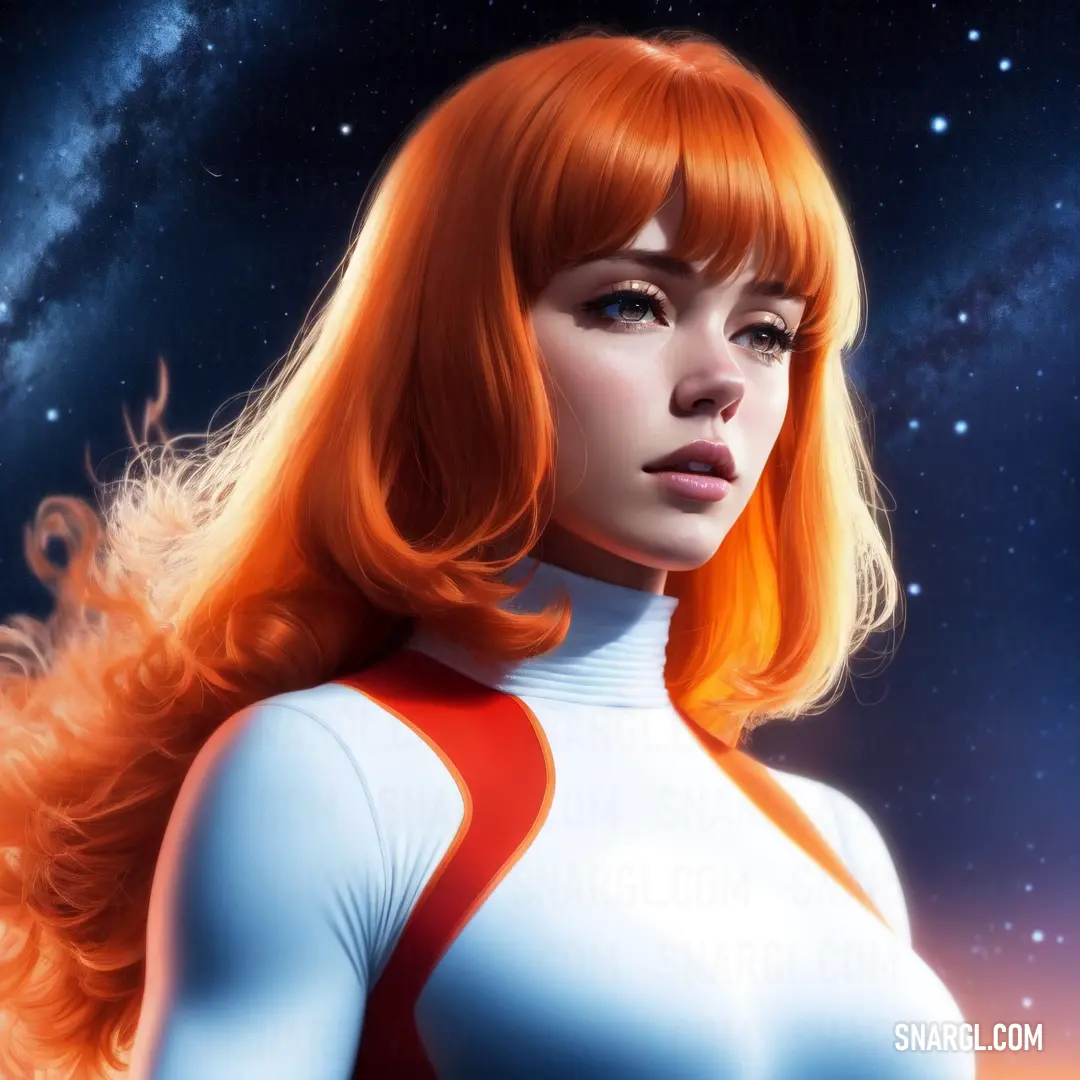
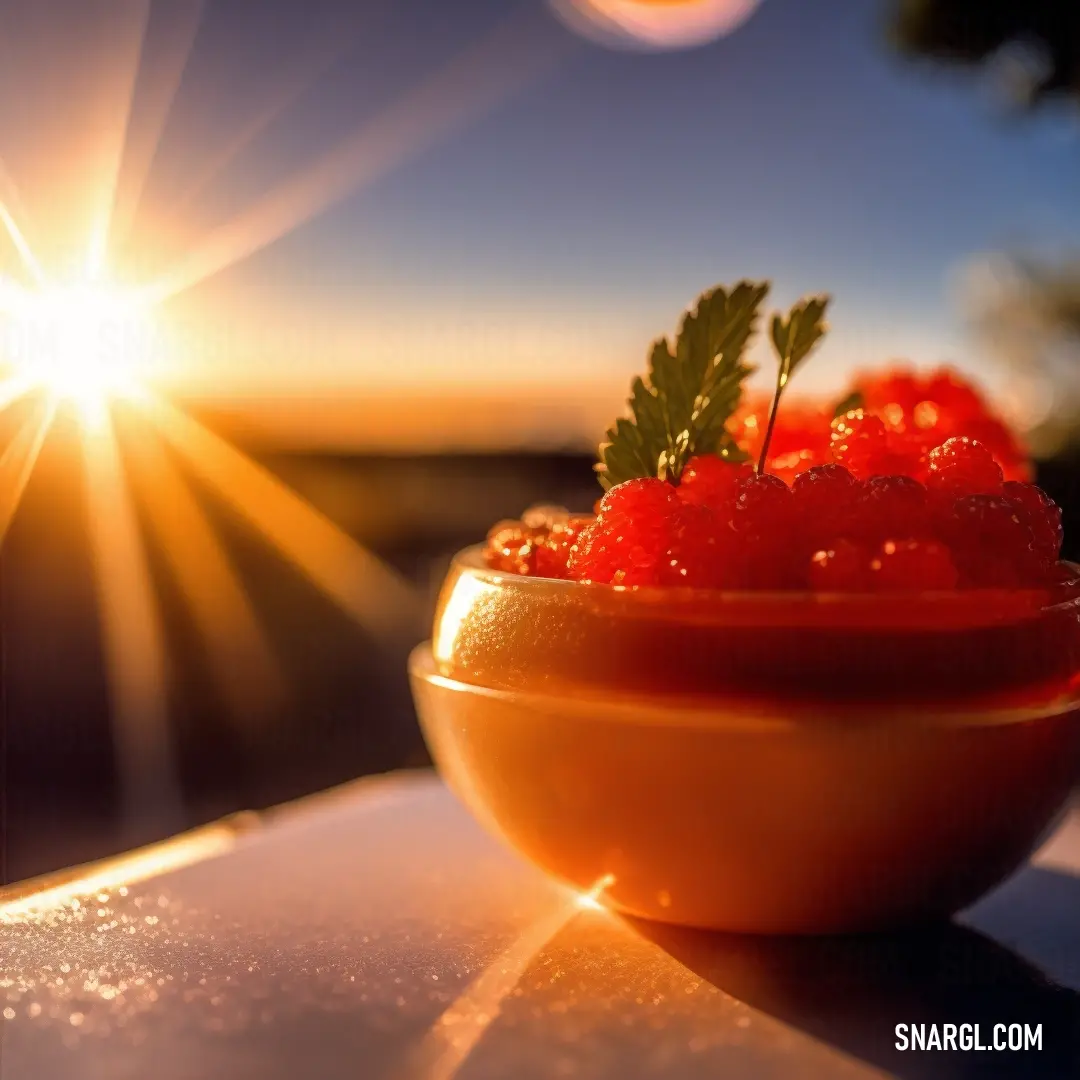
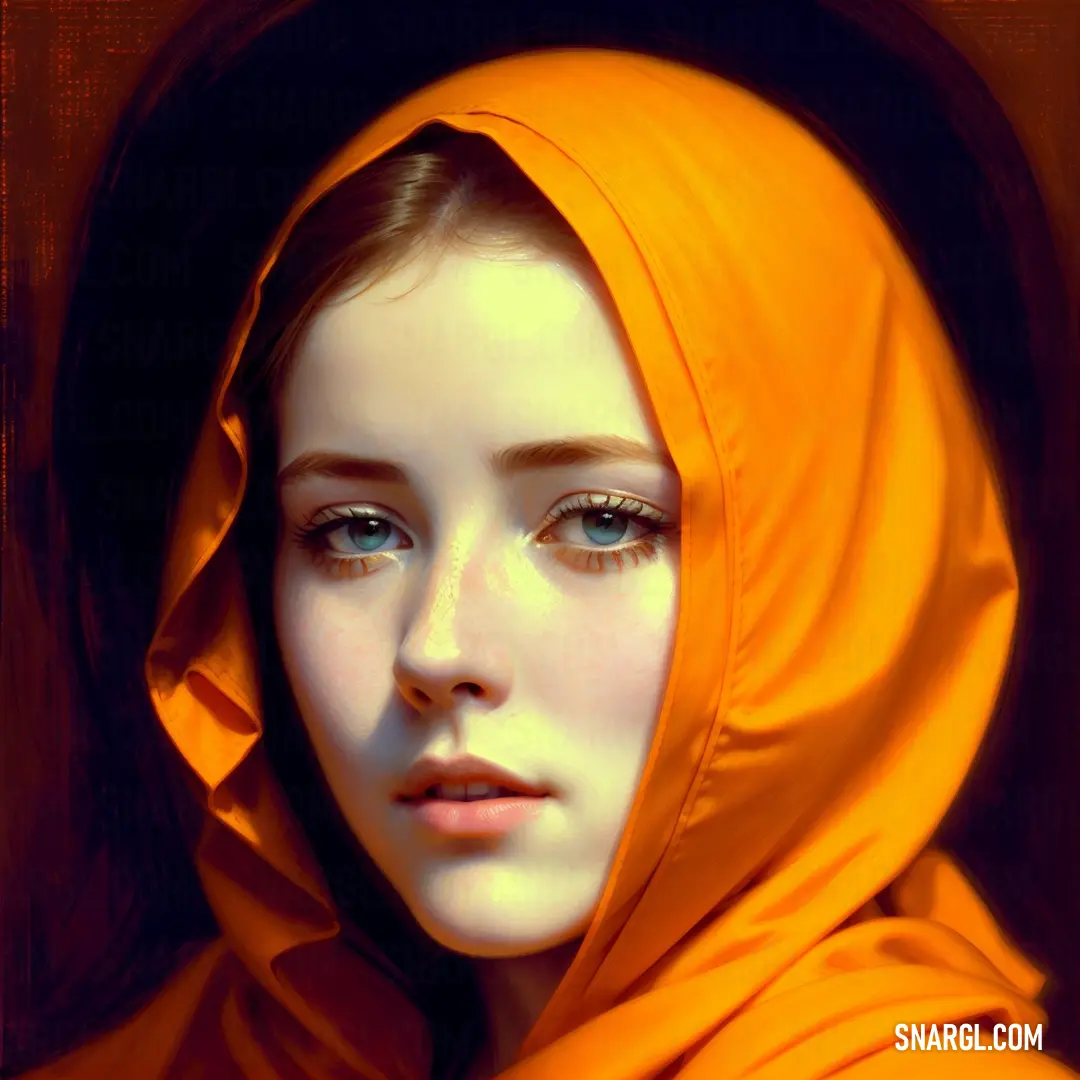
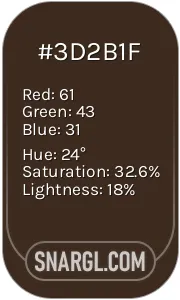 Bistre
Bistre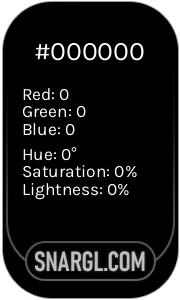 Black
Black Dark orange
Dark orange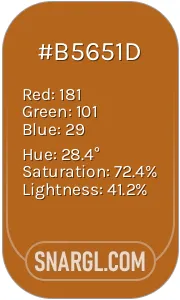 Light brown
Light brown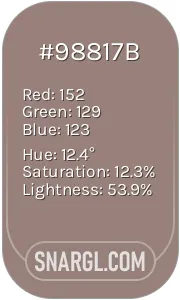 Cinereous
Cinereous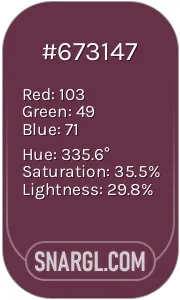 Old mauve
Old mauve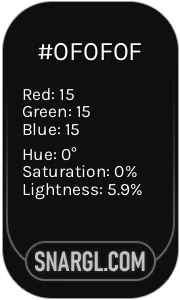 Onyx
Onyx Mulberry
Mulberry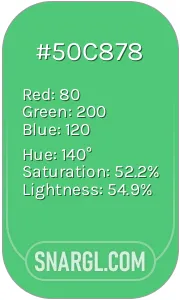 Emerald
Emerald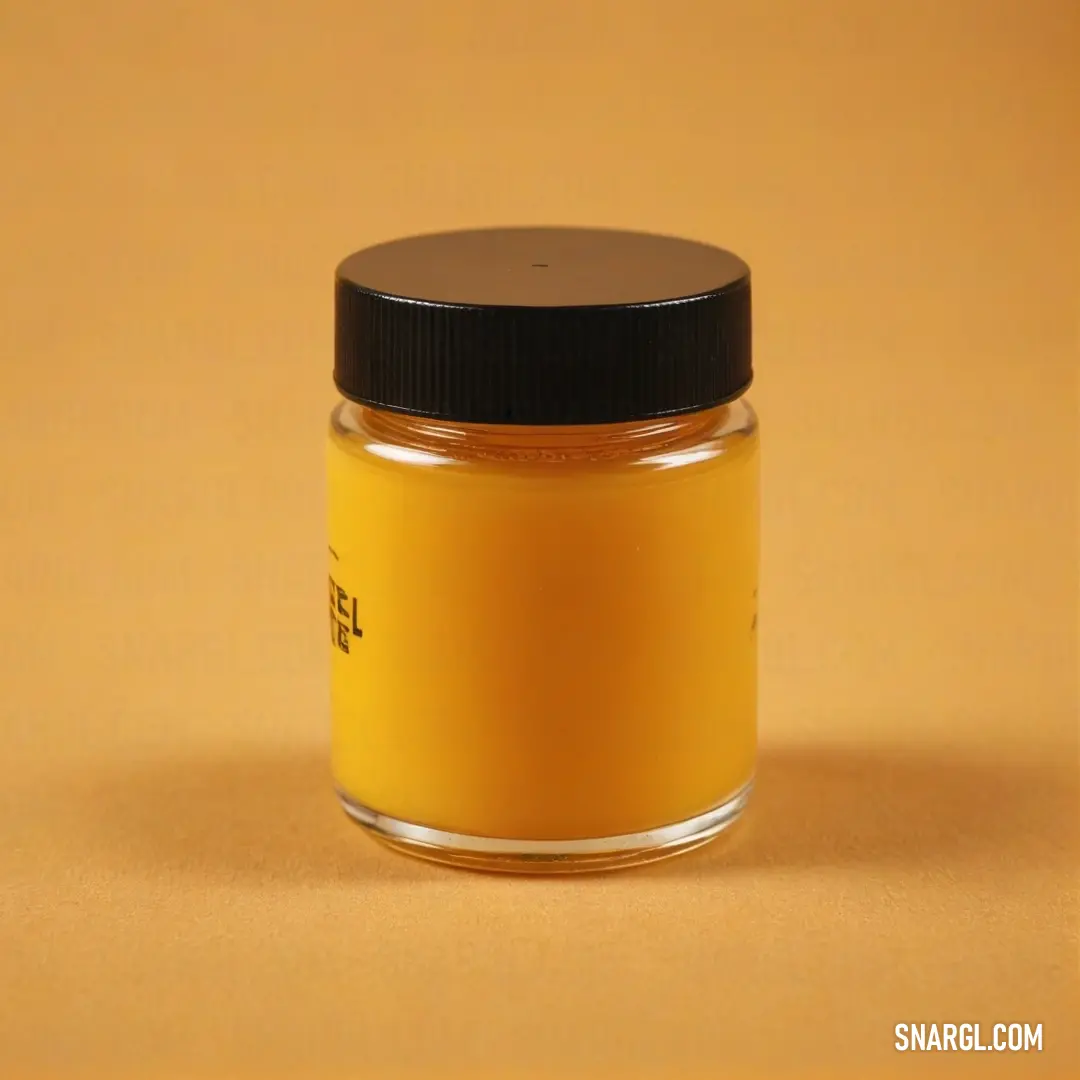
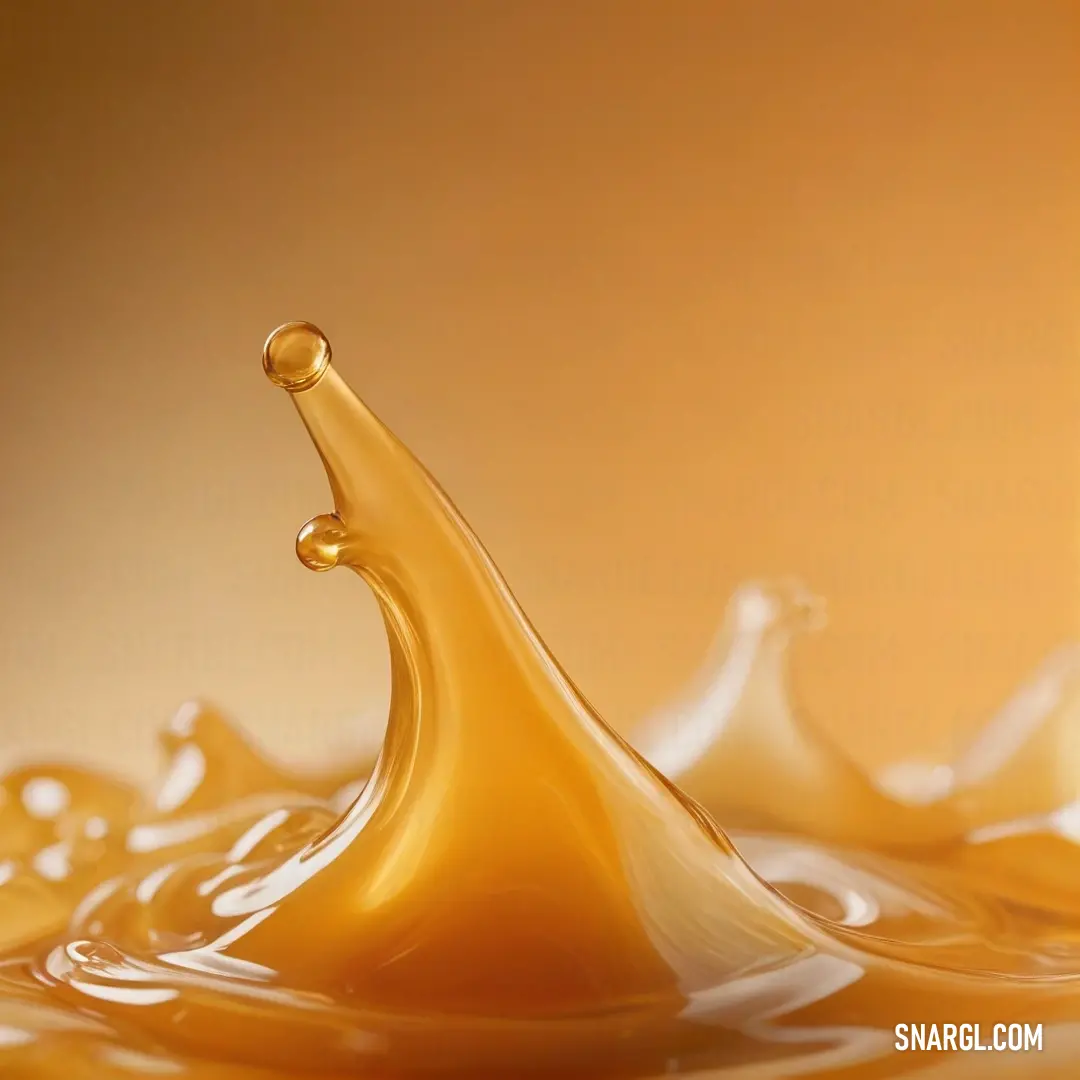
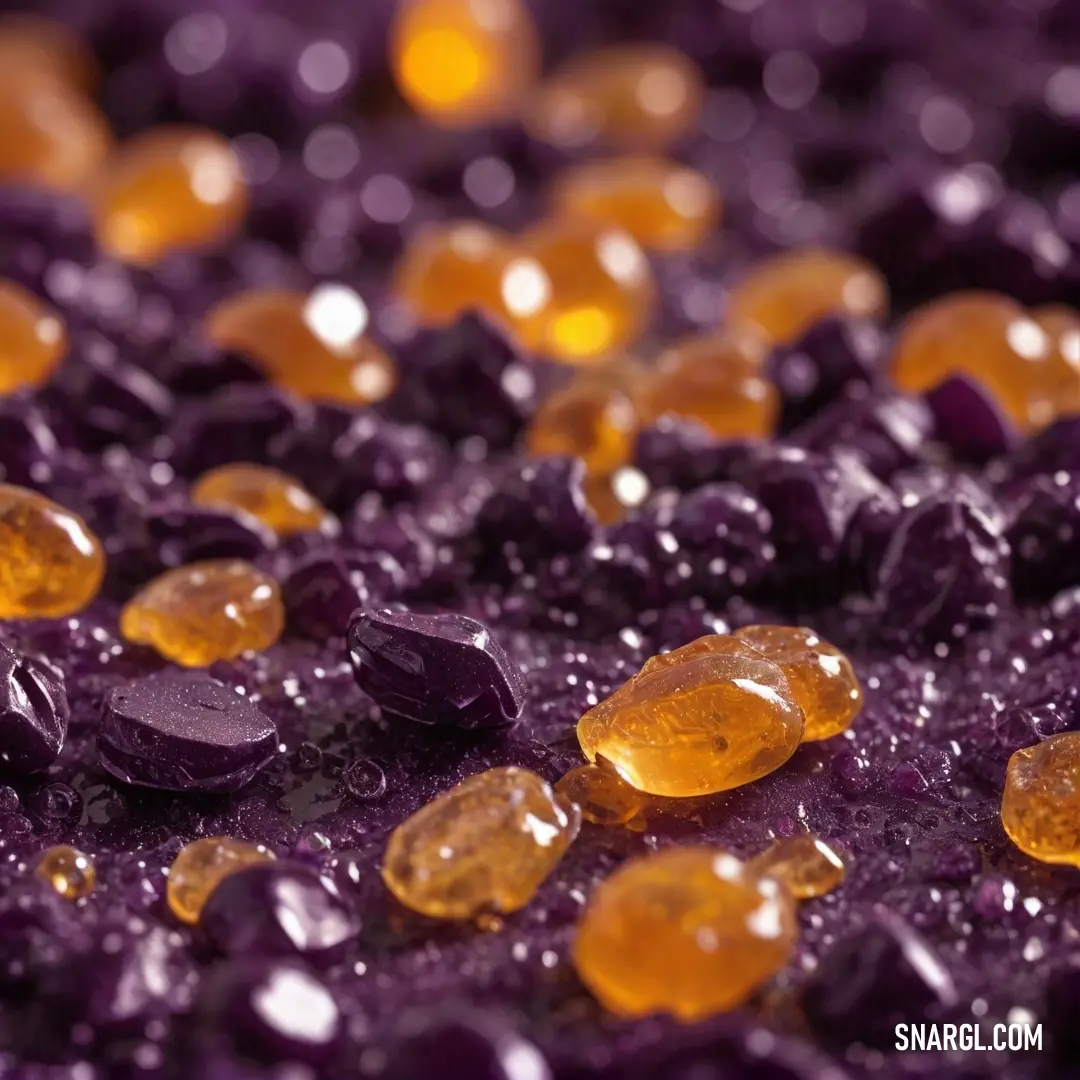
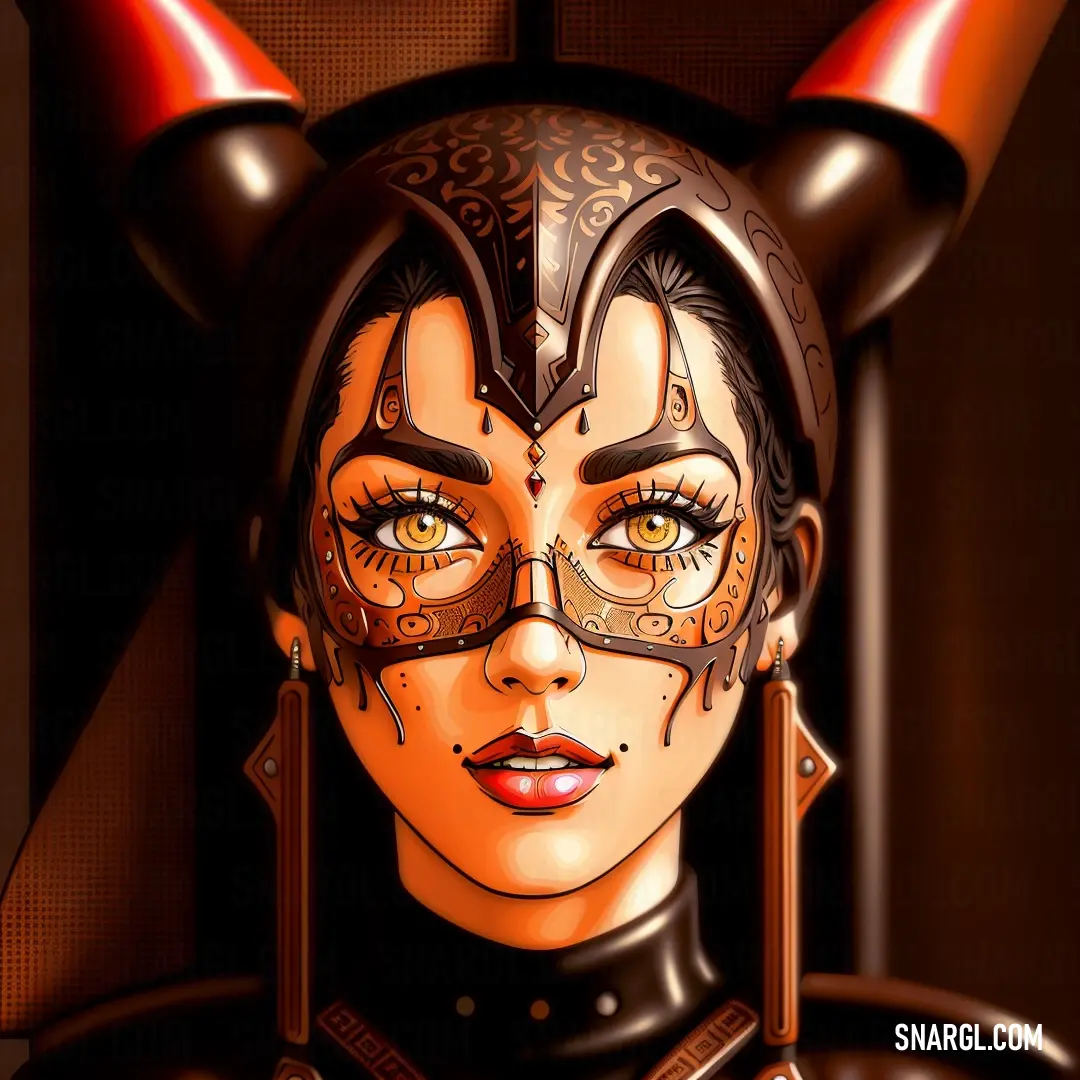
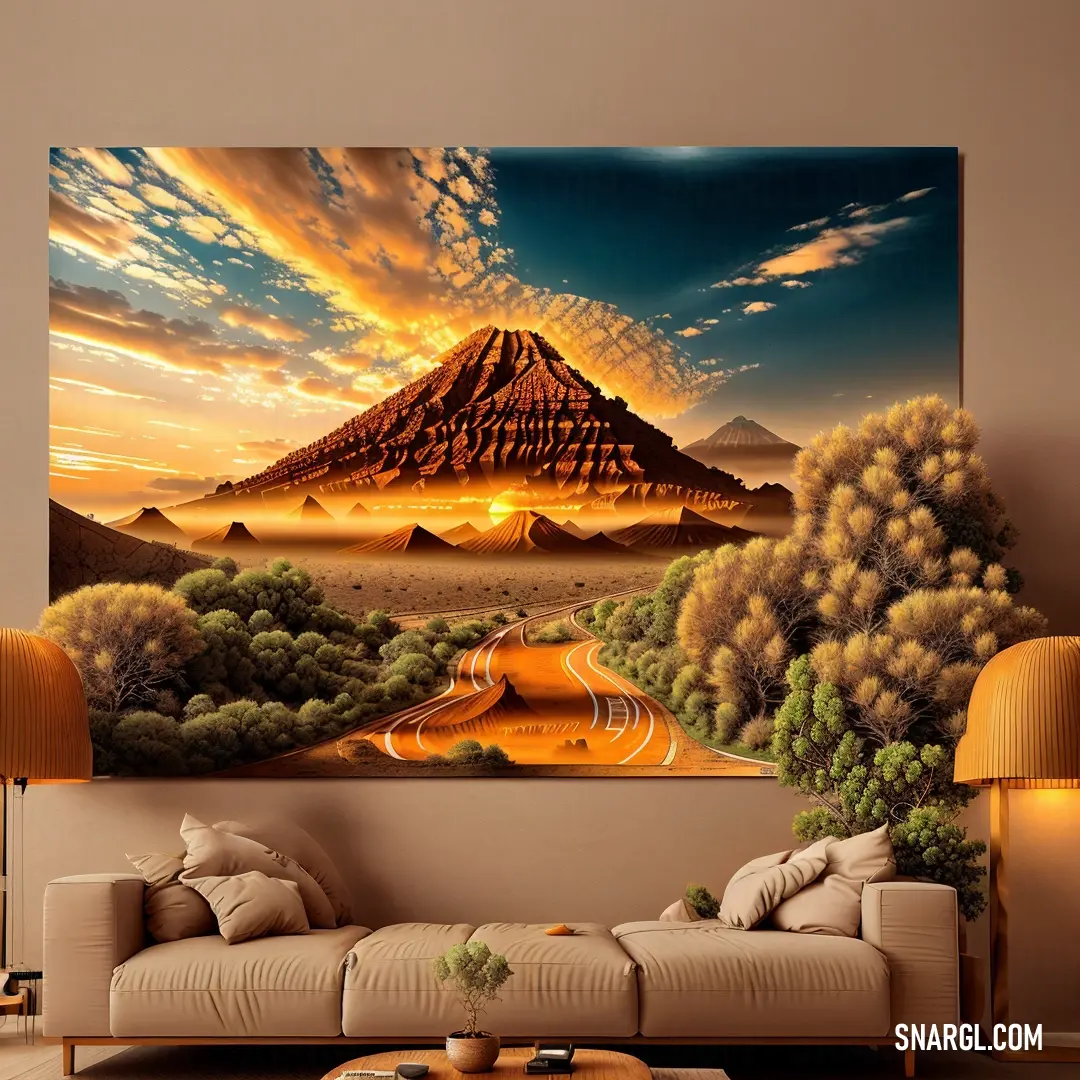
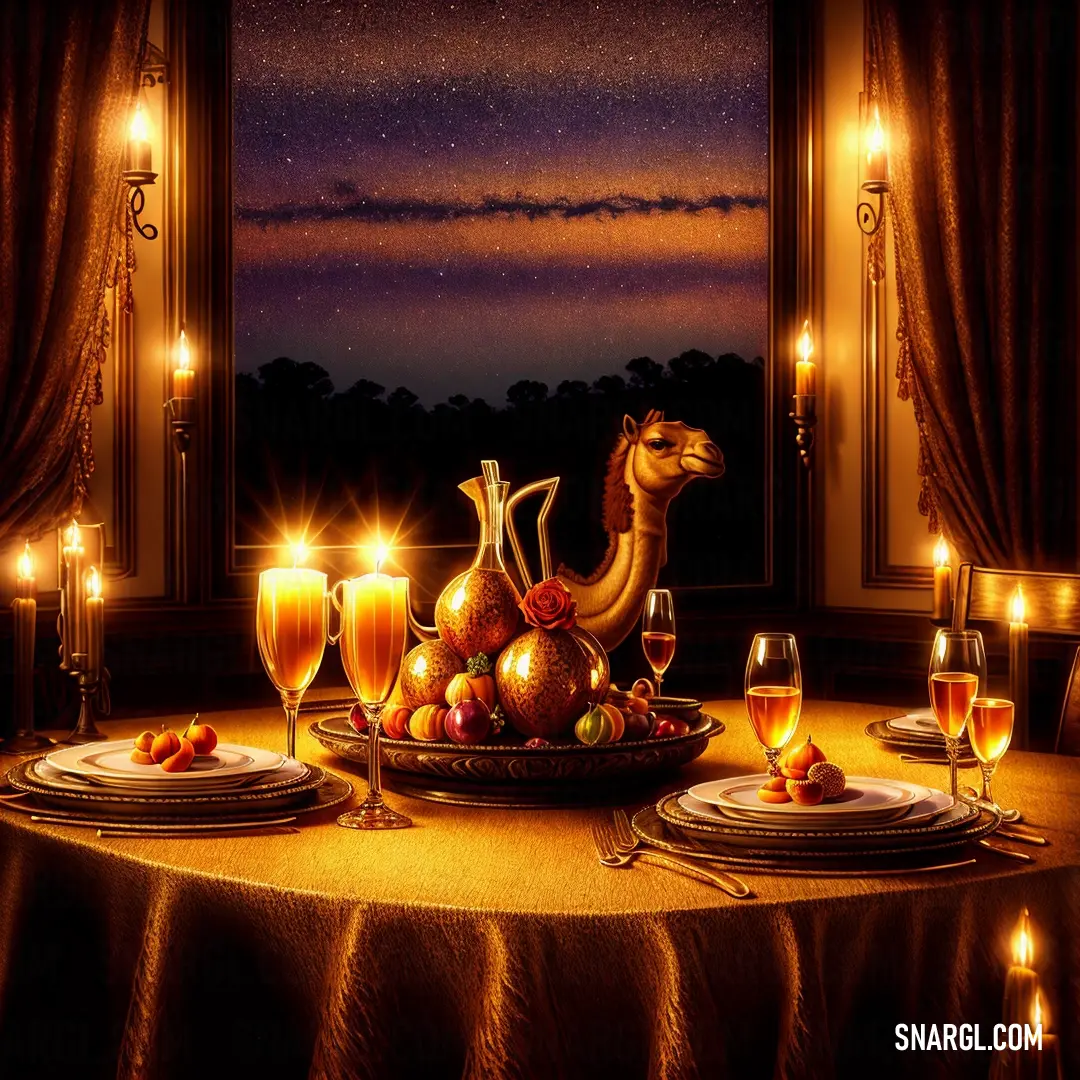
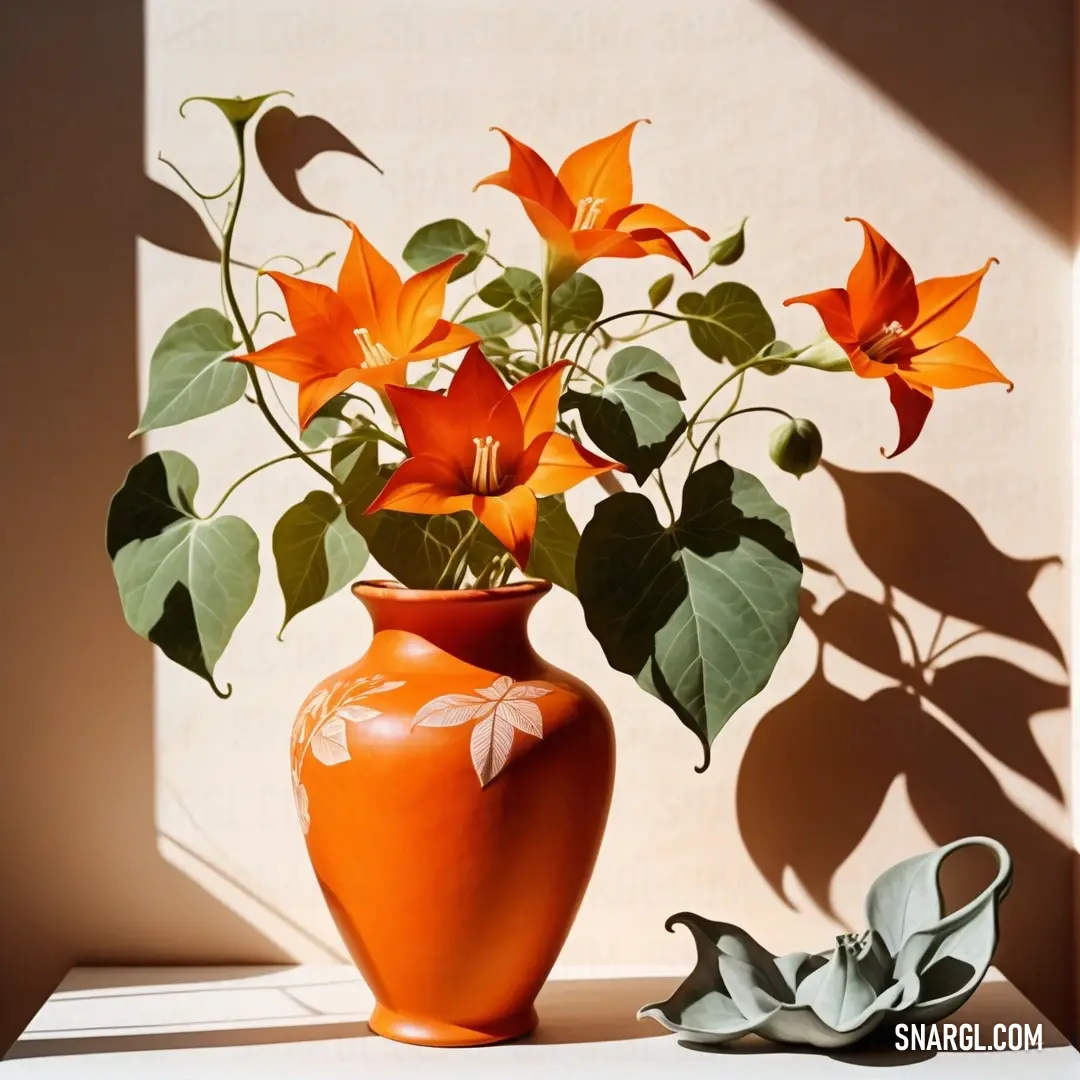
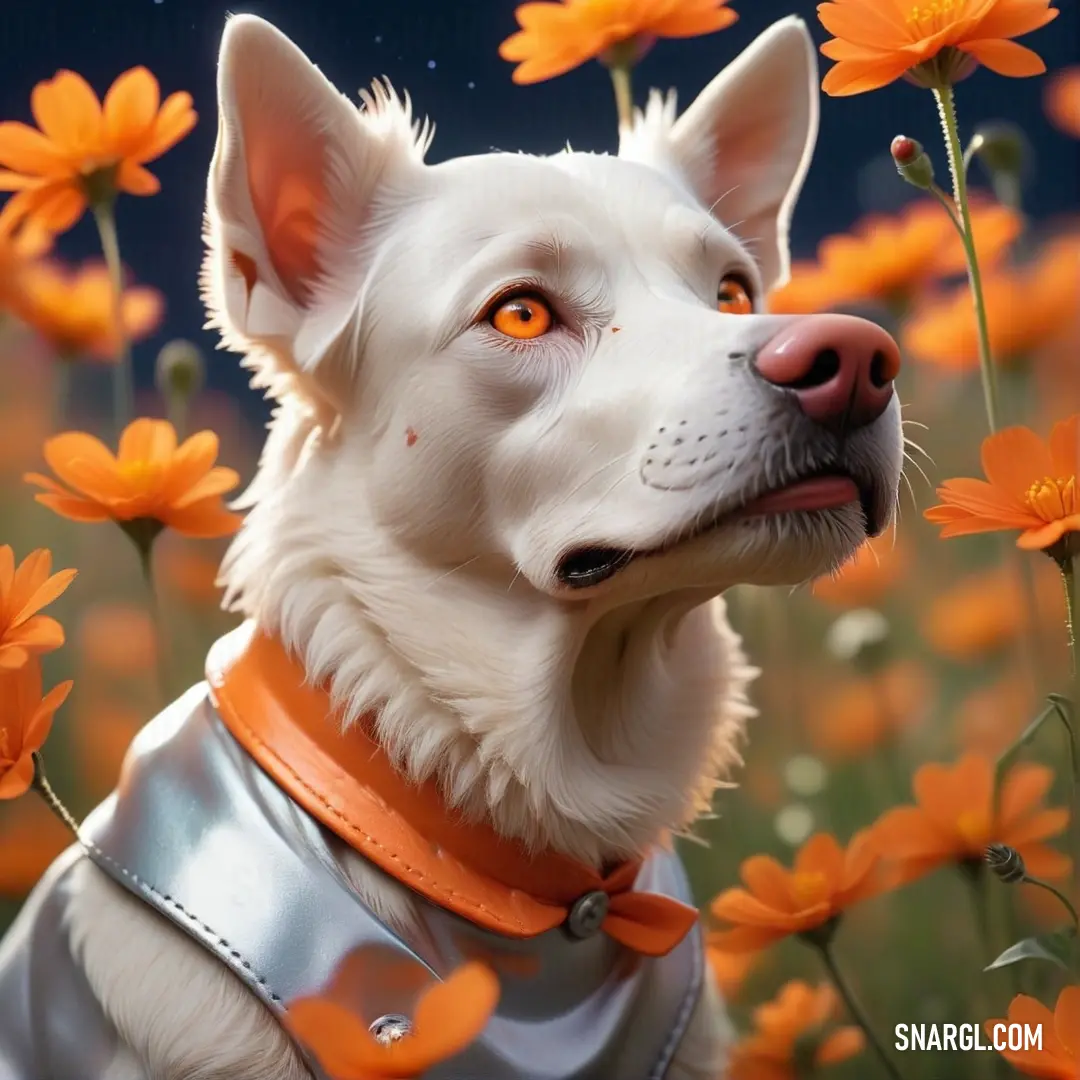
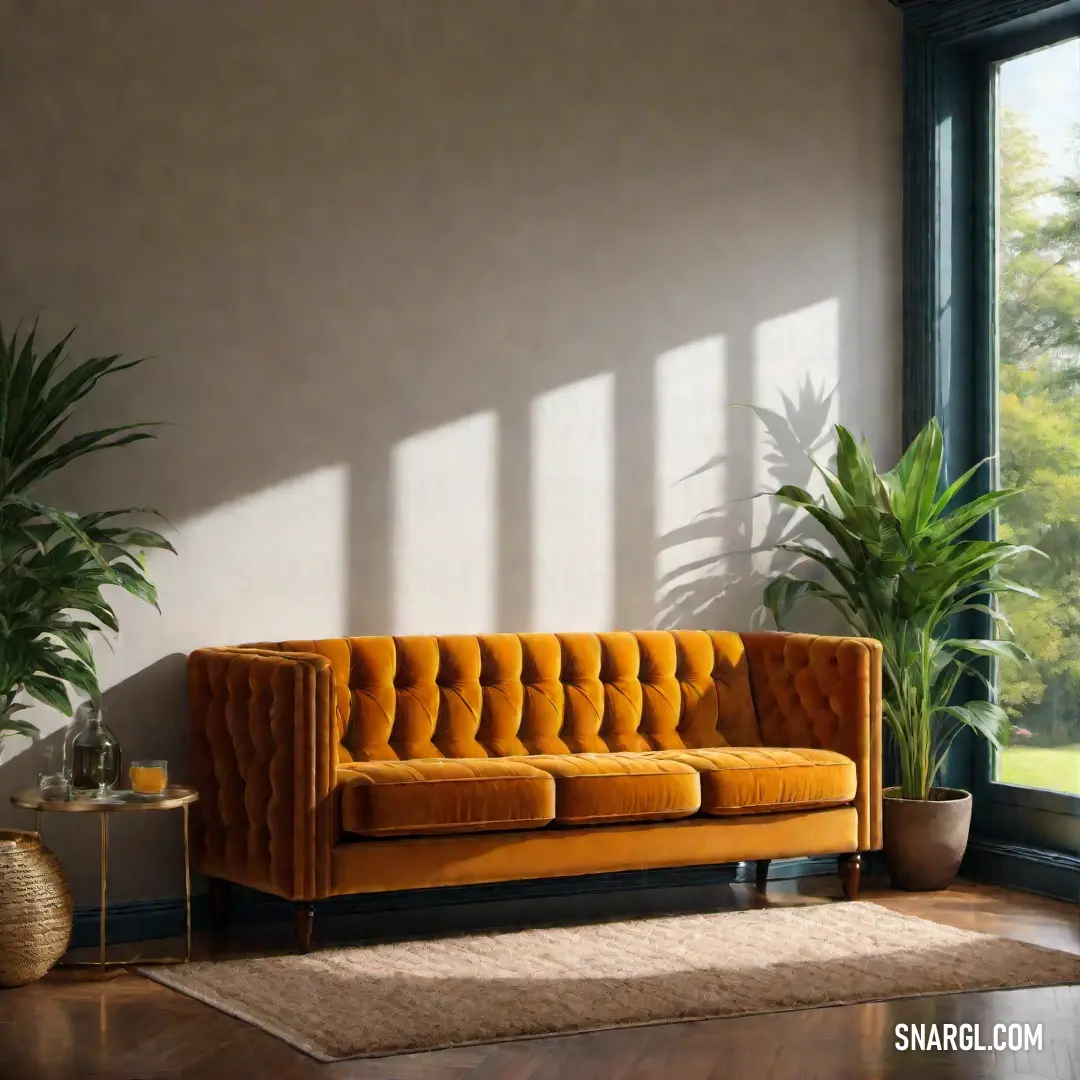
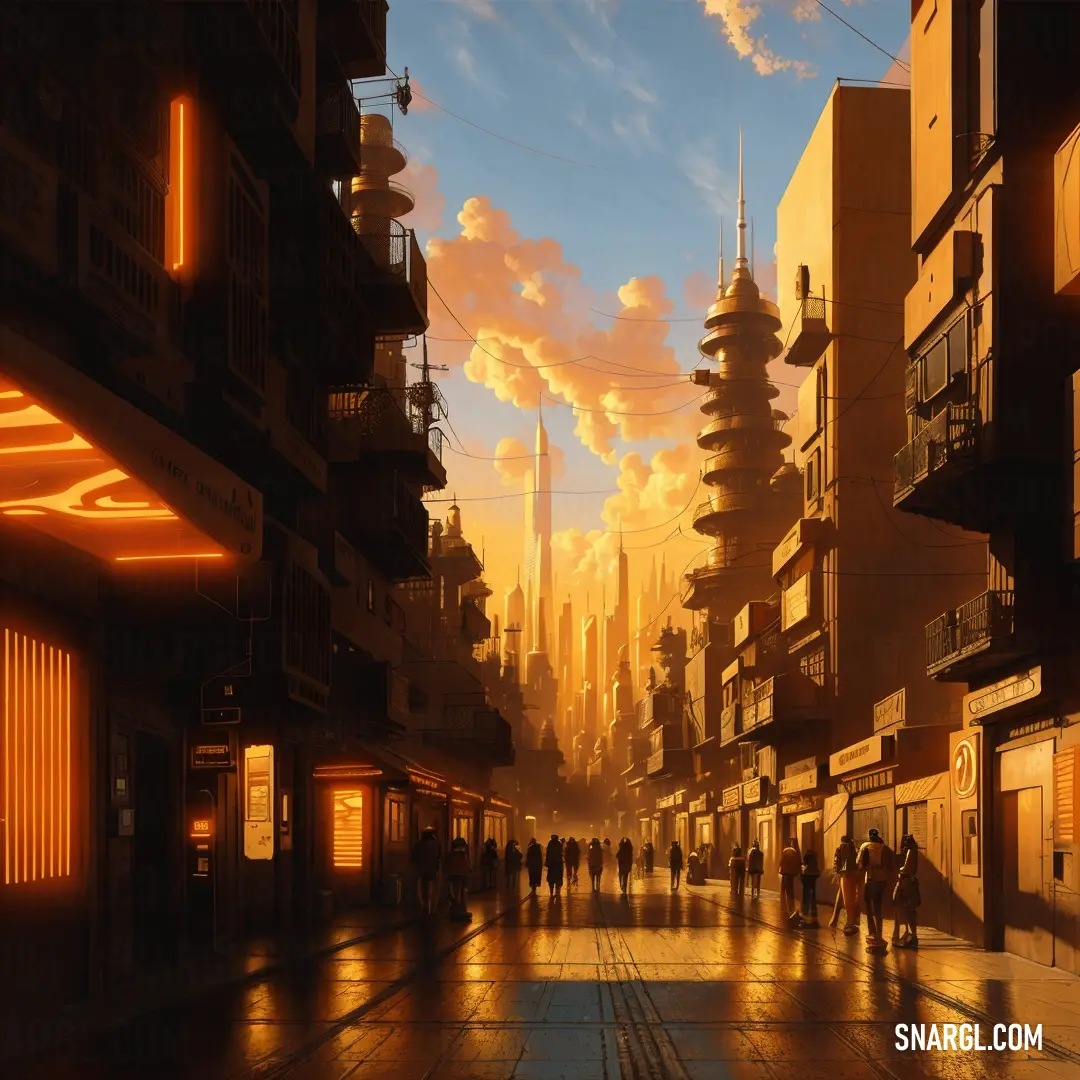
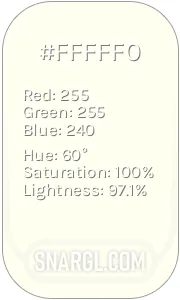 Ivory
Ivory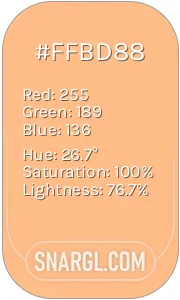 Macaroni and Cheese
Macaroni and Cheese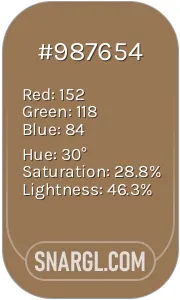 Pale brown
Pale brown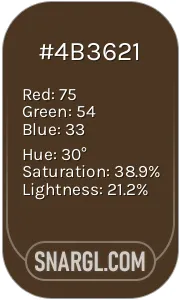 Cafe noir
Cafe noir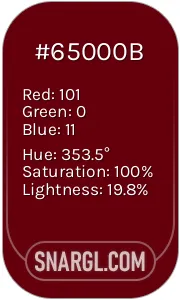 Rosewood
Rosewood Beaver
Beaver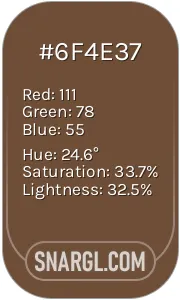 Coffee
Coffee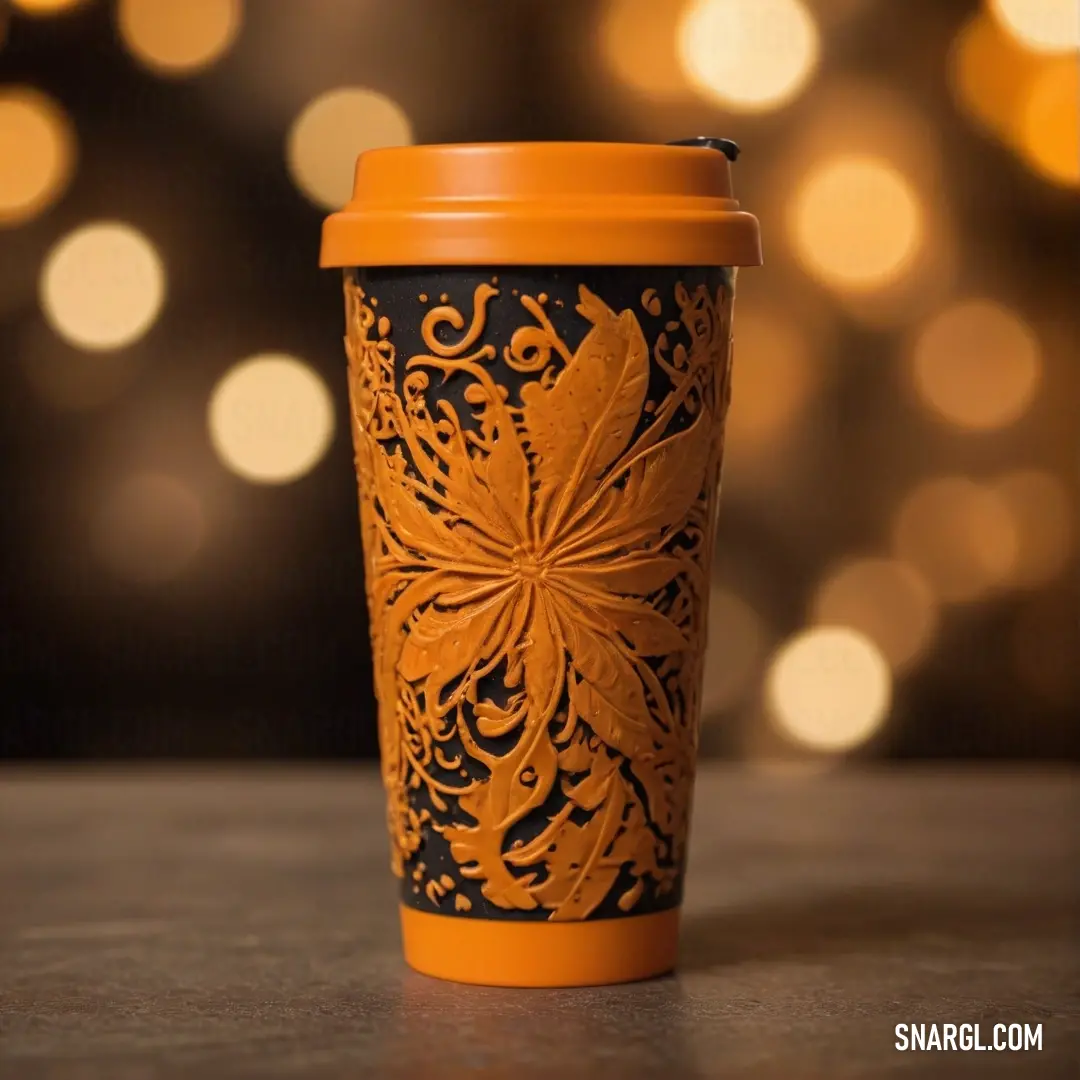
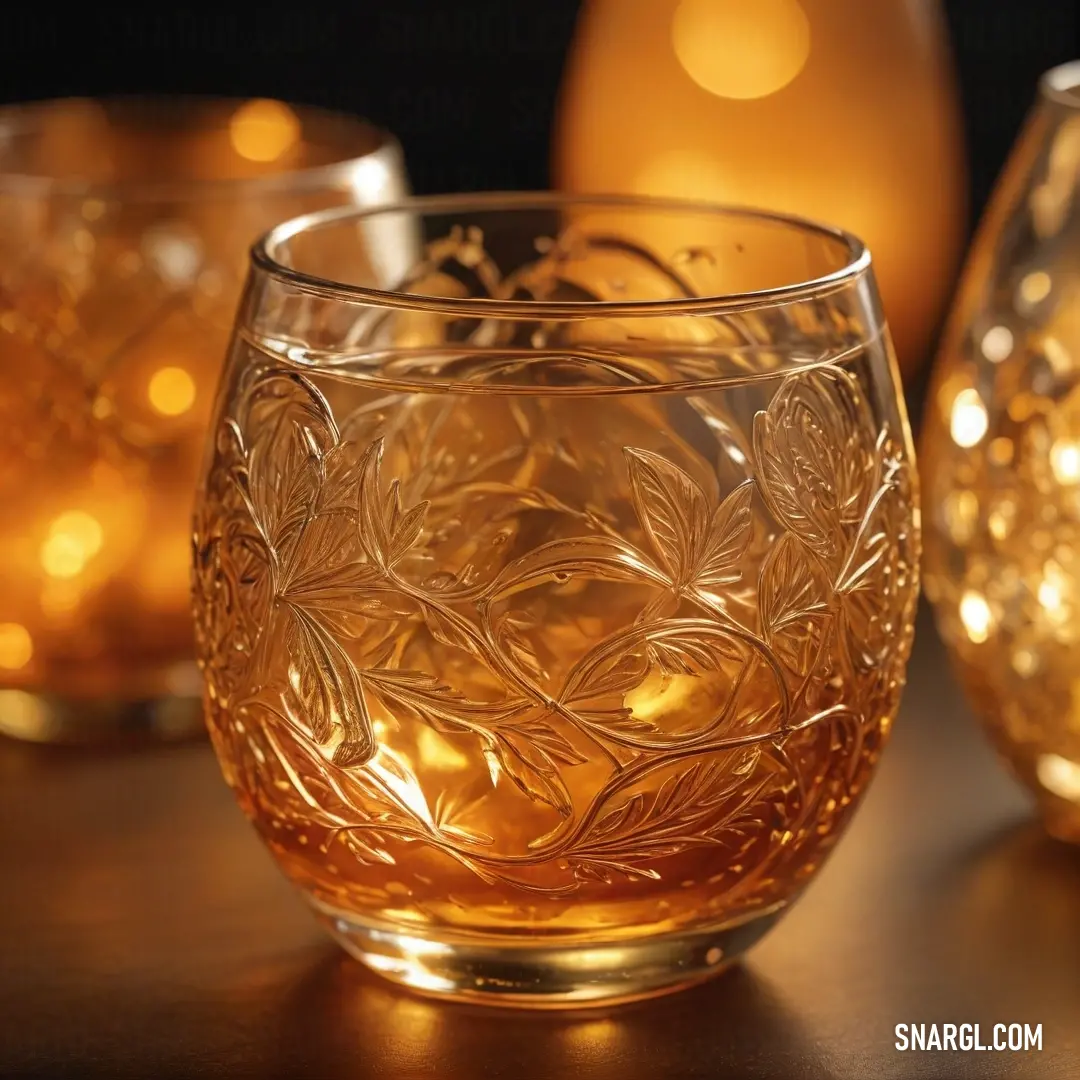
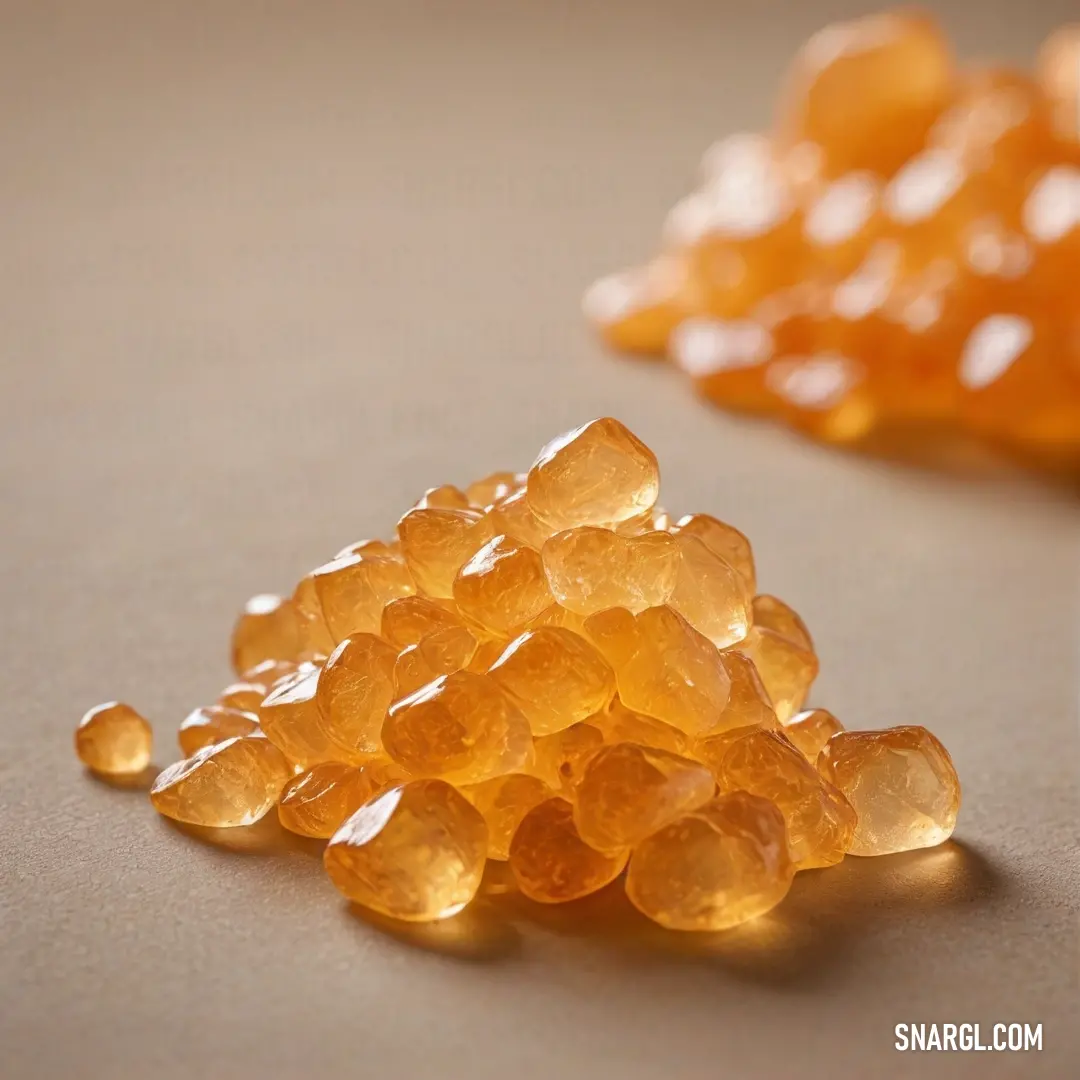
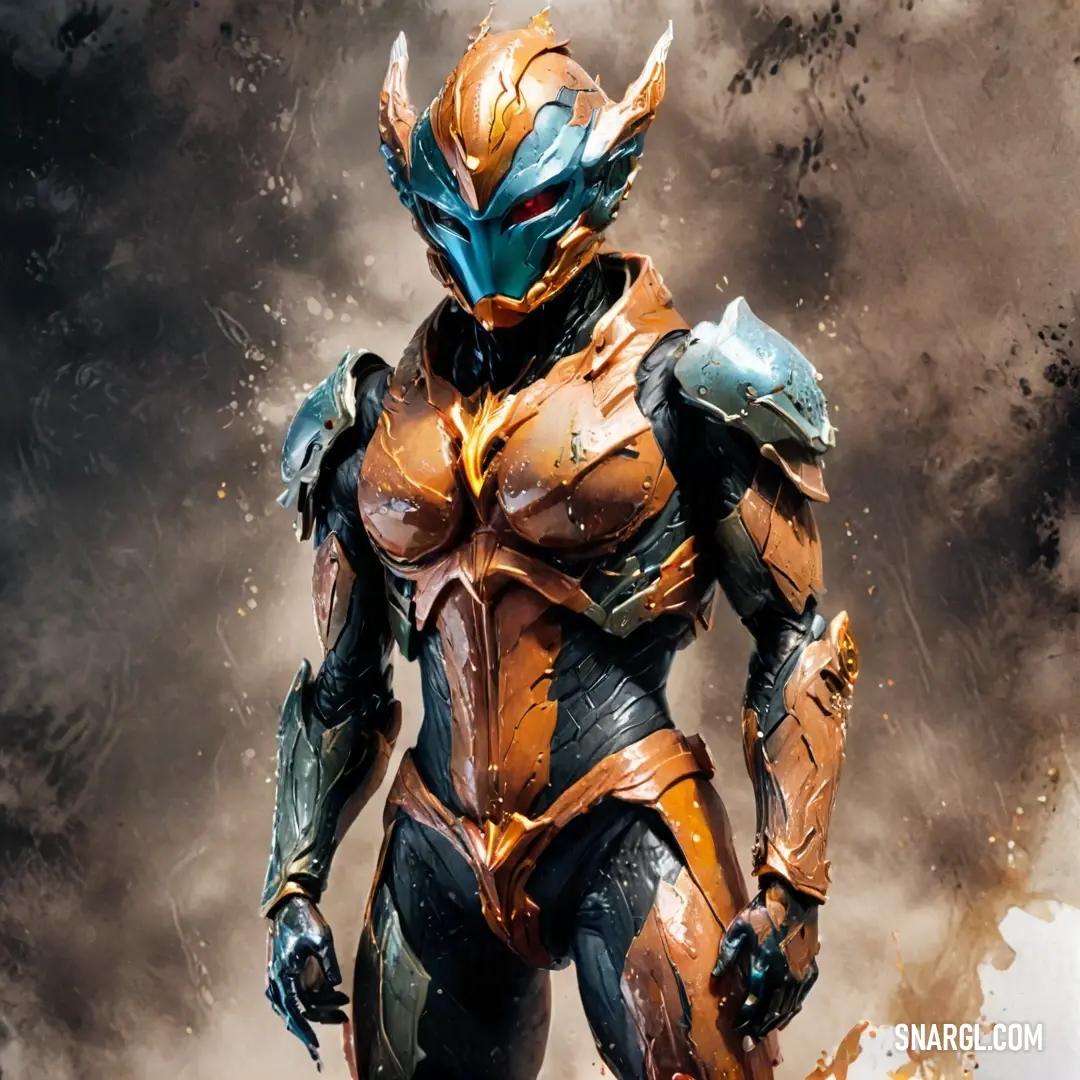
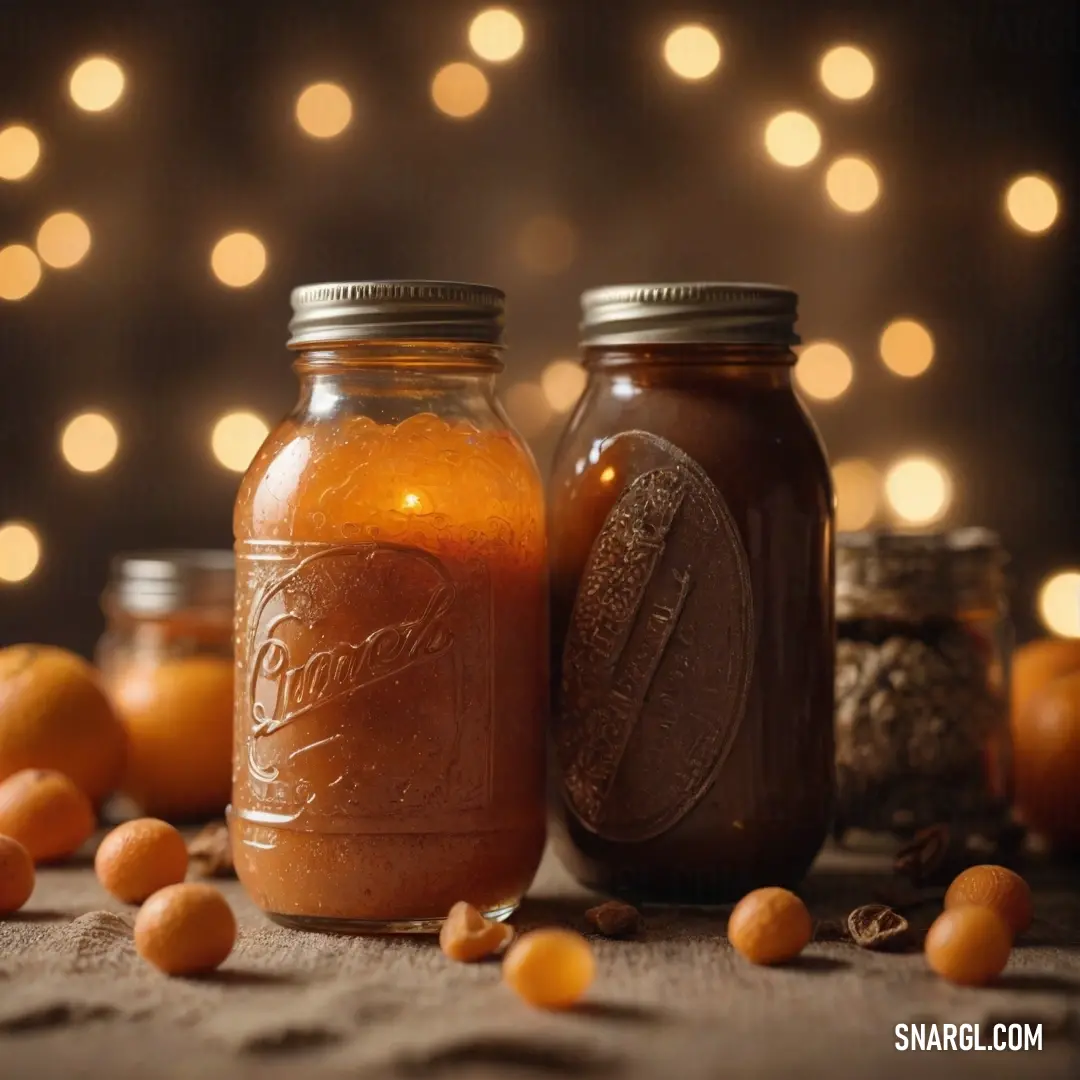
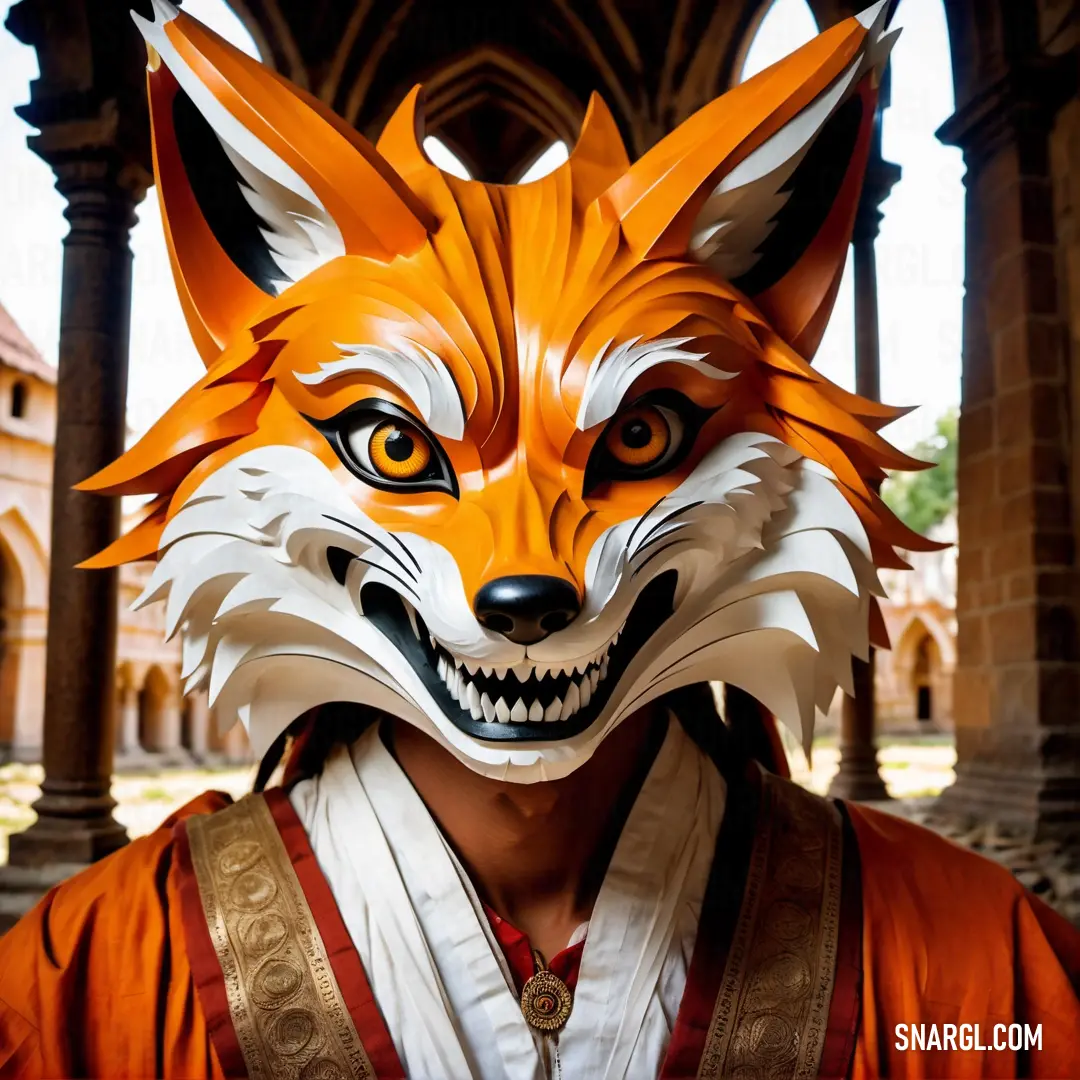
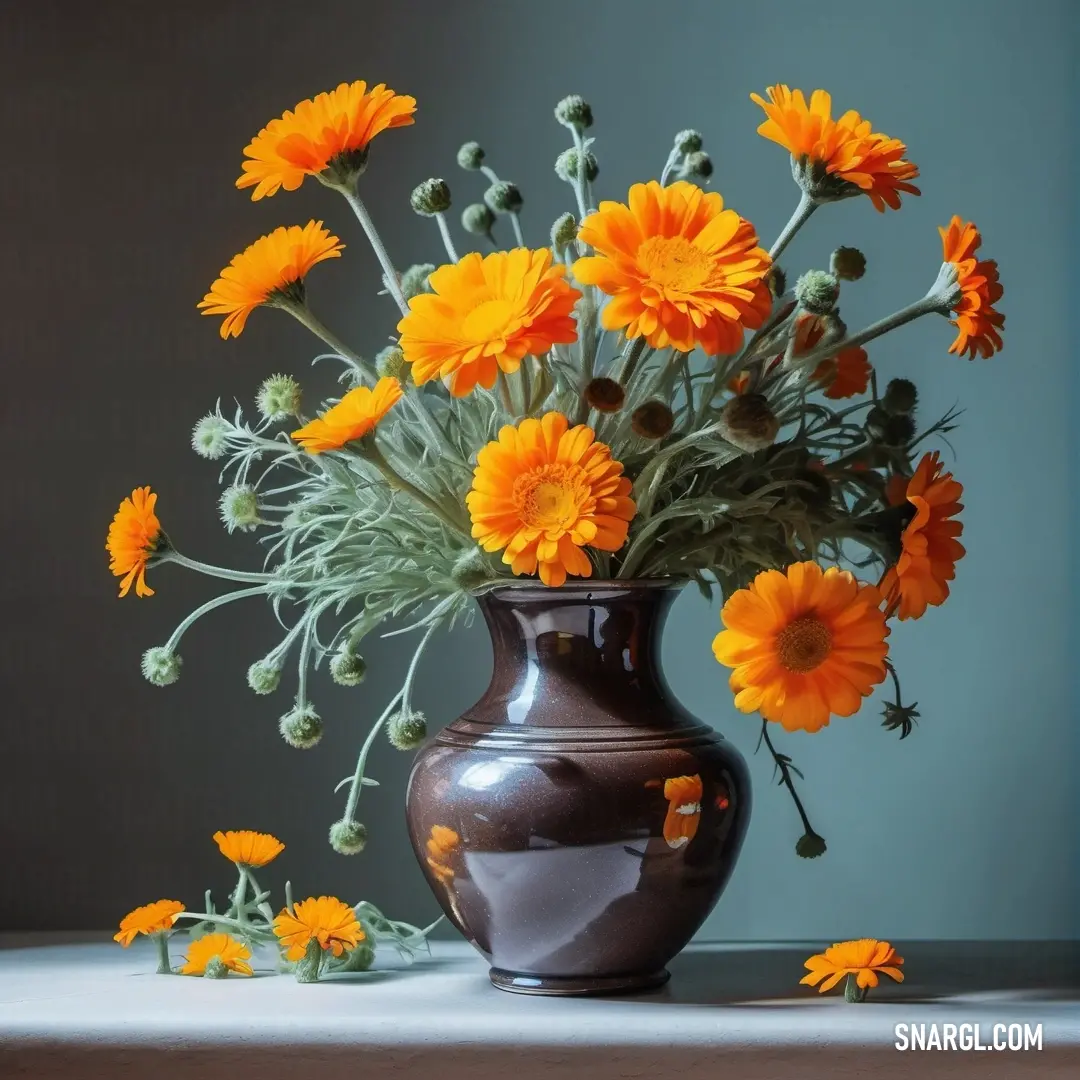

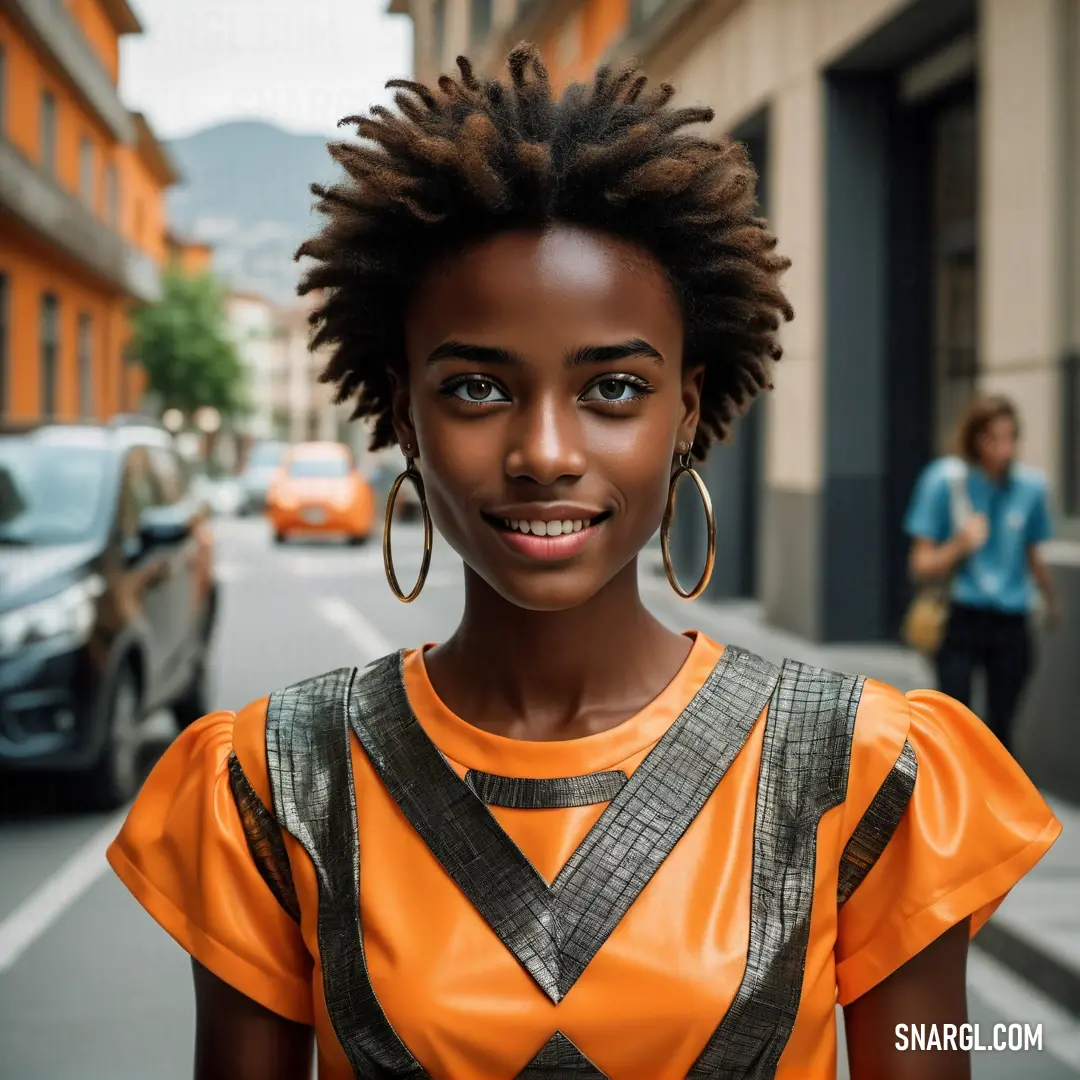
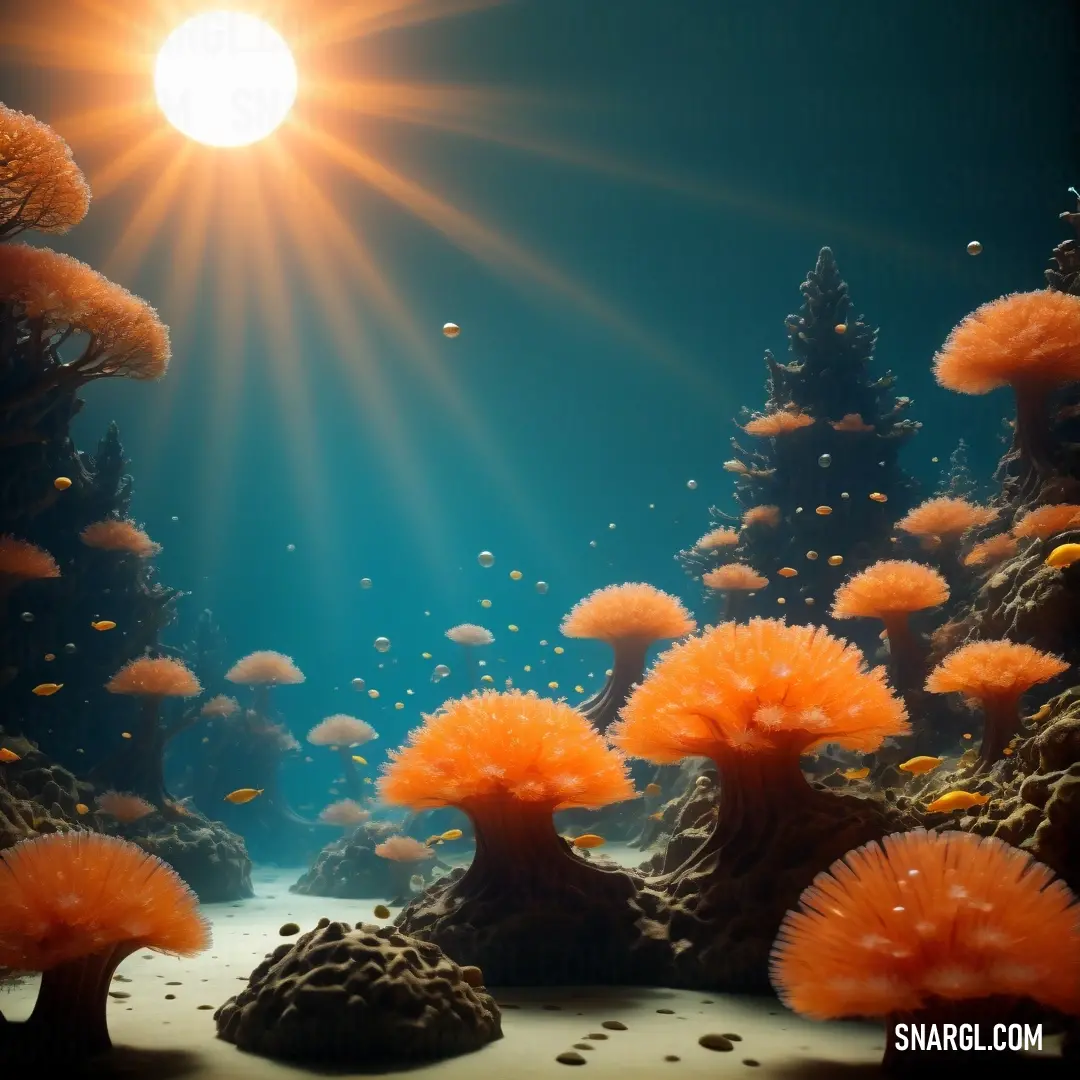
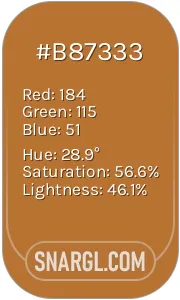 Copper
Copper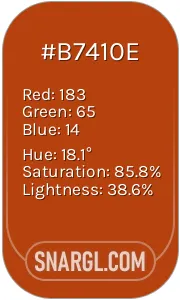 Rust
Rust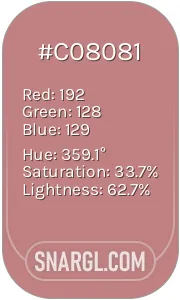 Old rose
Old rose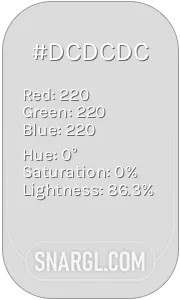 Gainsboro
Gainsboro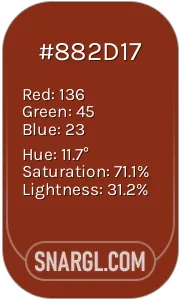 Sienna
Sienna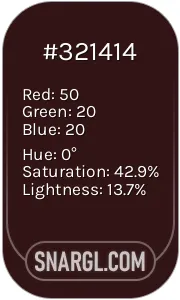 Seal brown
Seal brown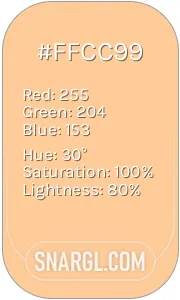 Peach-orange
Peach-orange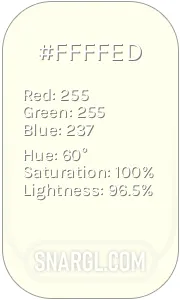 Light yellow
Light yellow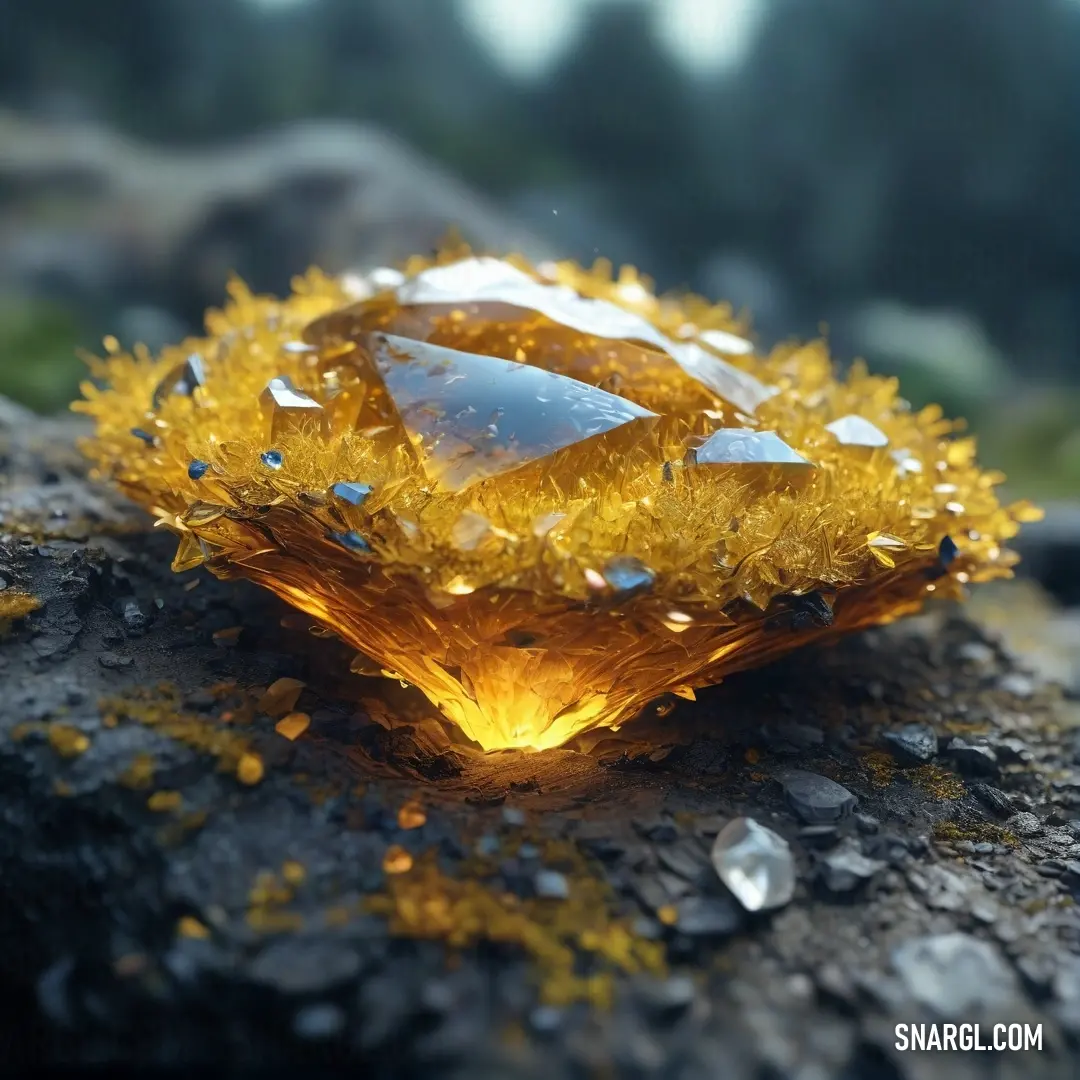
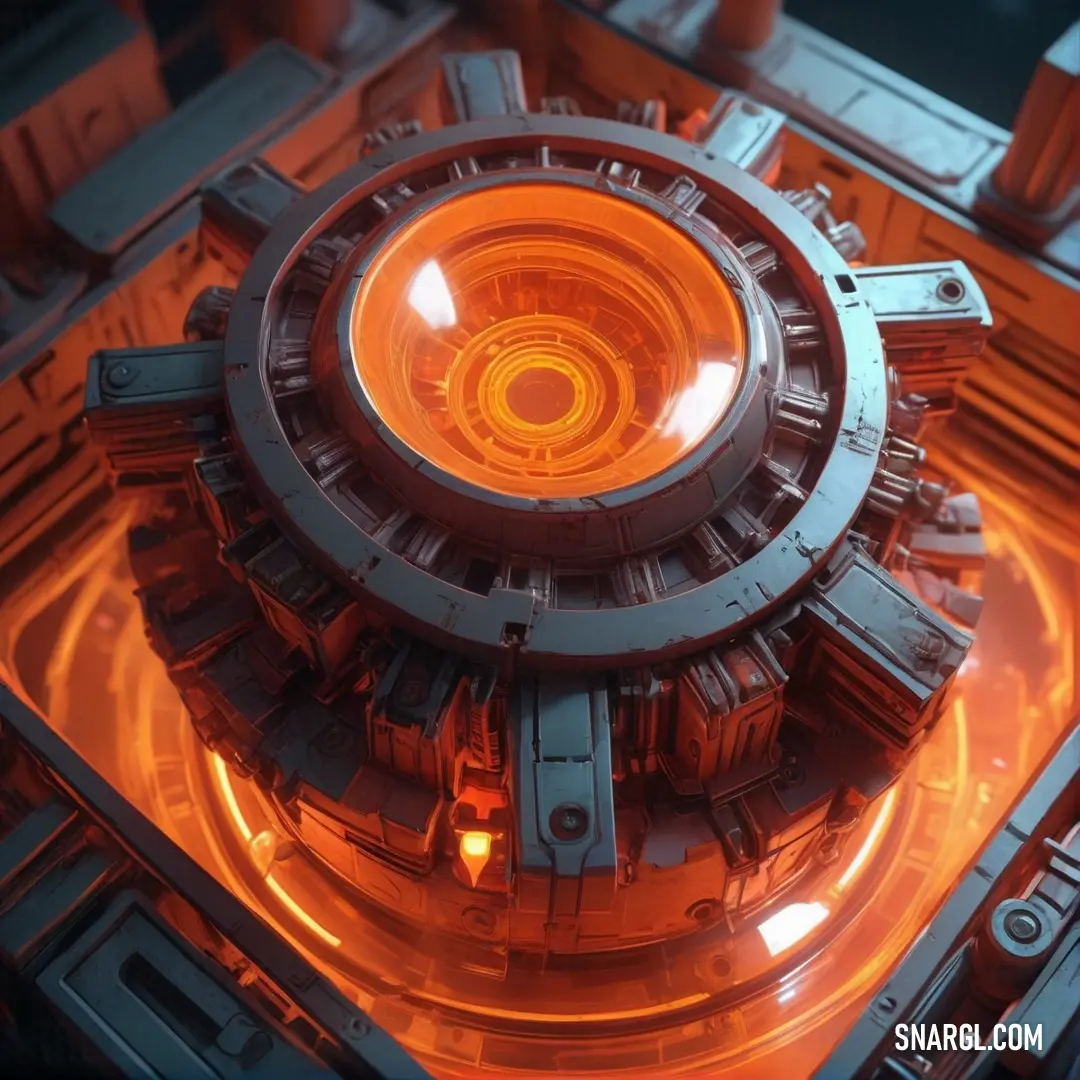
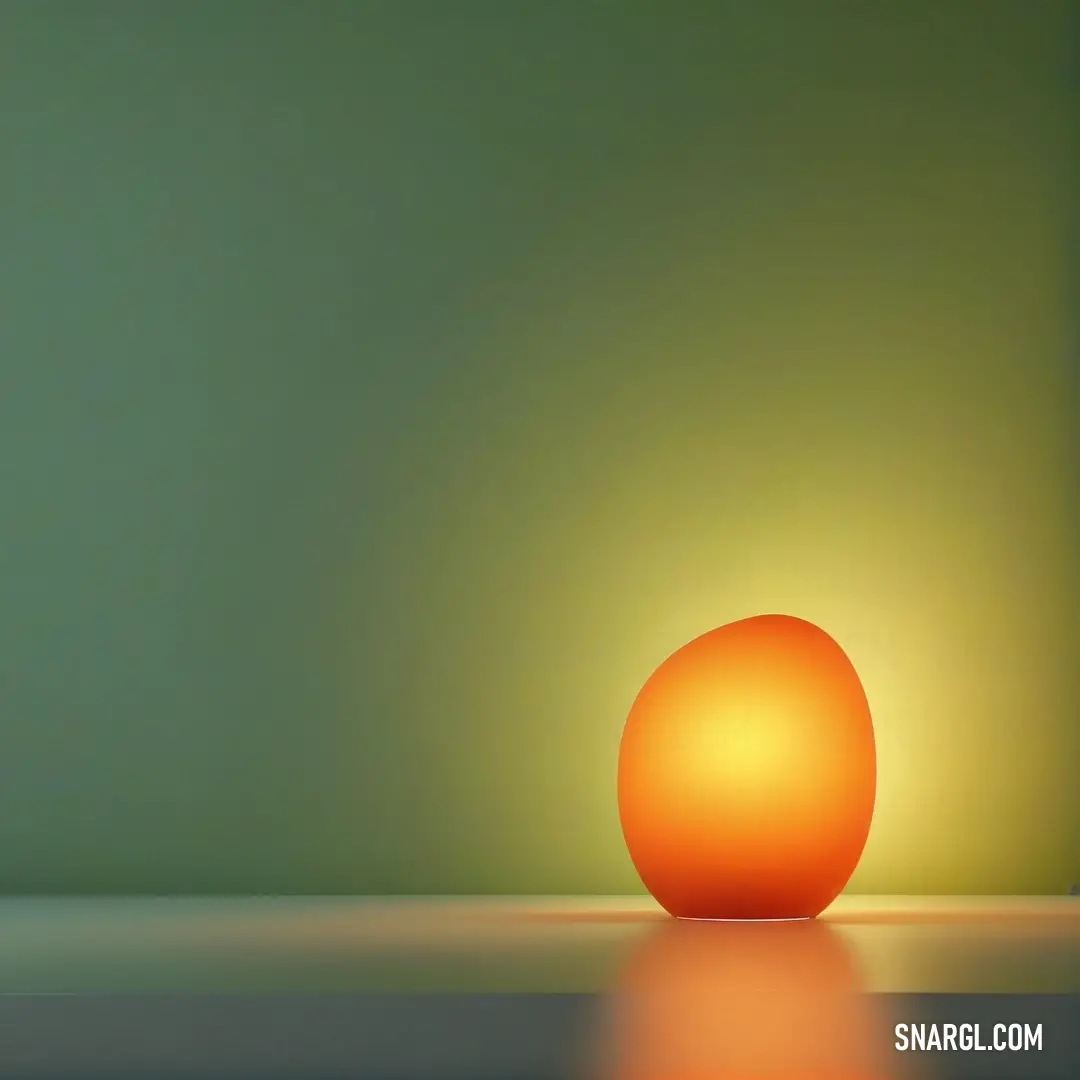
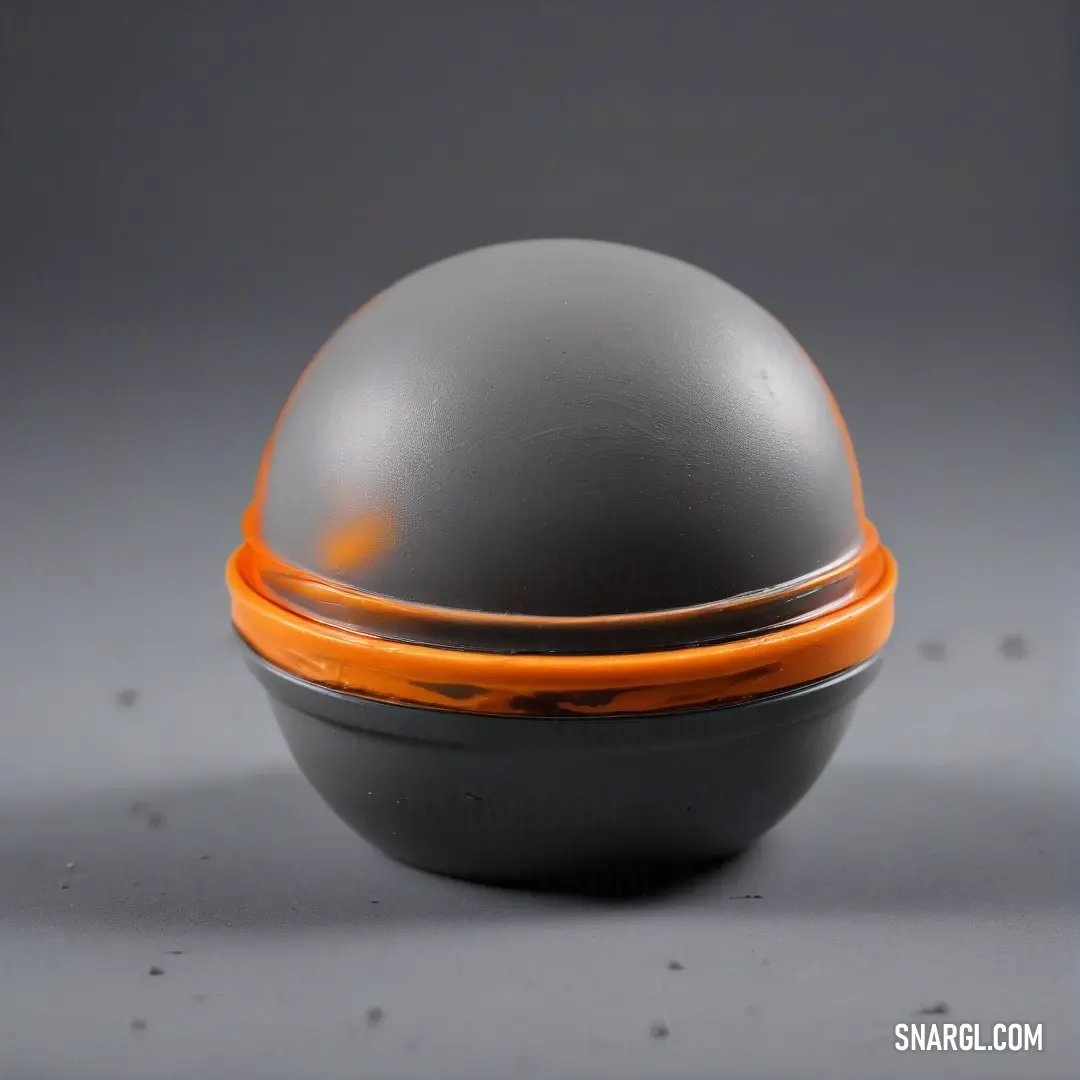
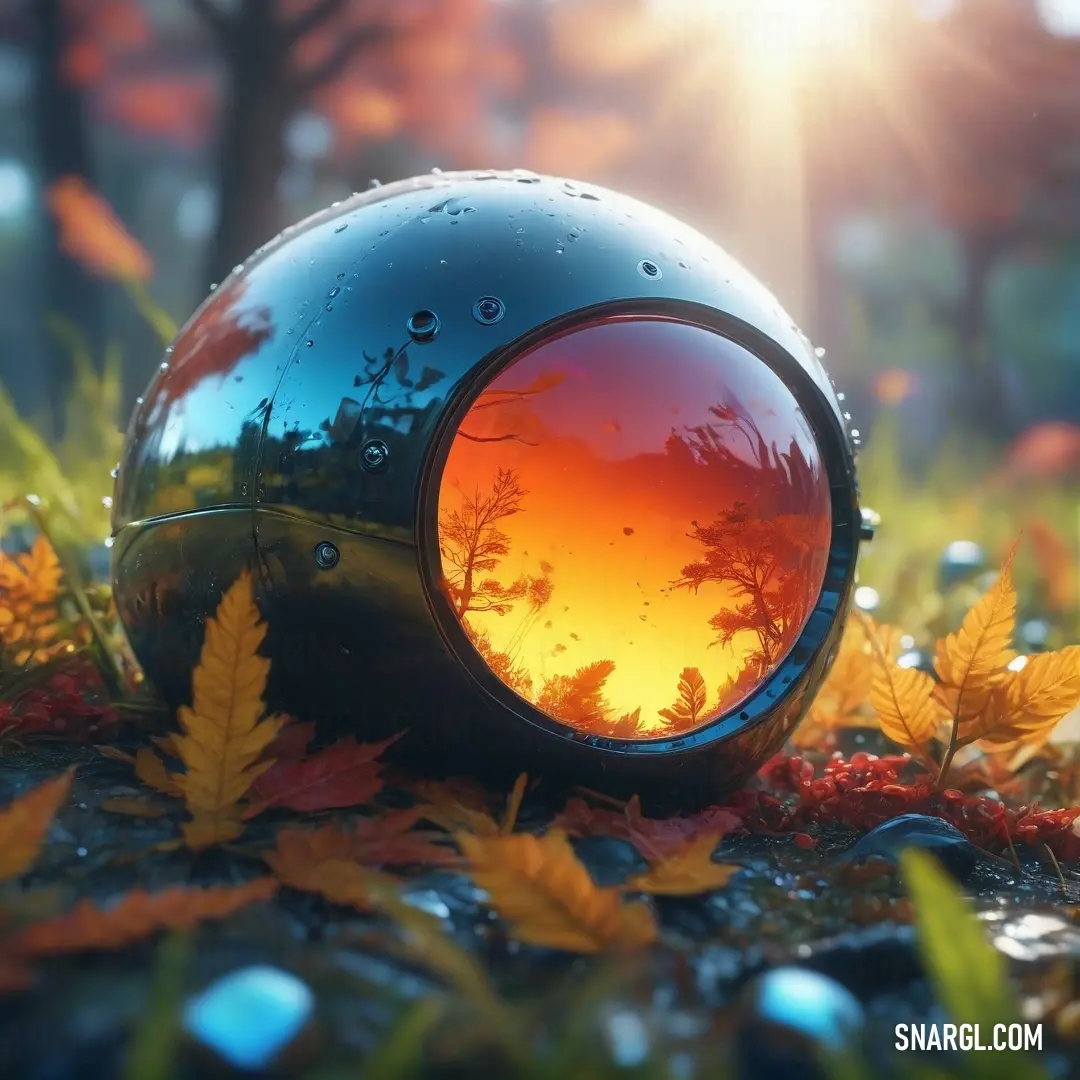
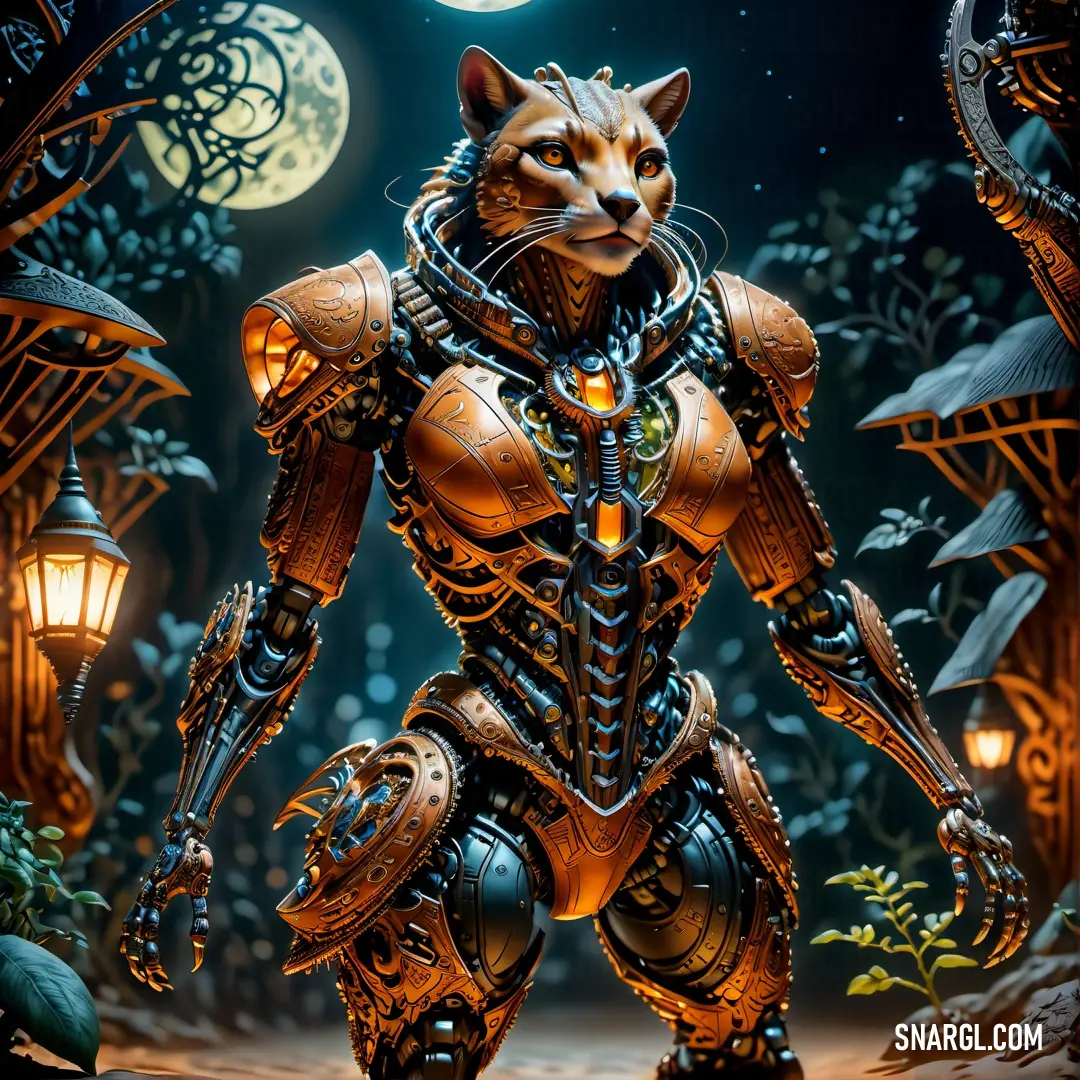
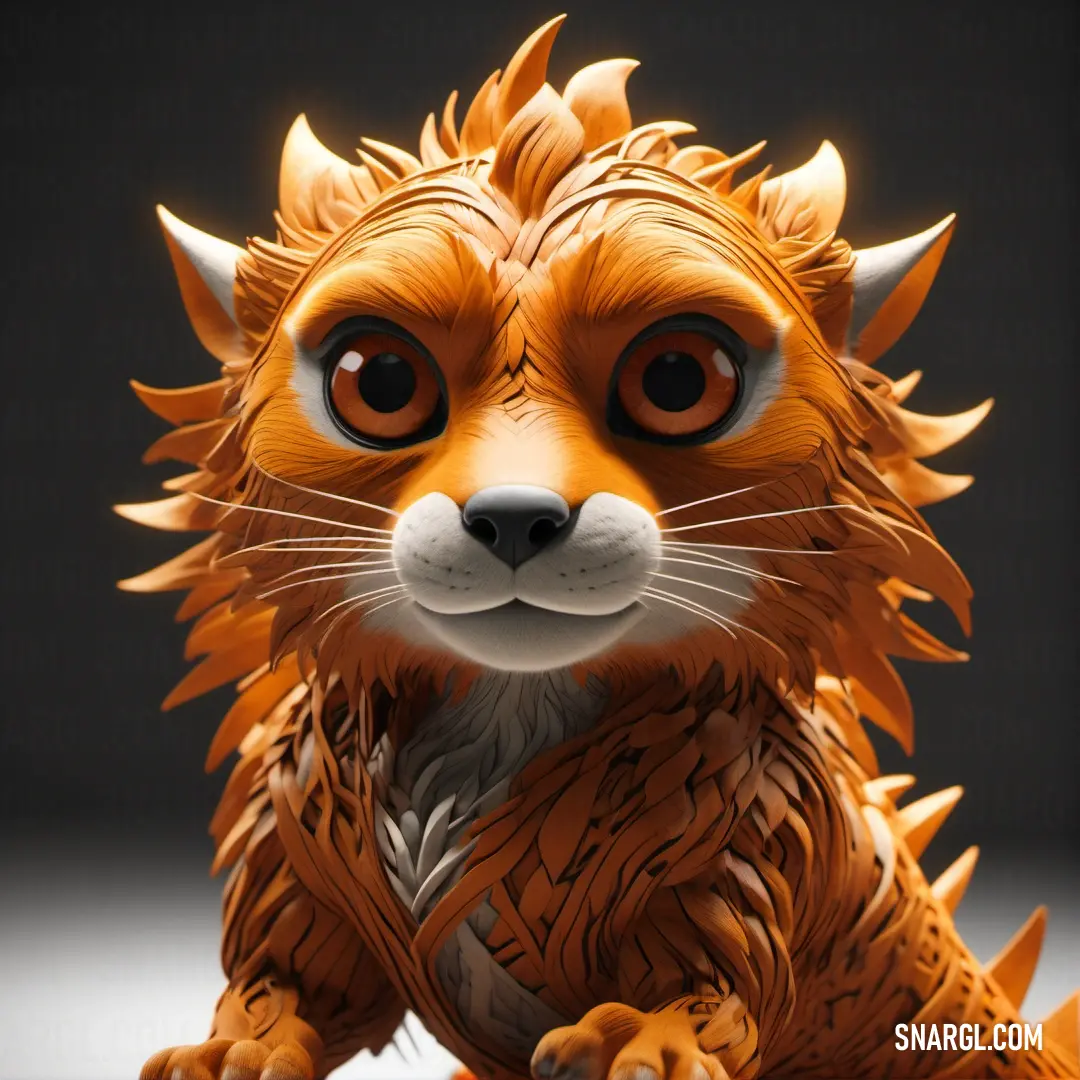
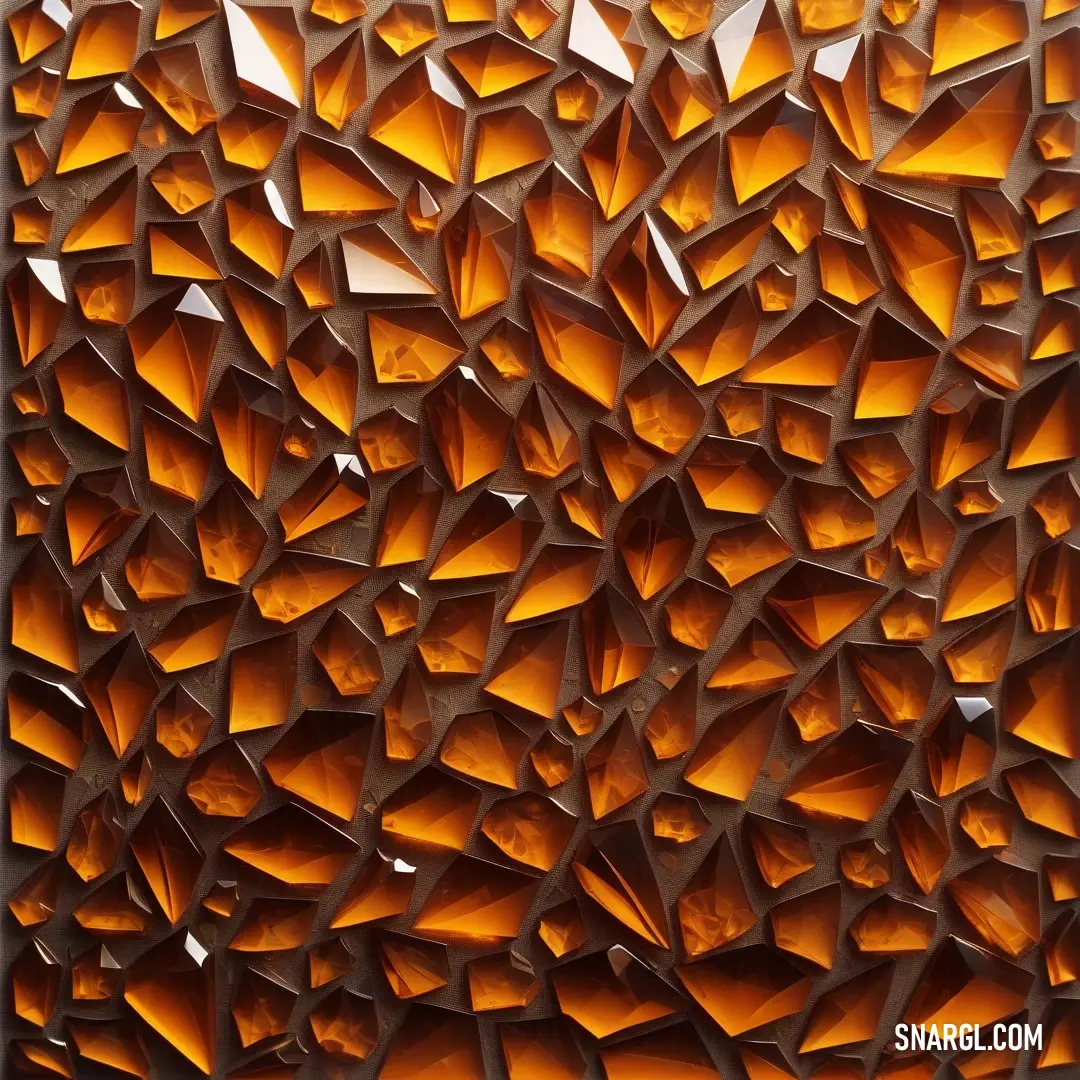
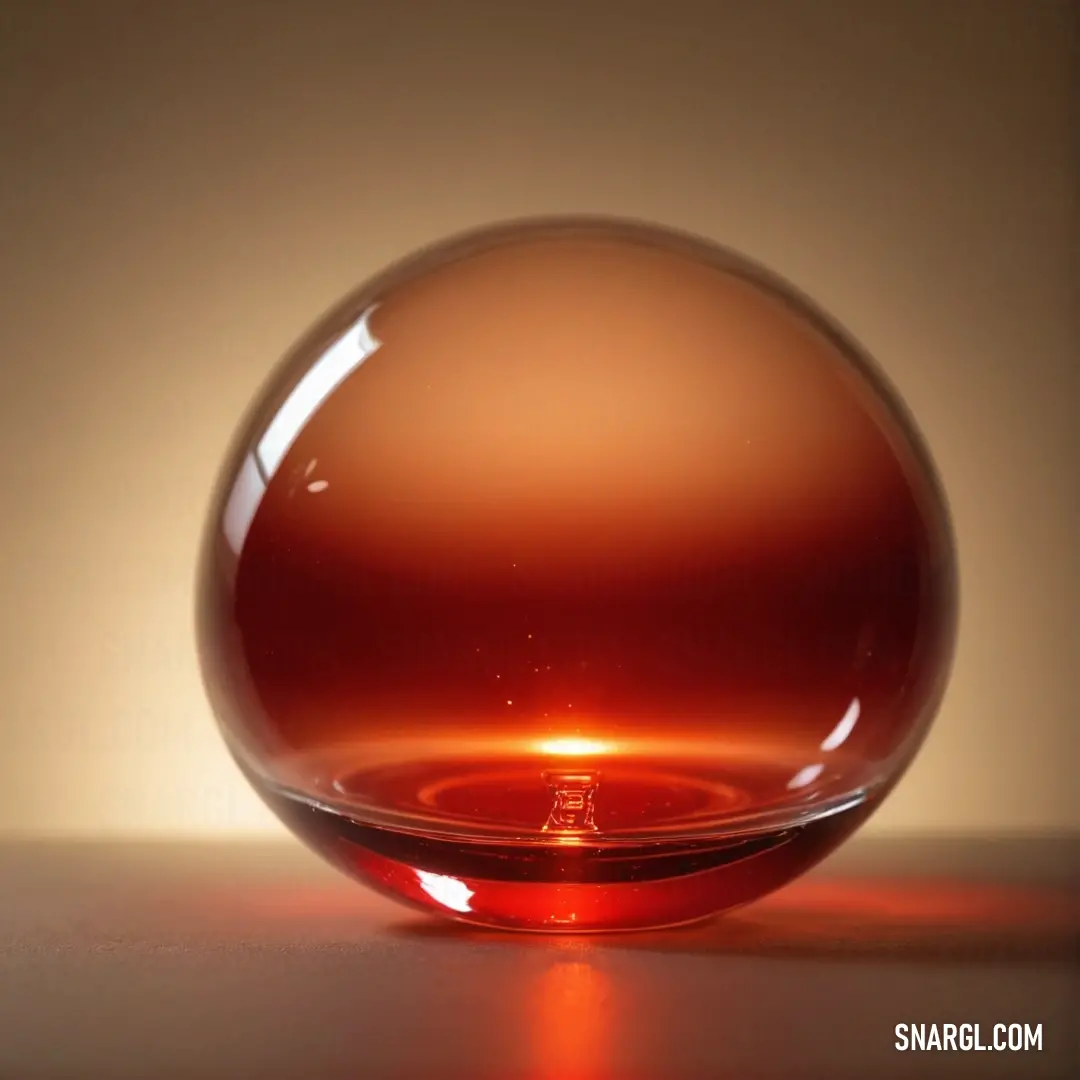
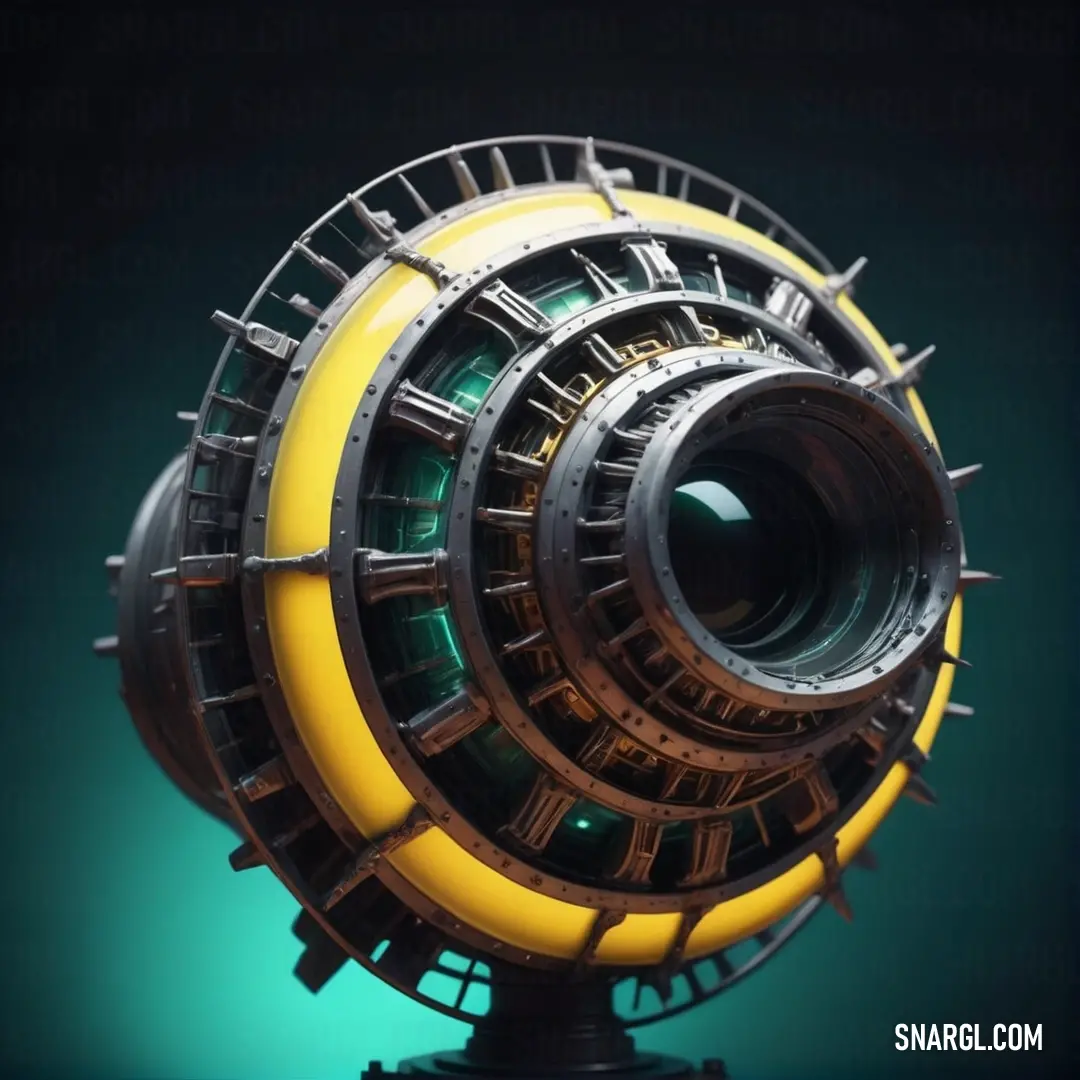
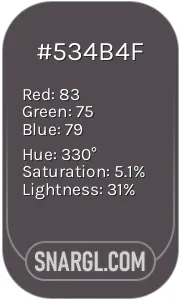 Liver
Liver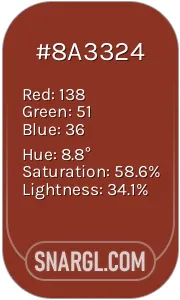 Burnt umber
Burnt umber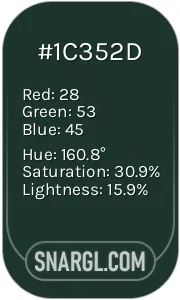 Medium jungle green
Medium jungle green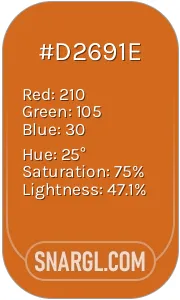 Chocolate
Chocolate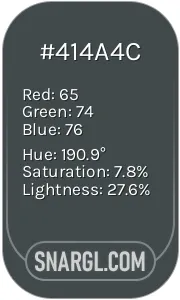 Outer Space
Outer Space Baby pink
Baby pink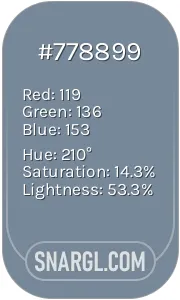 Light slate gray
Light slate gray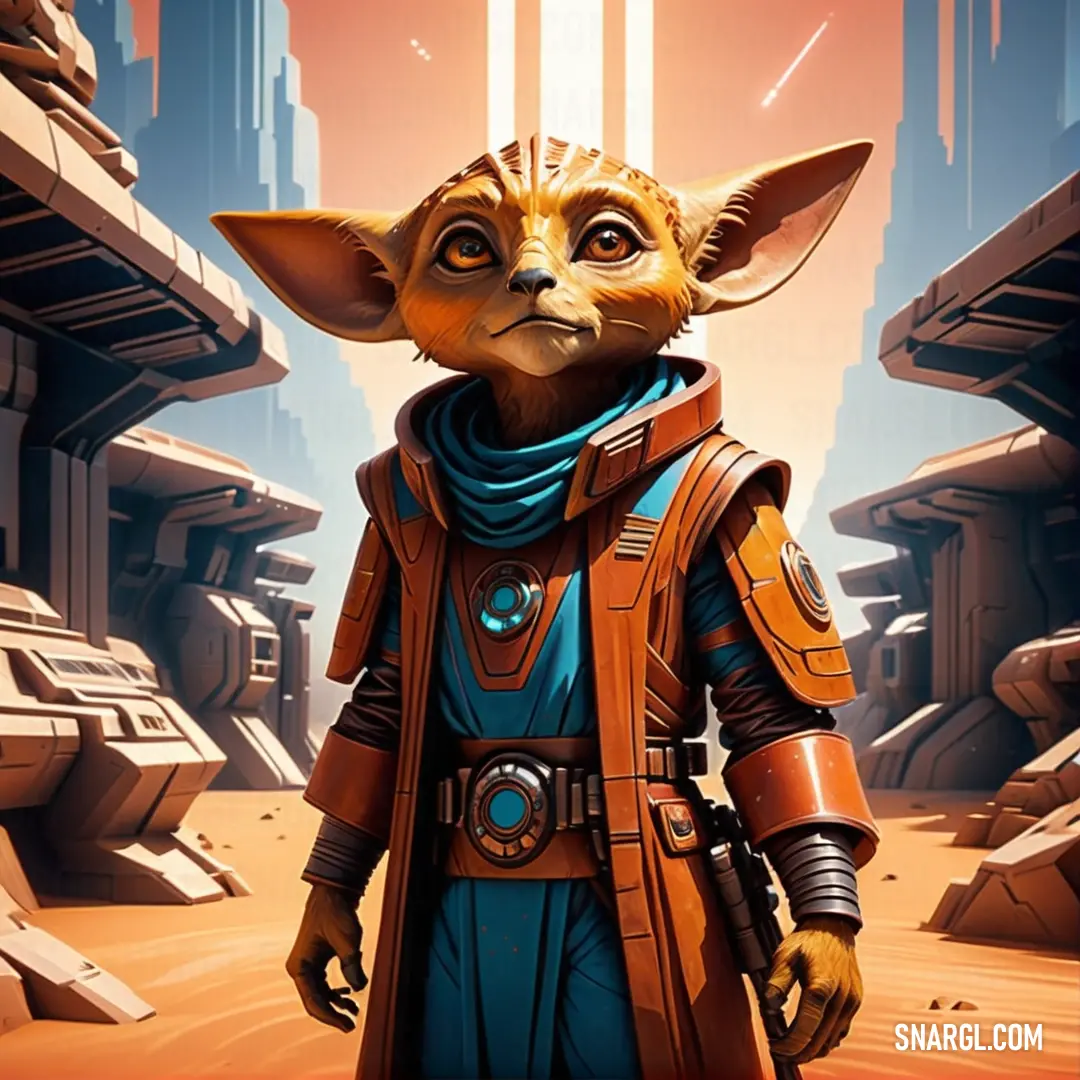
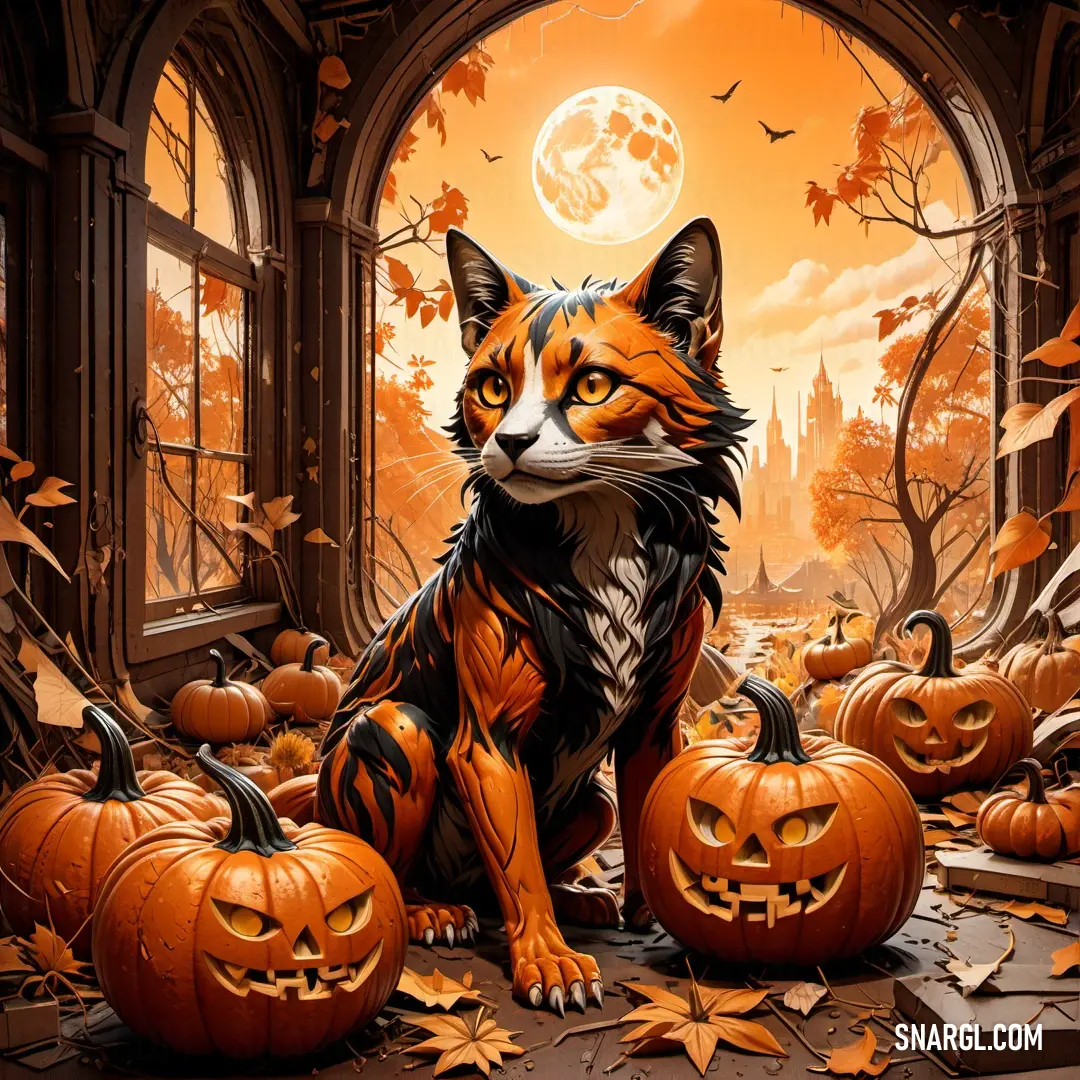
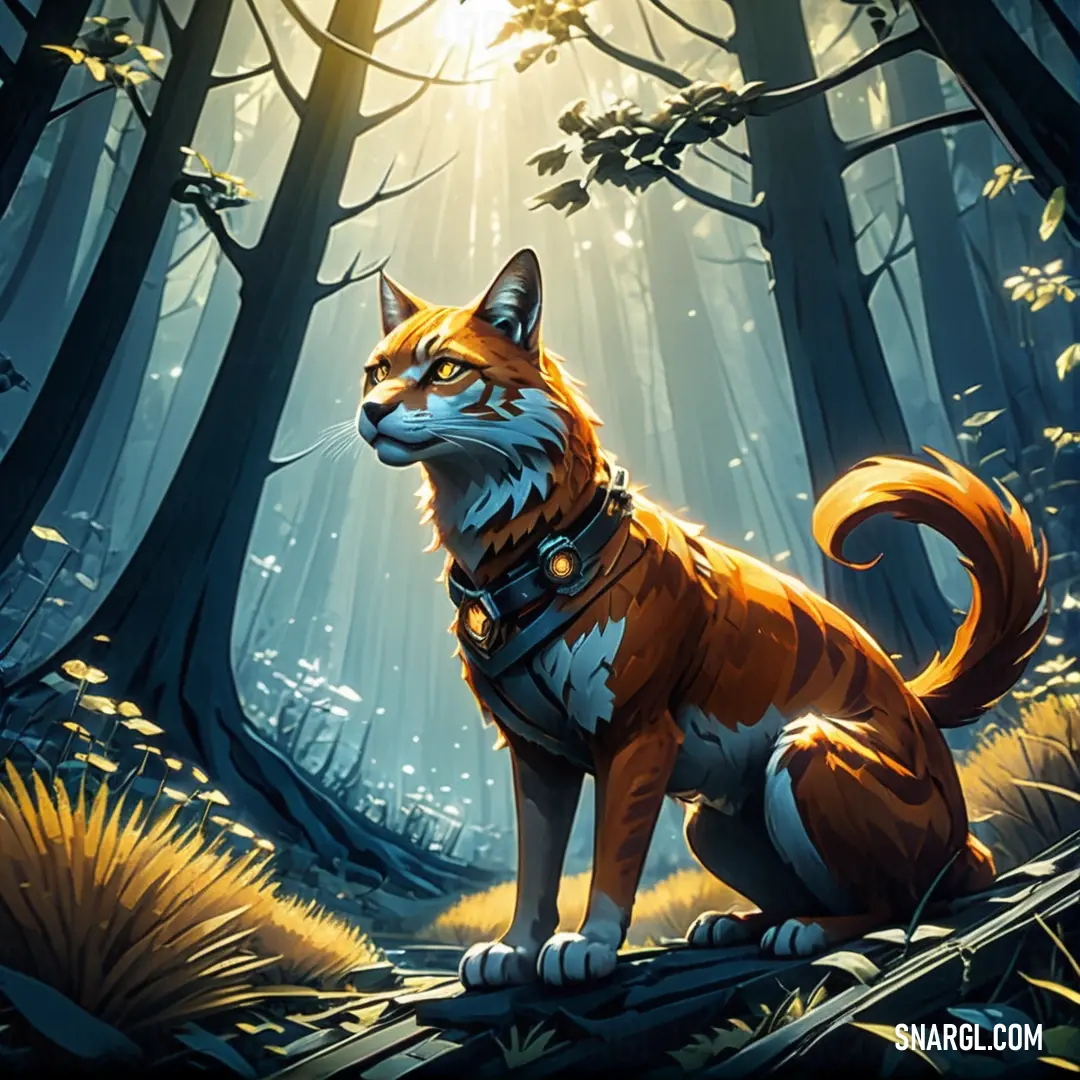
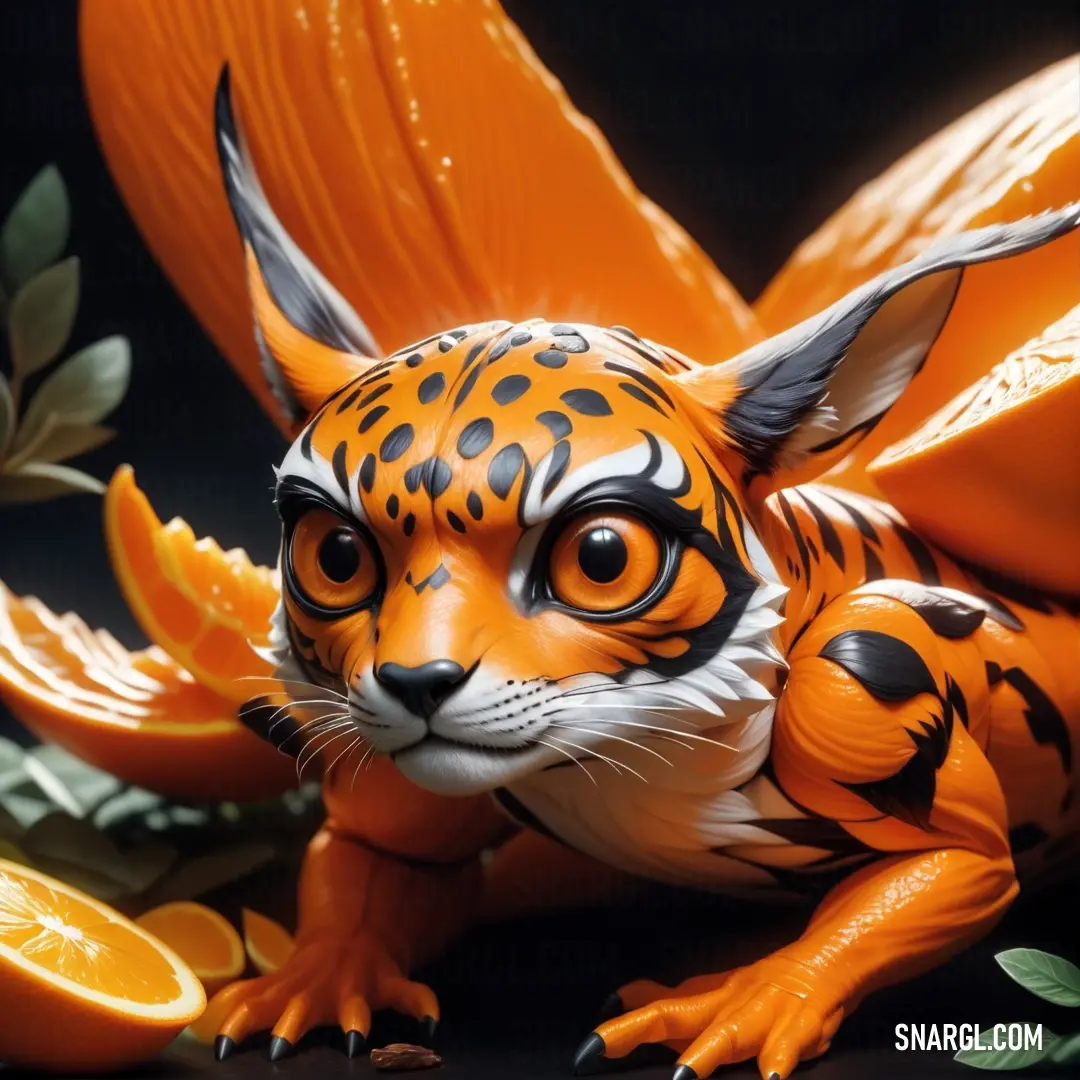
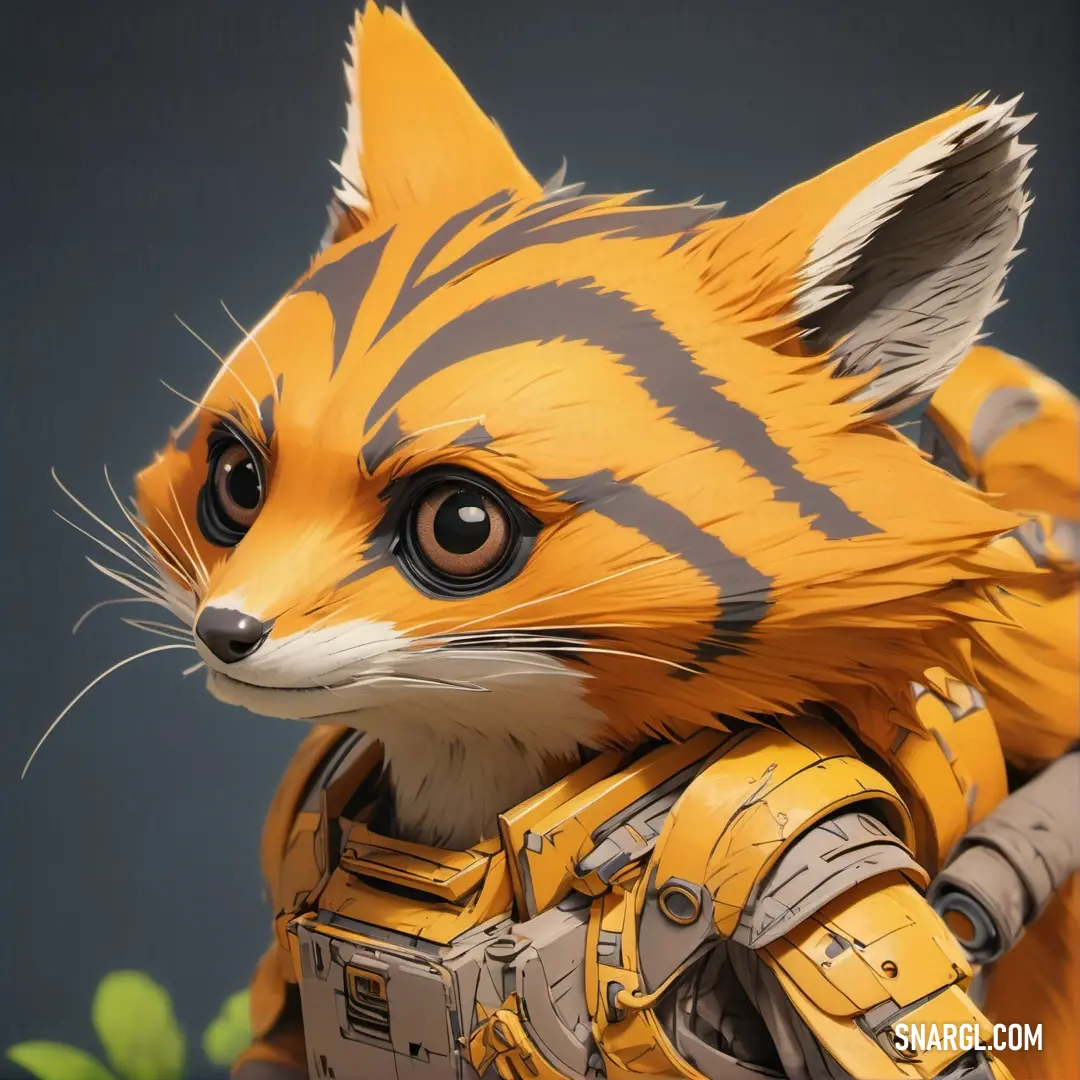
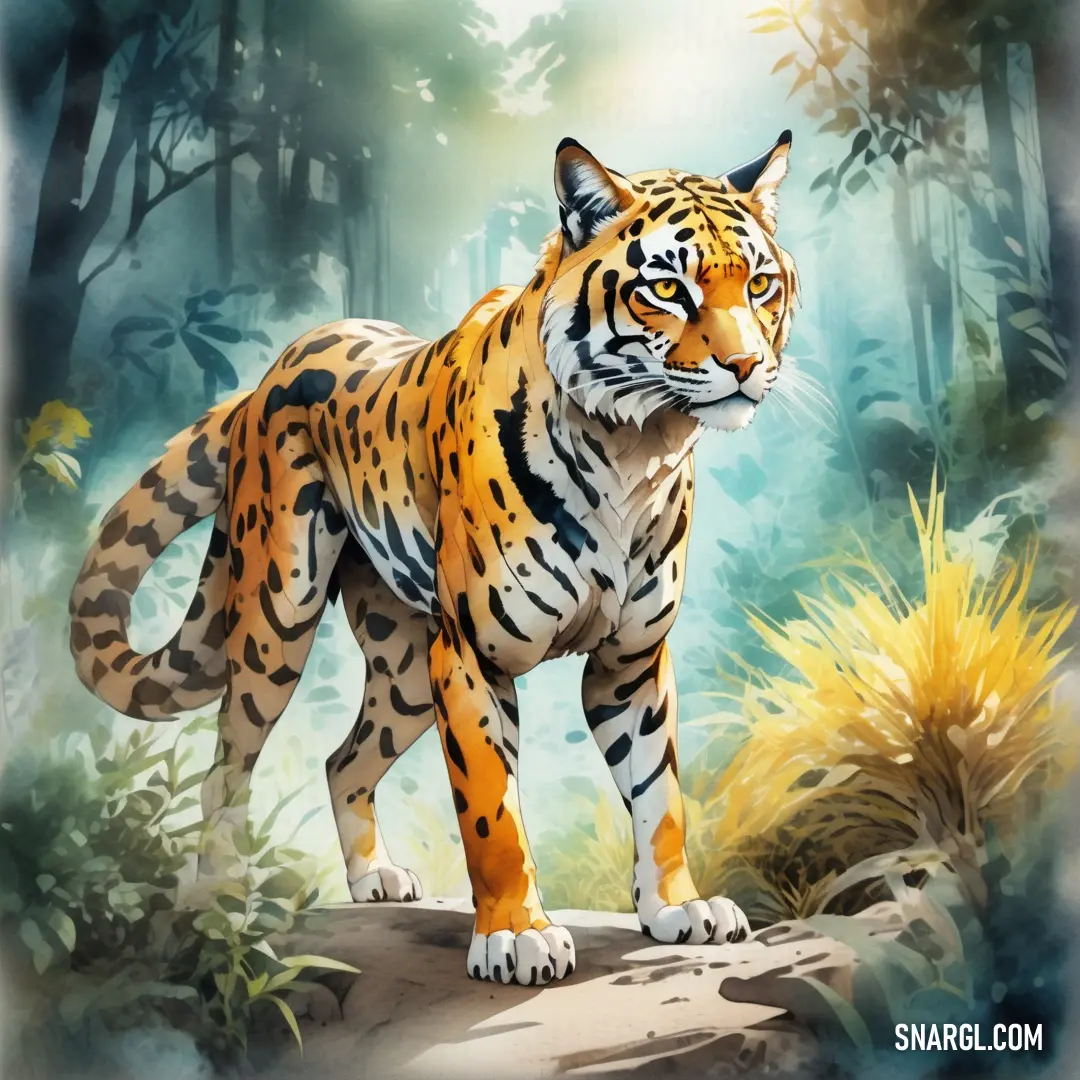
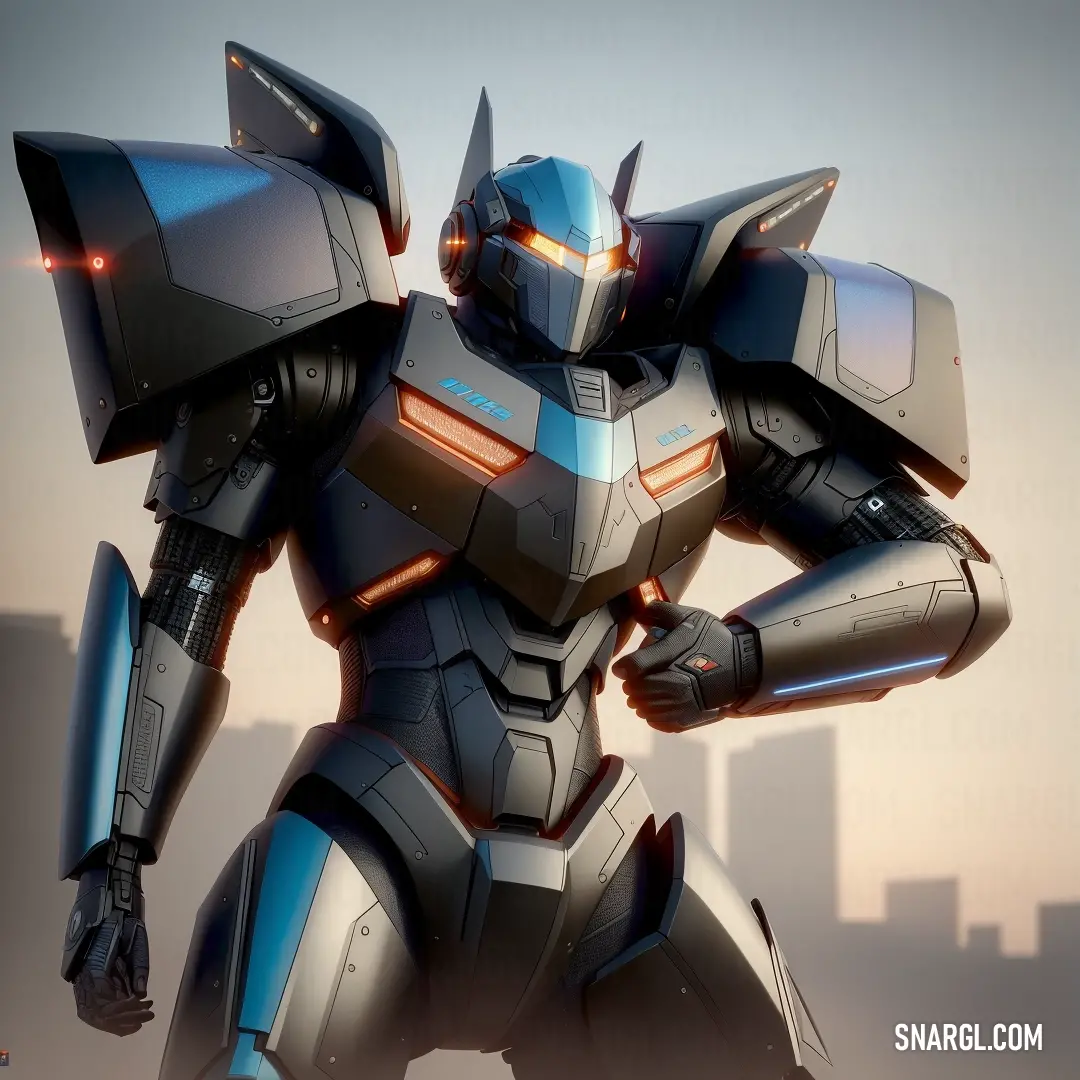
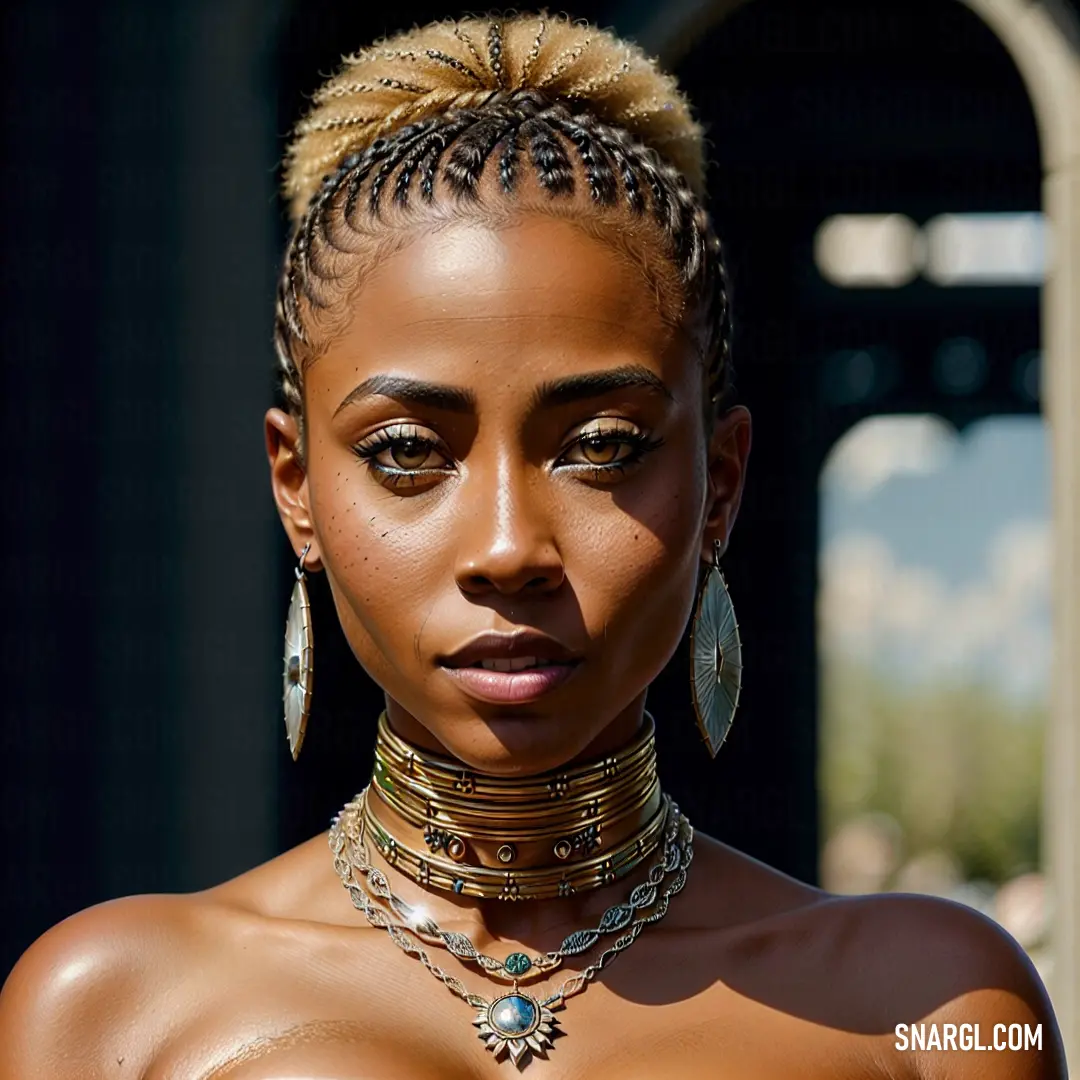
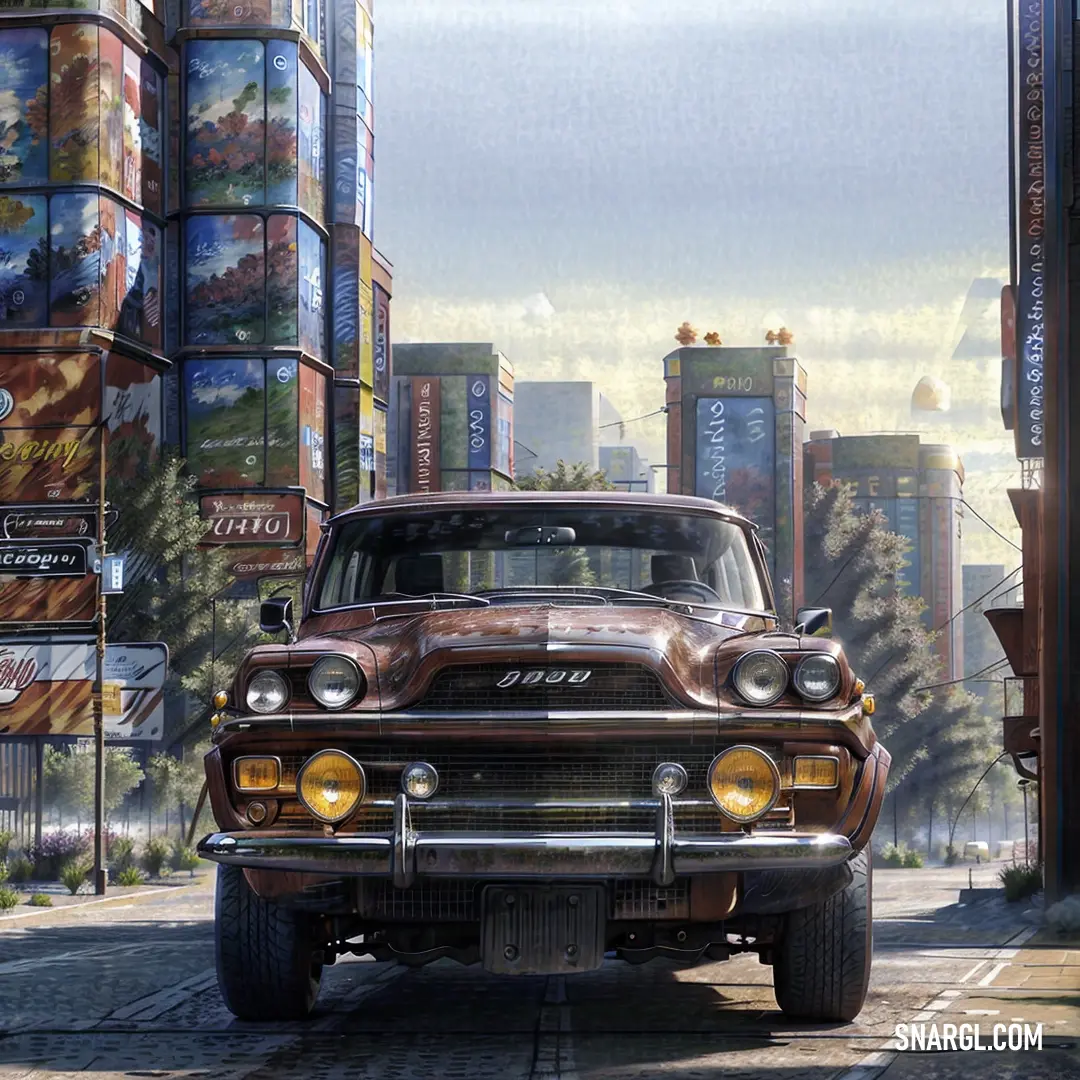
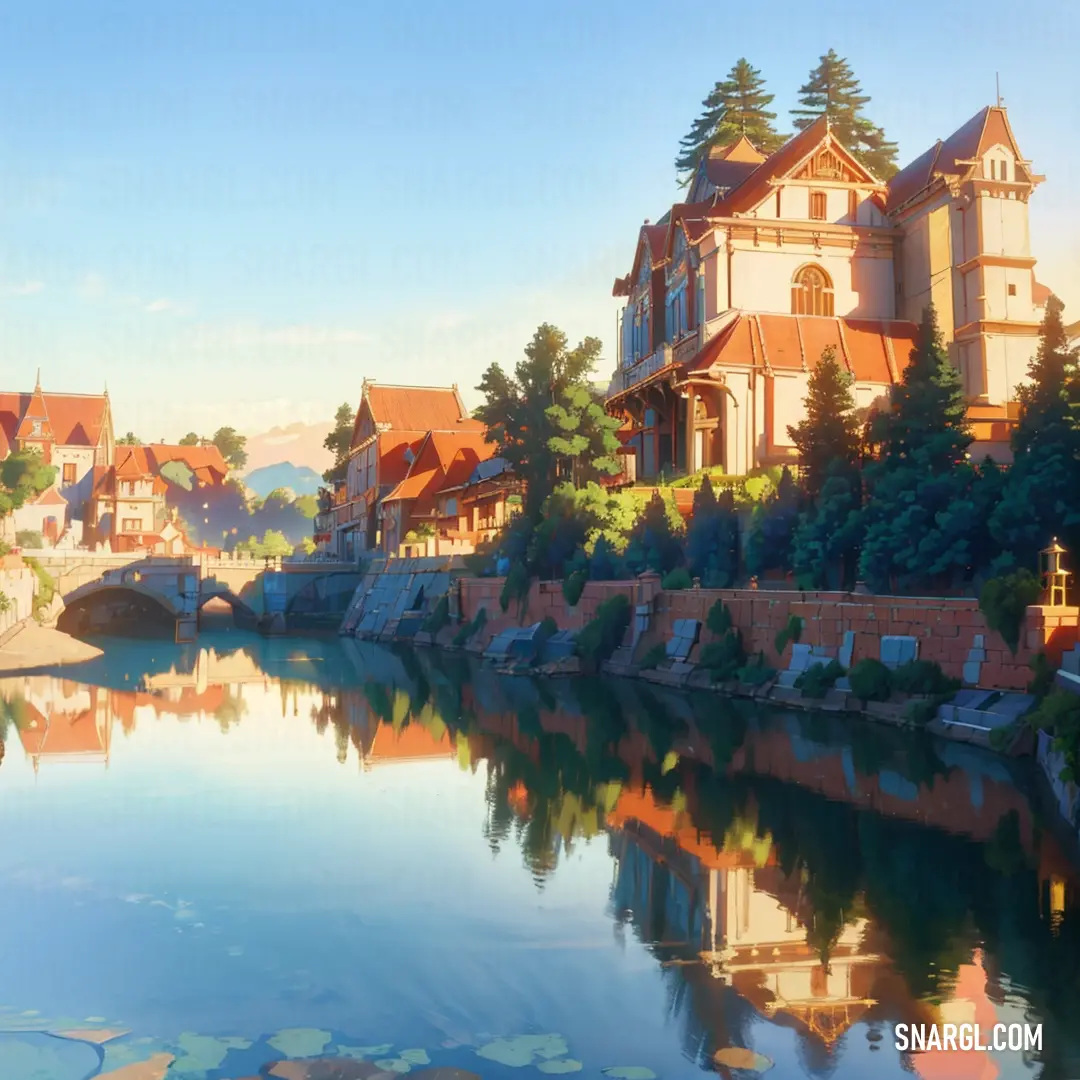
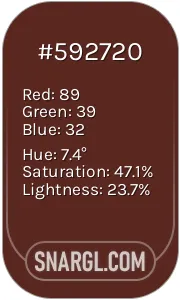 Caput mortuum
Caput mortuum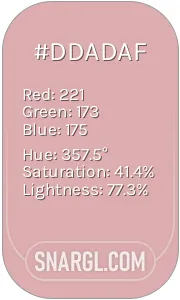 Pale chestnut
Pale chestnut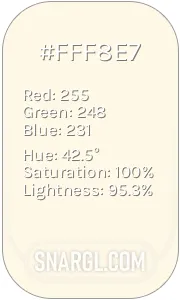 Cosmic latte
Cosmic latte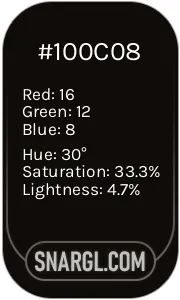 Smoky black
Smoky black Medium carmine
Medium carmine Indian yellow
Indian yellow



























